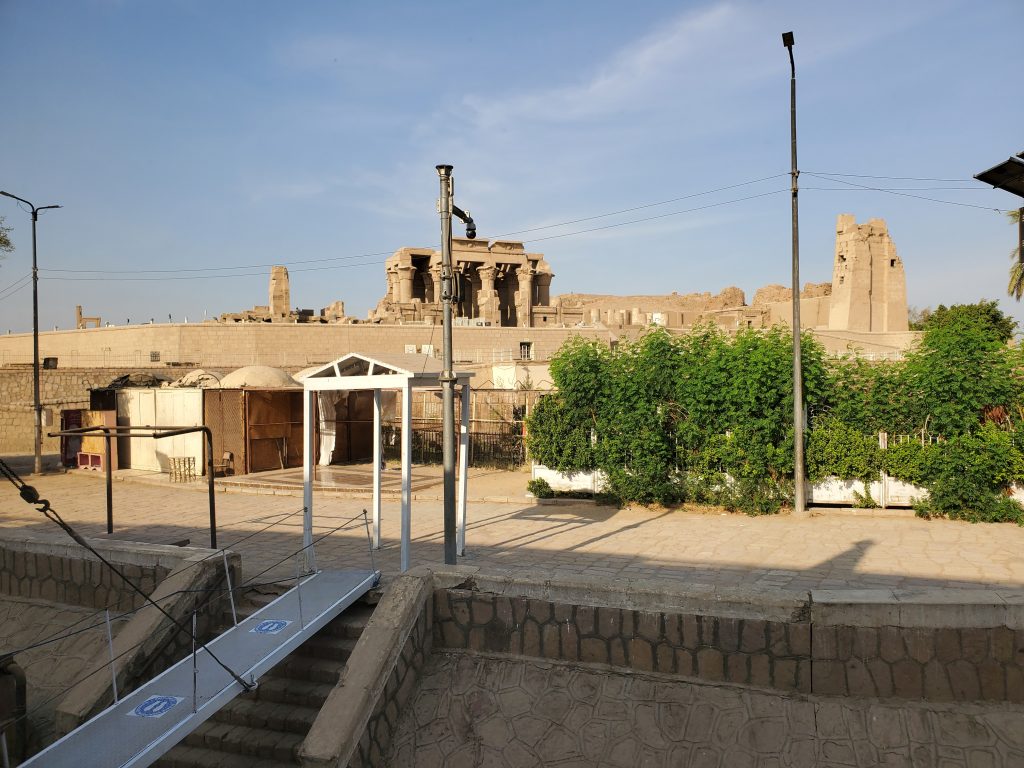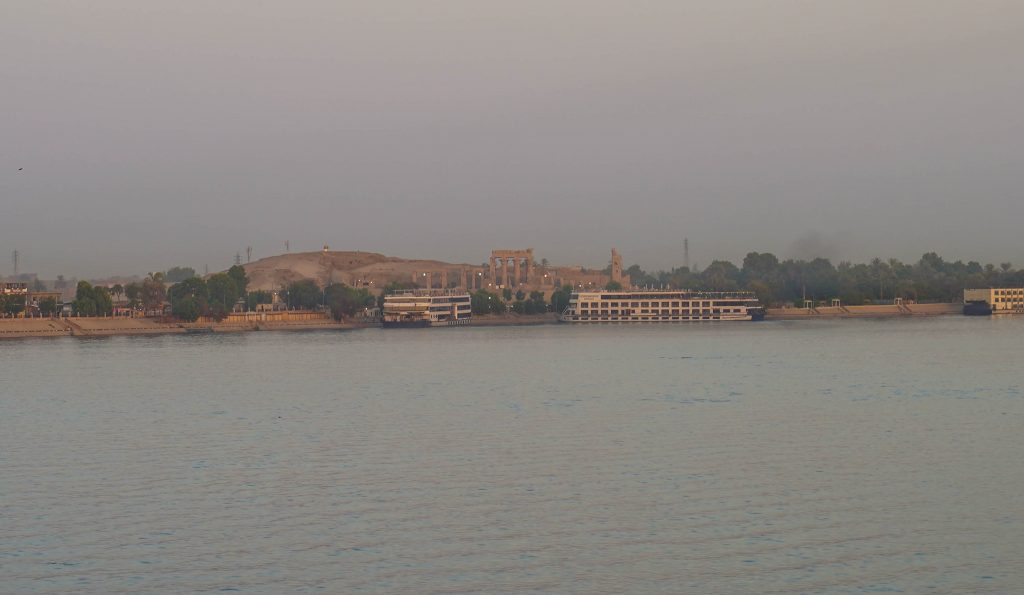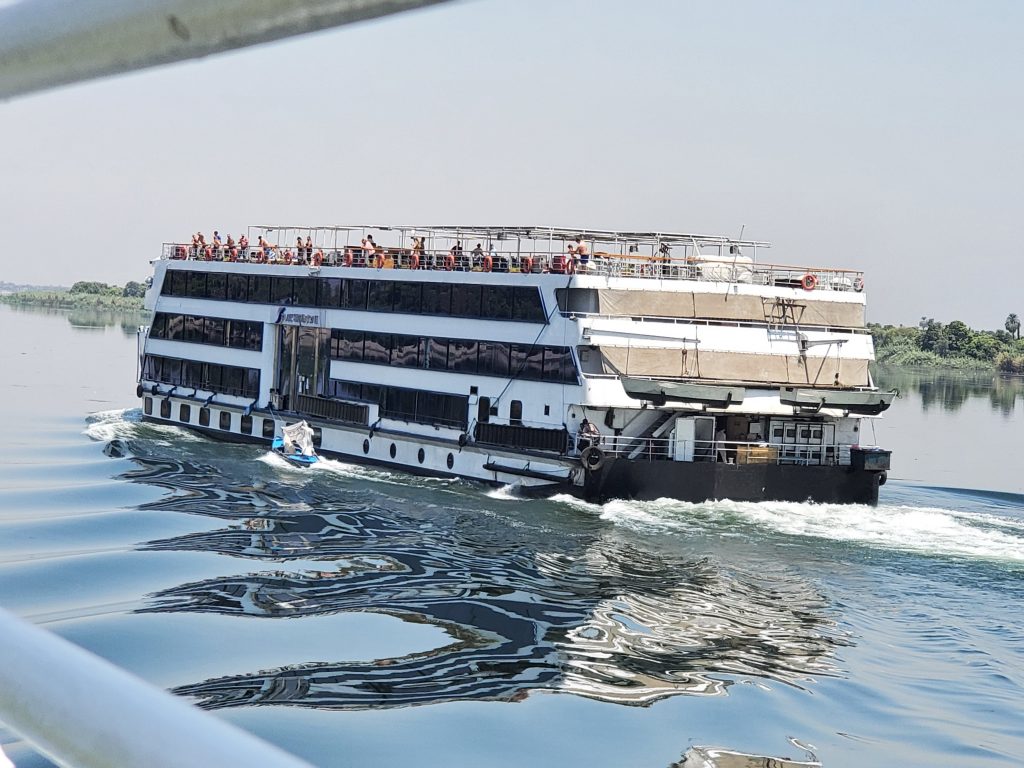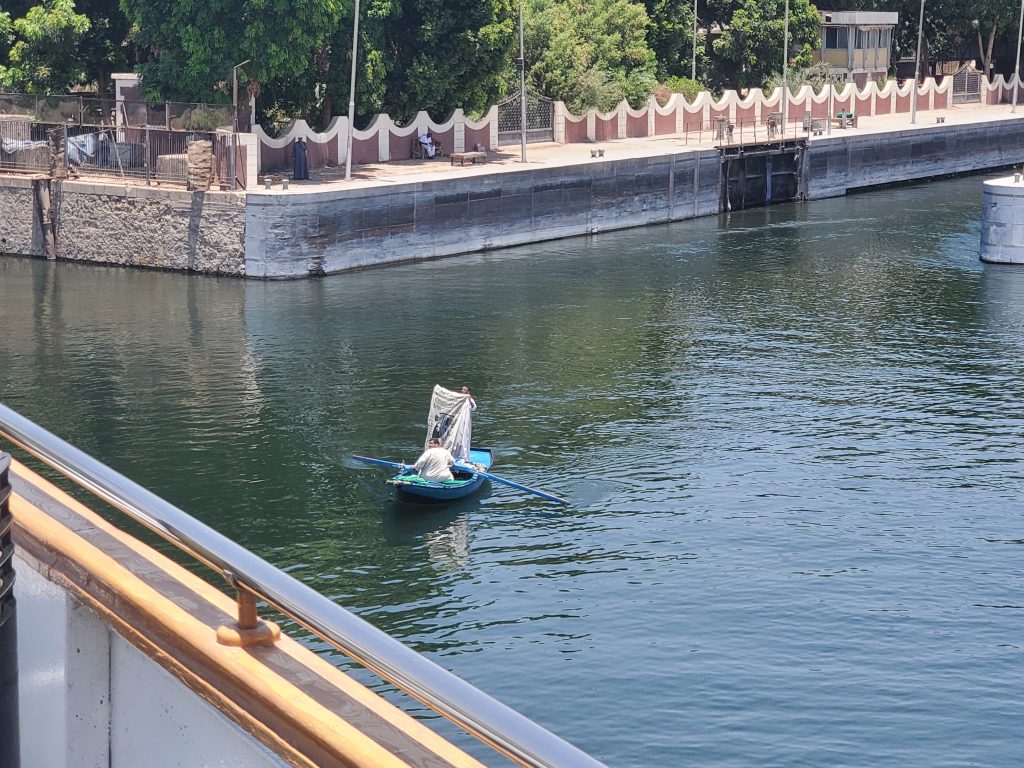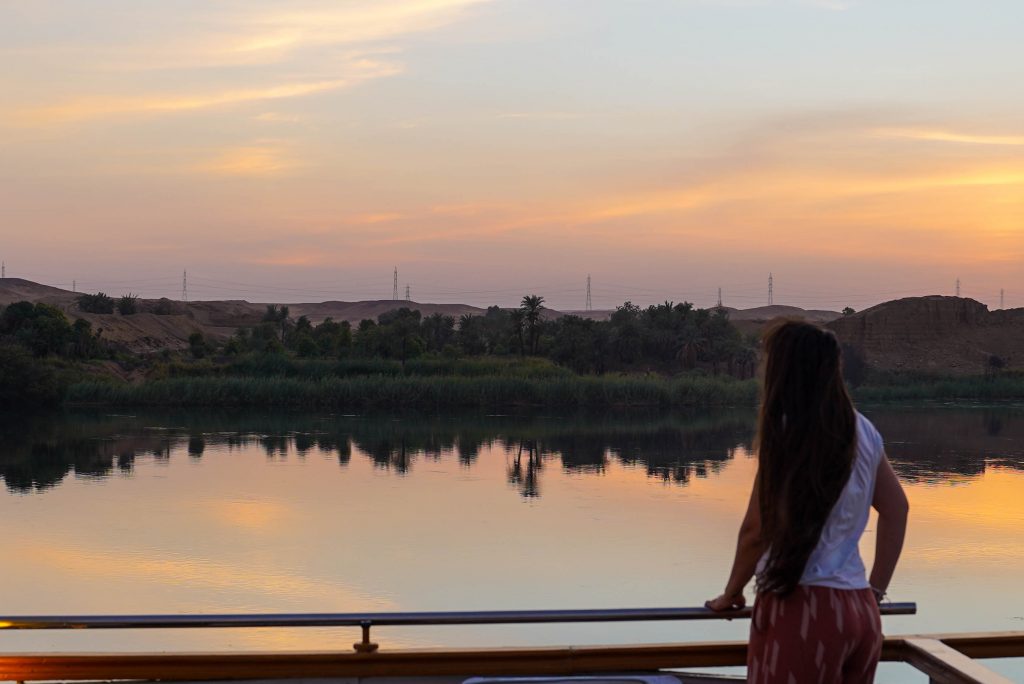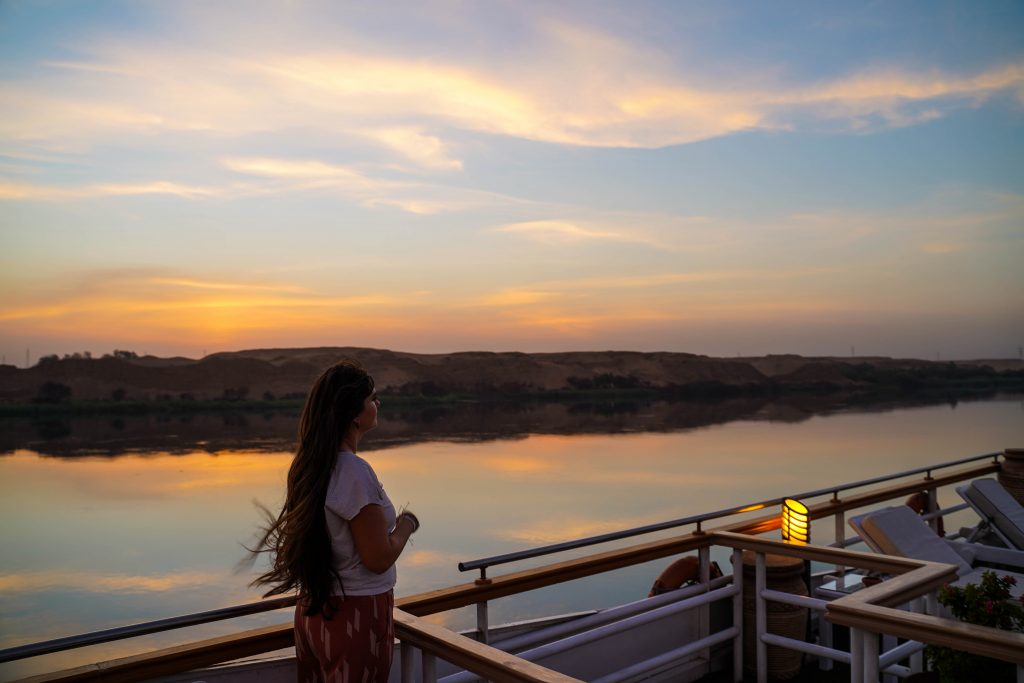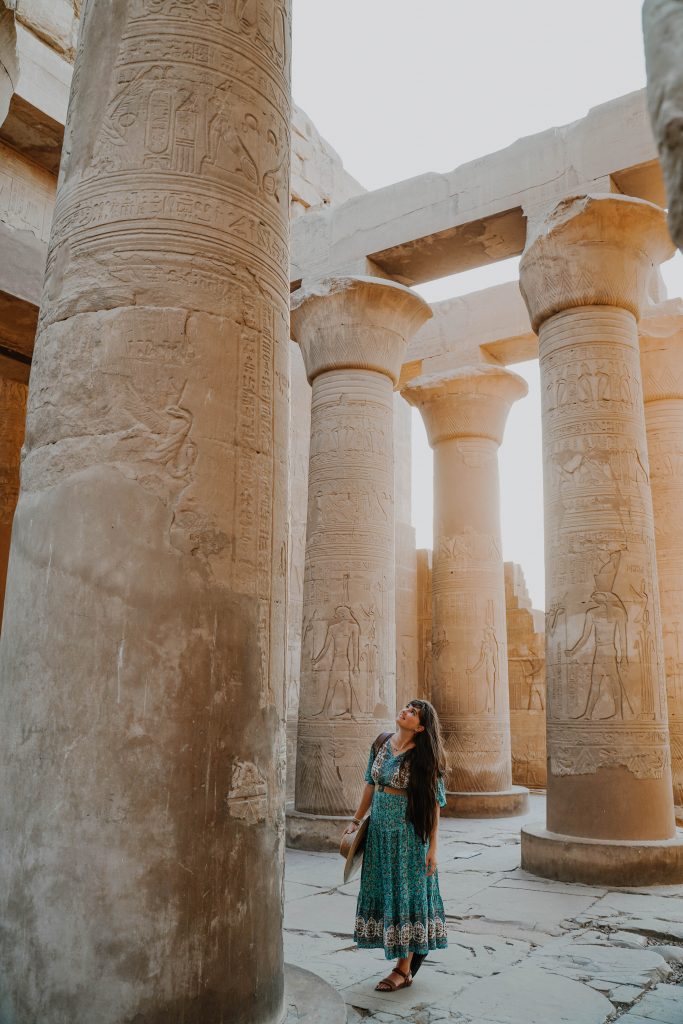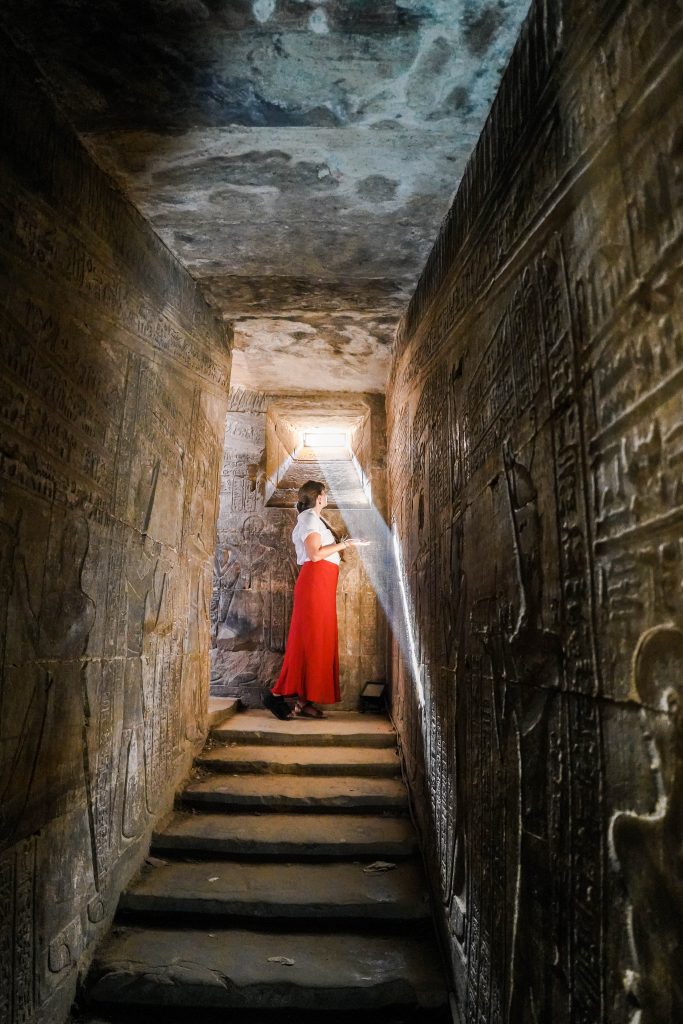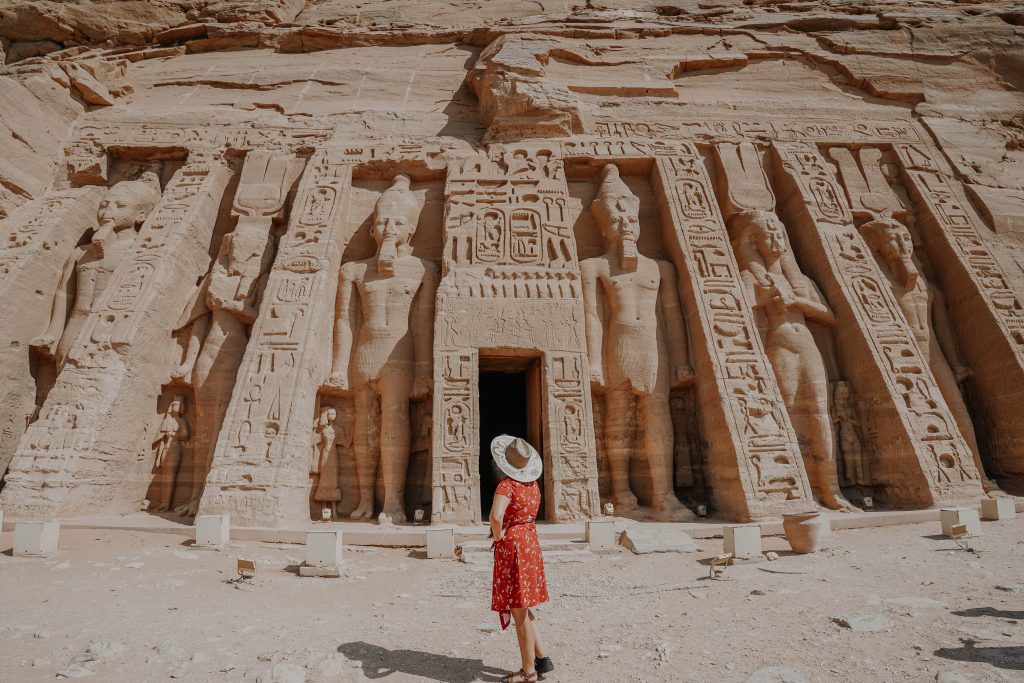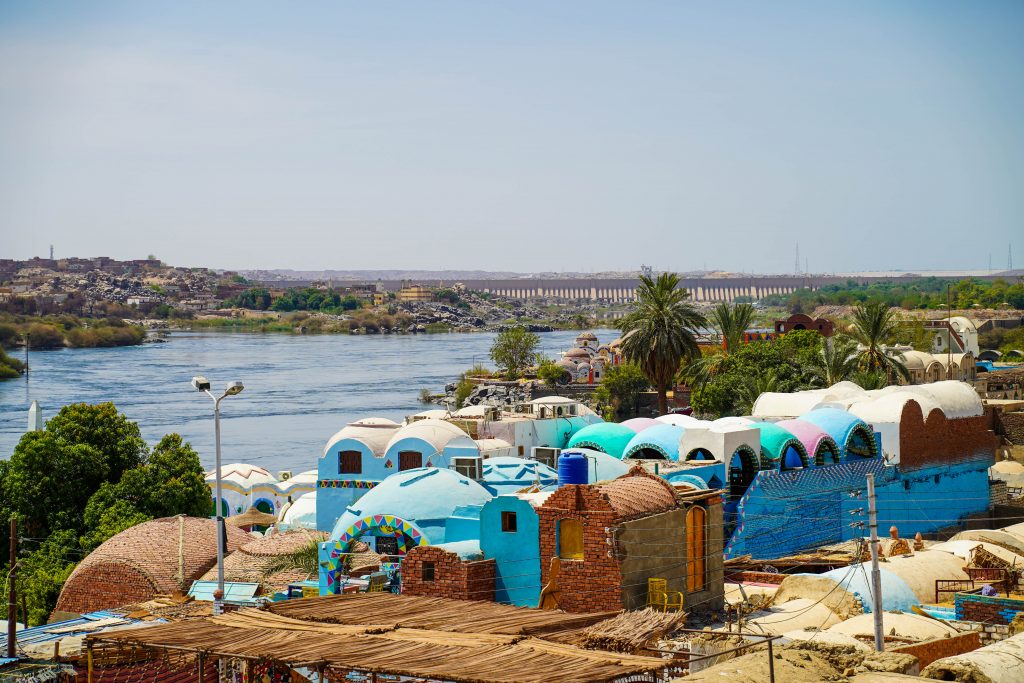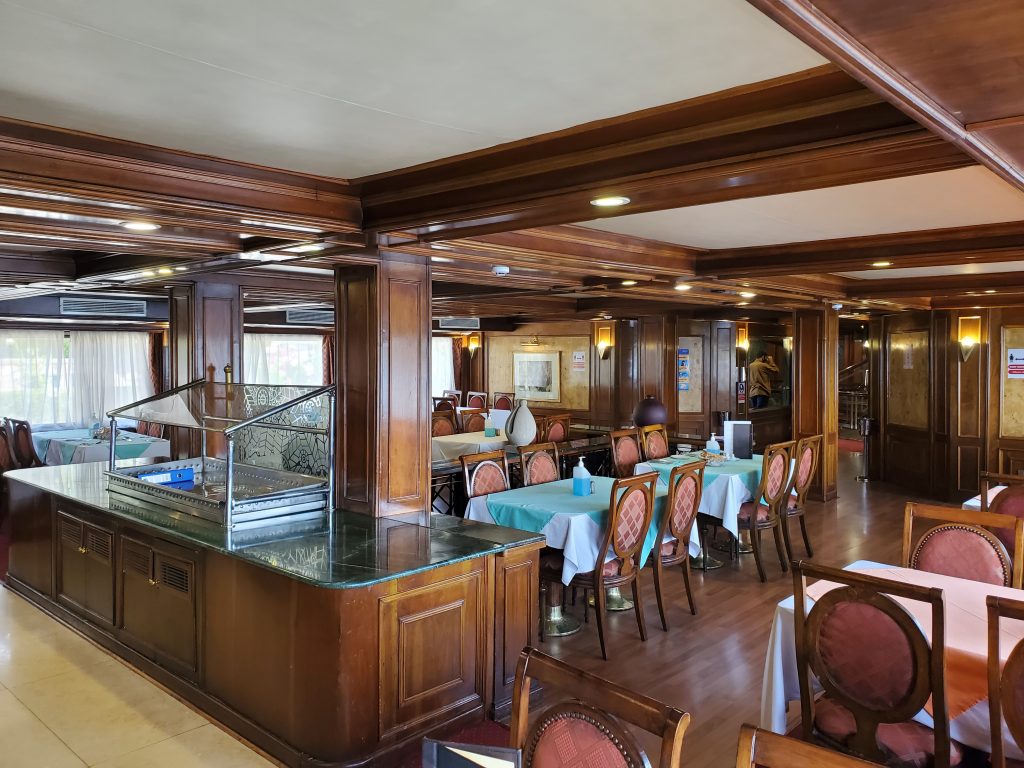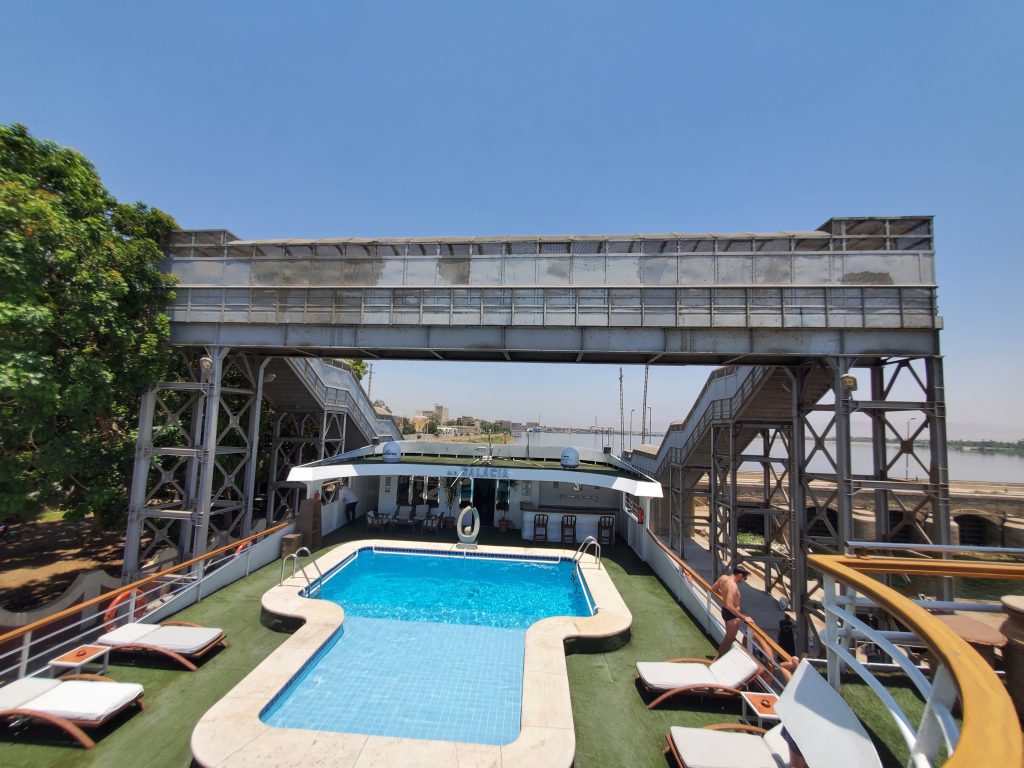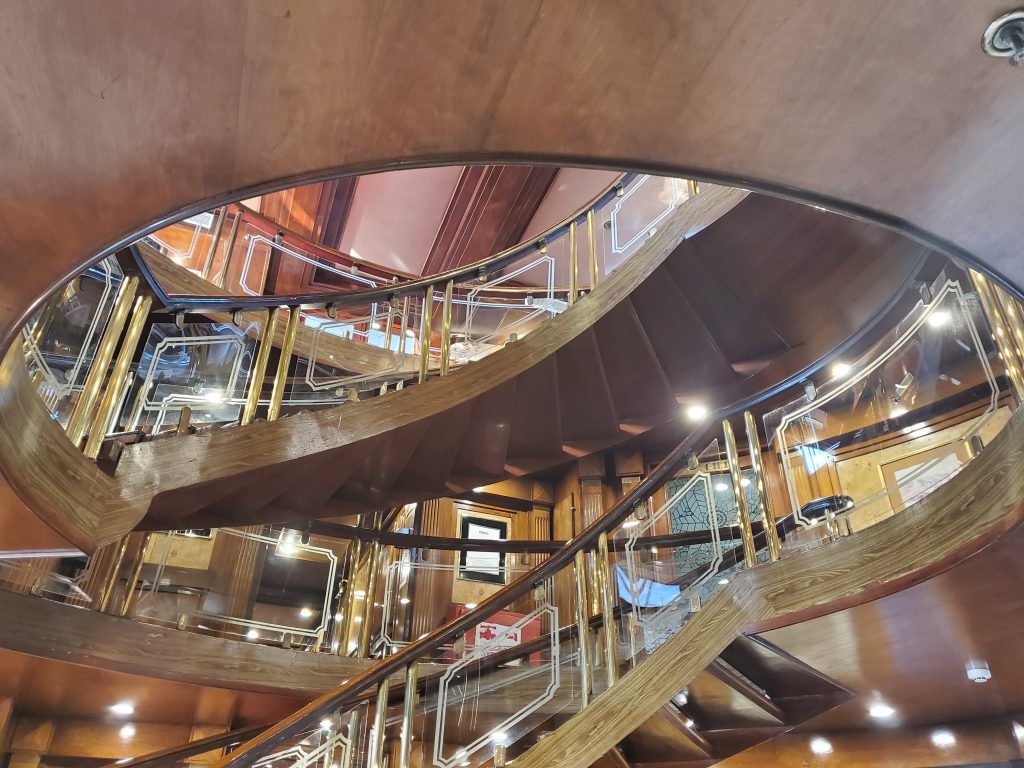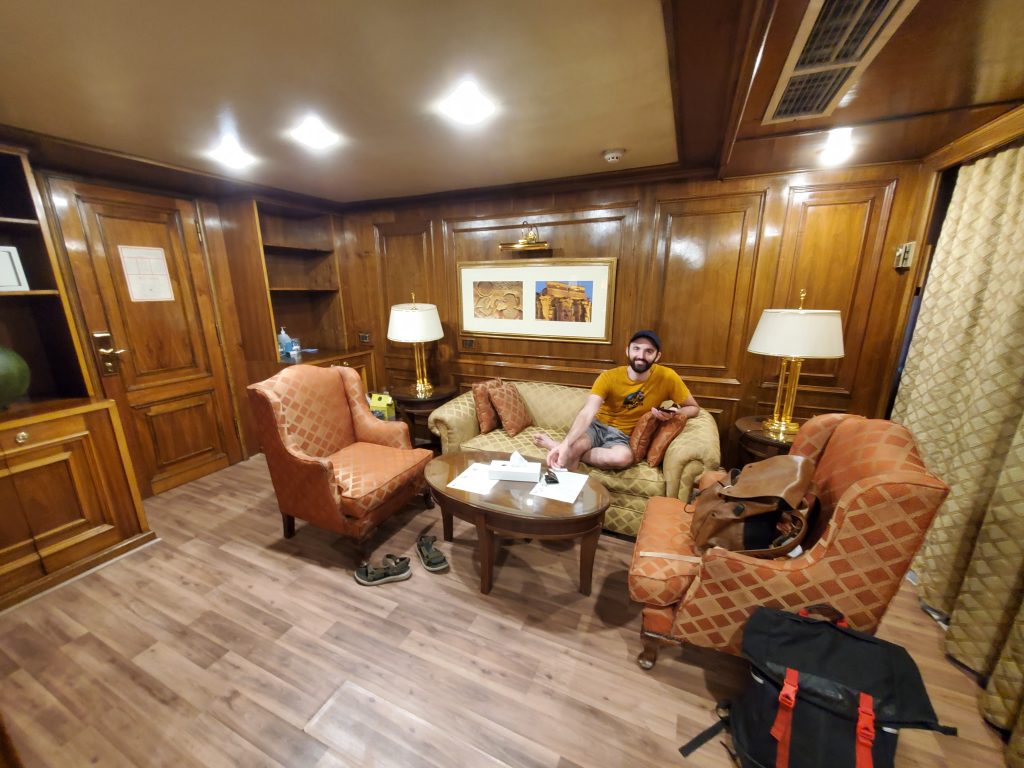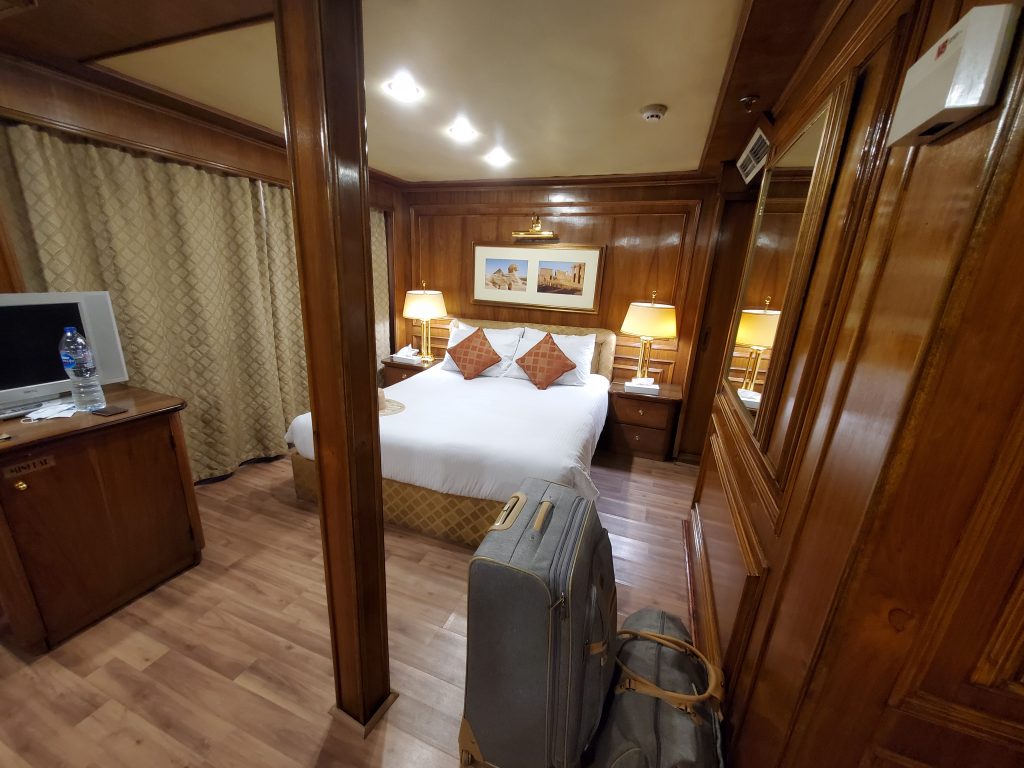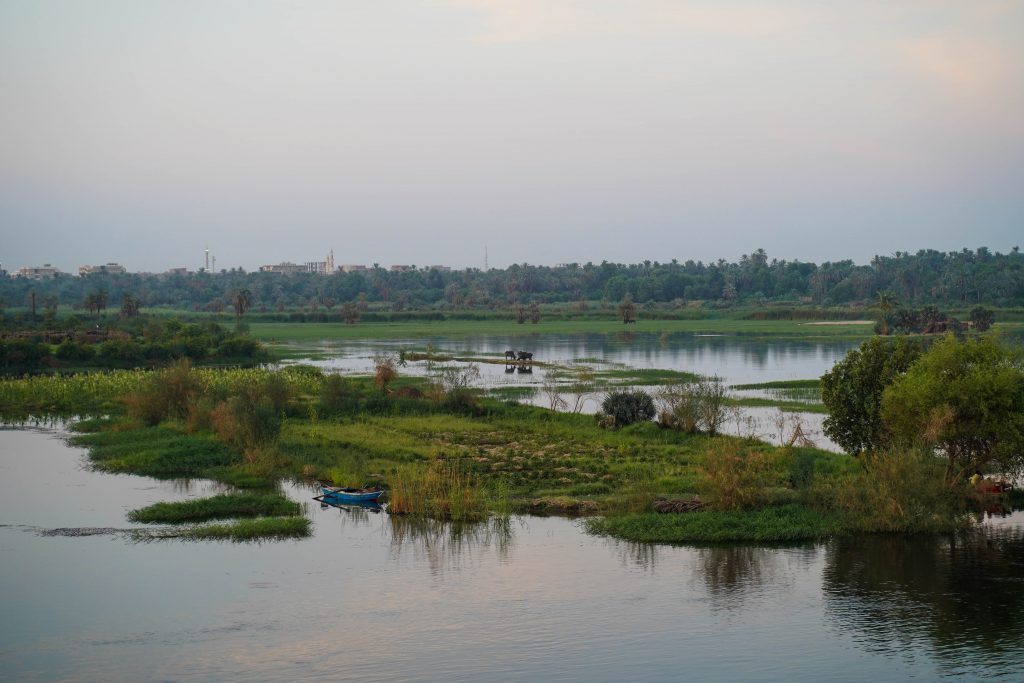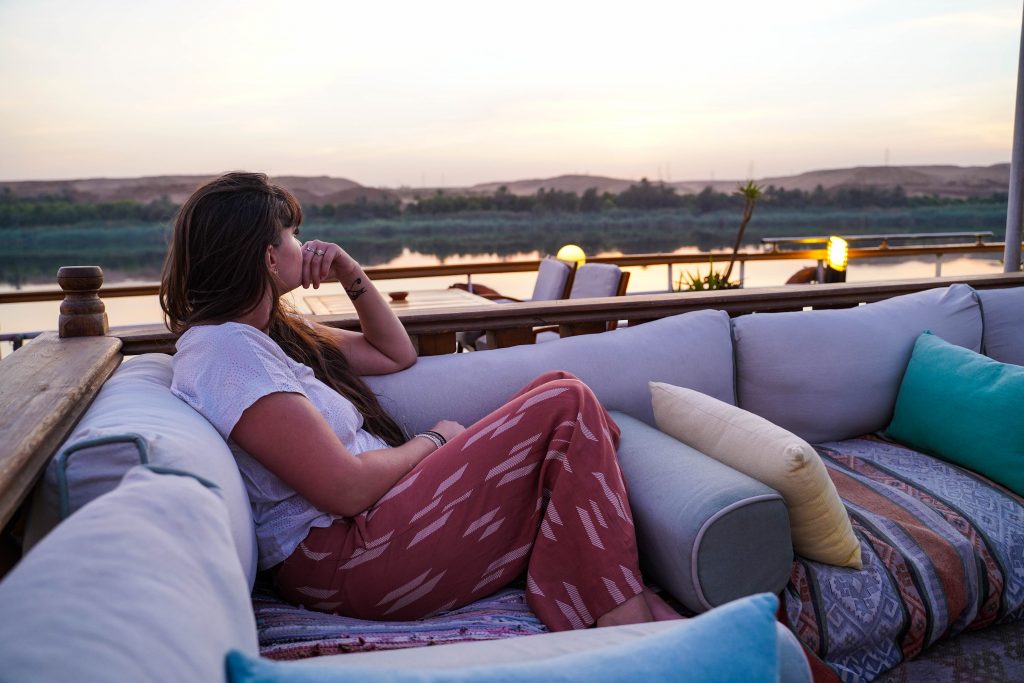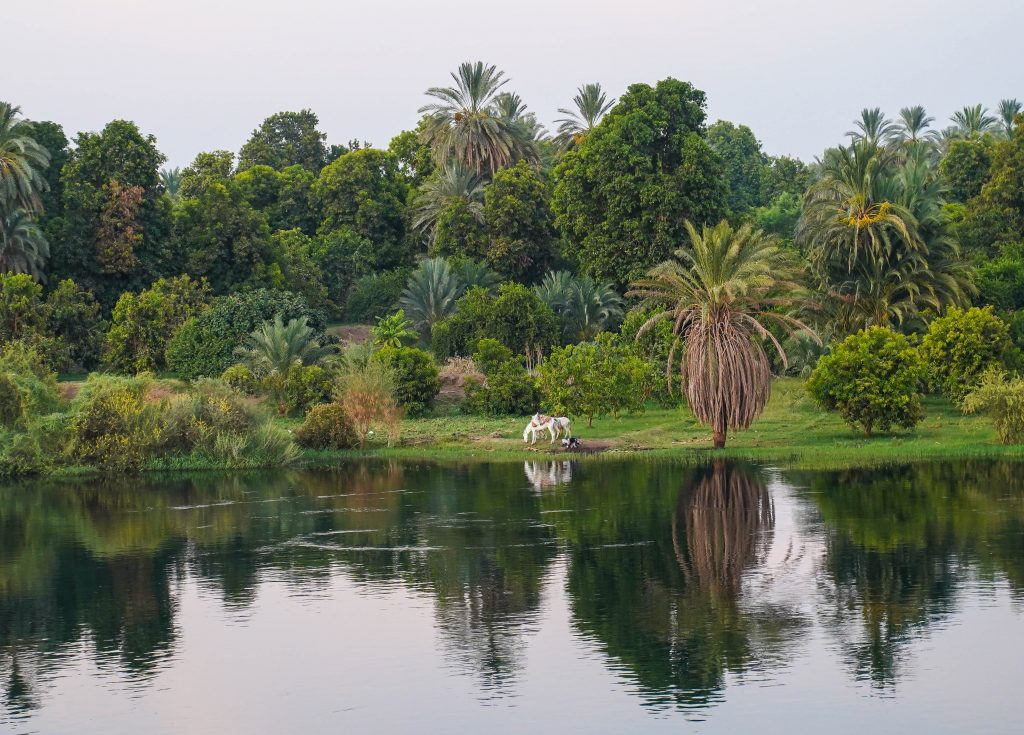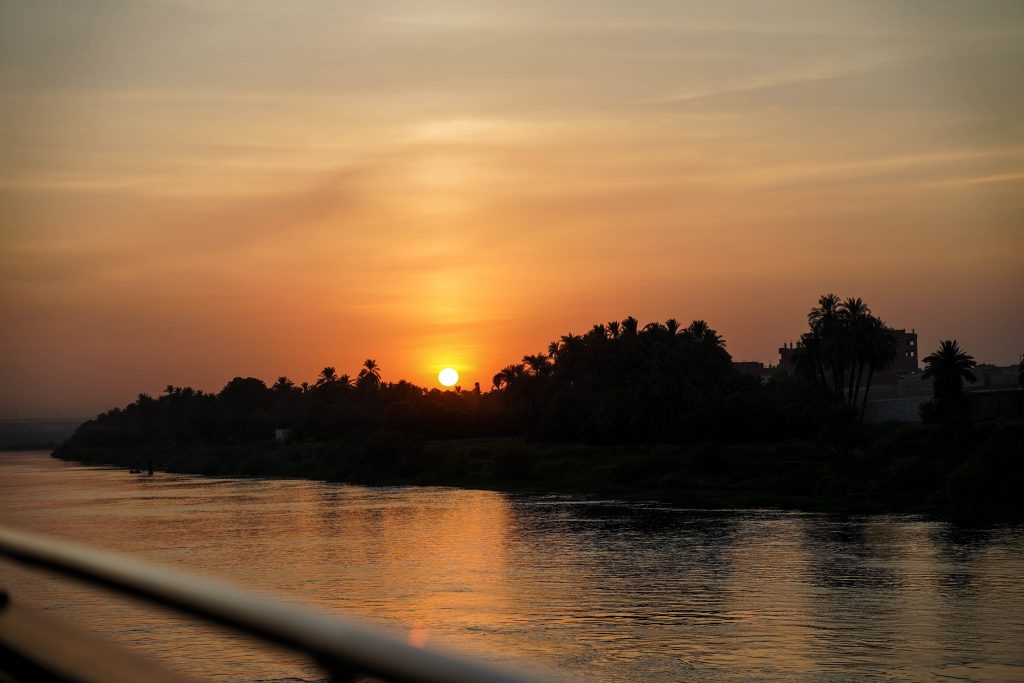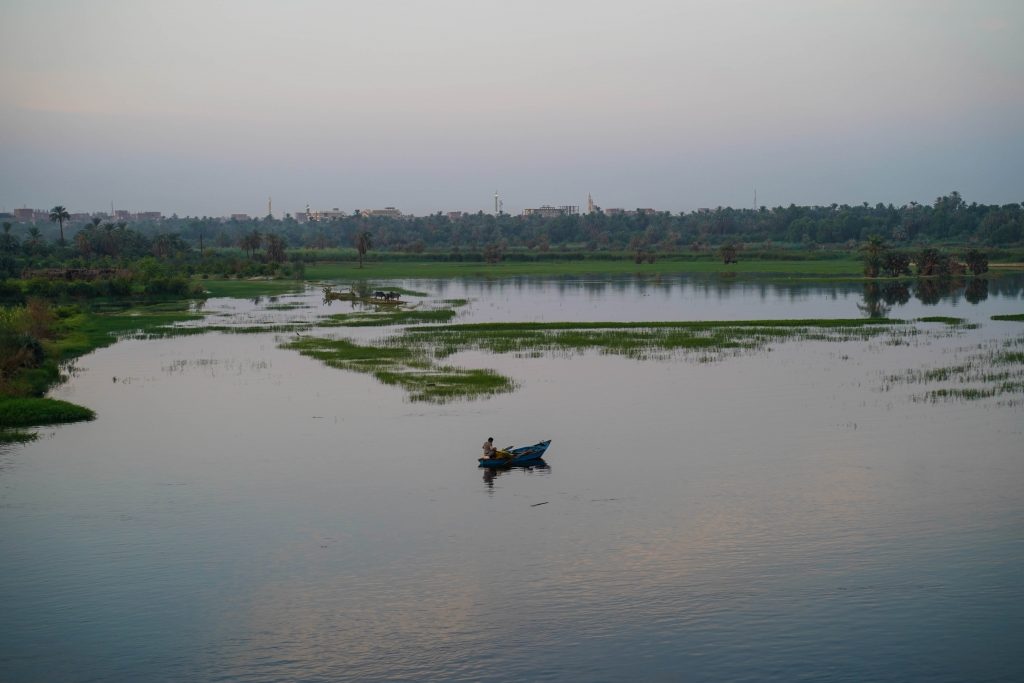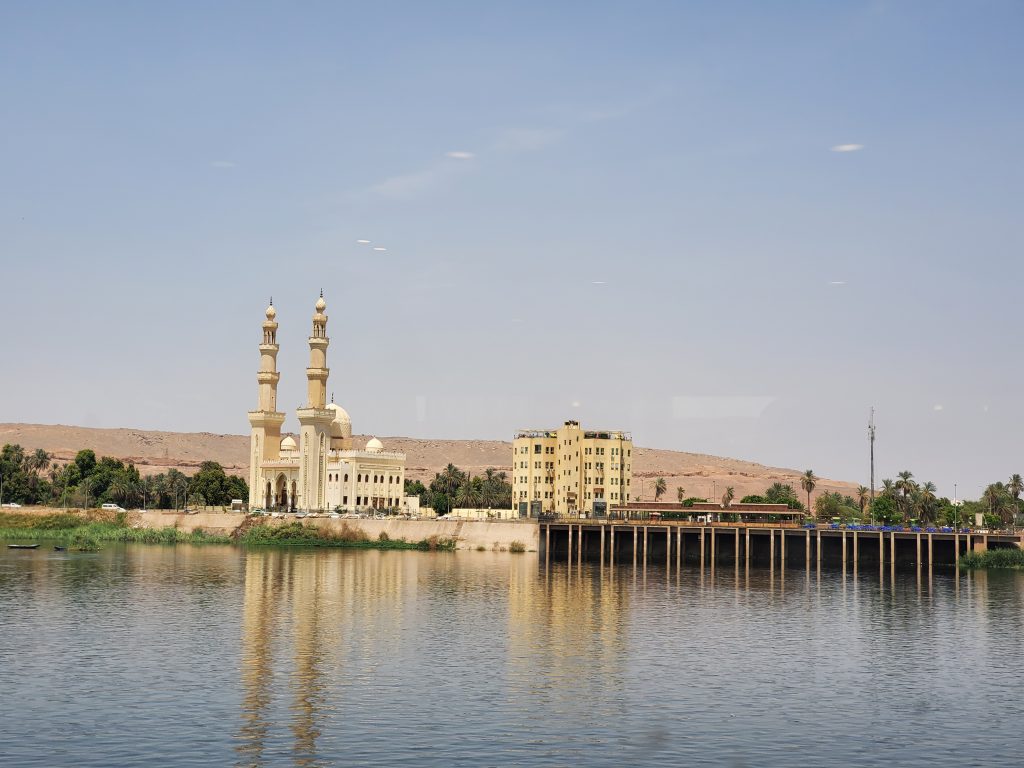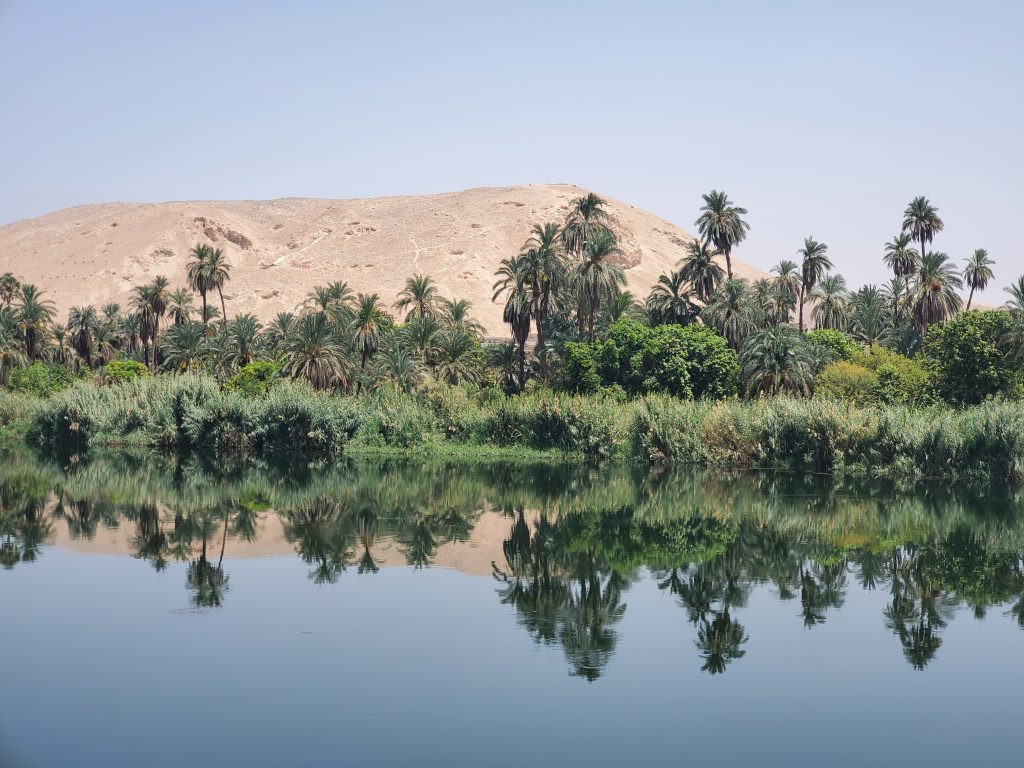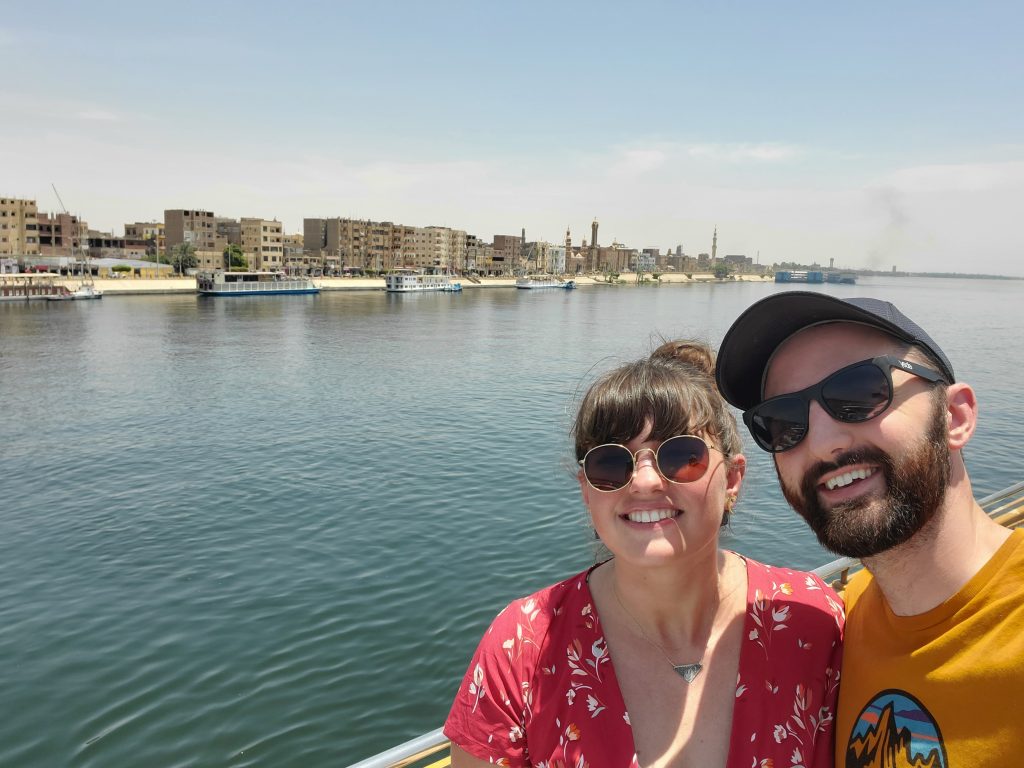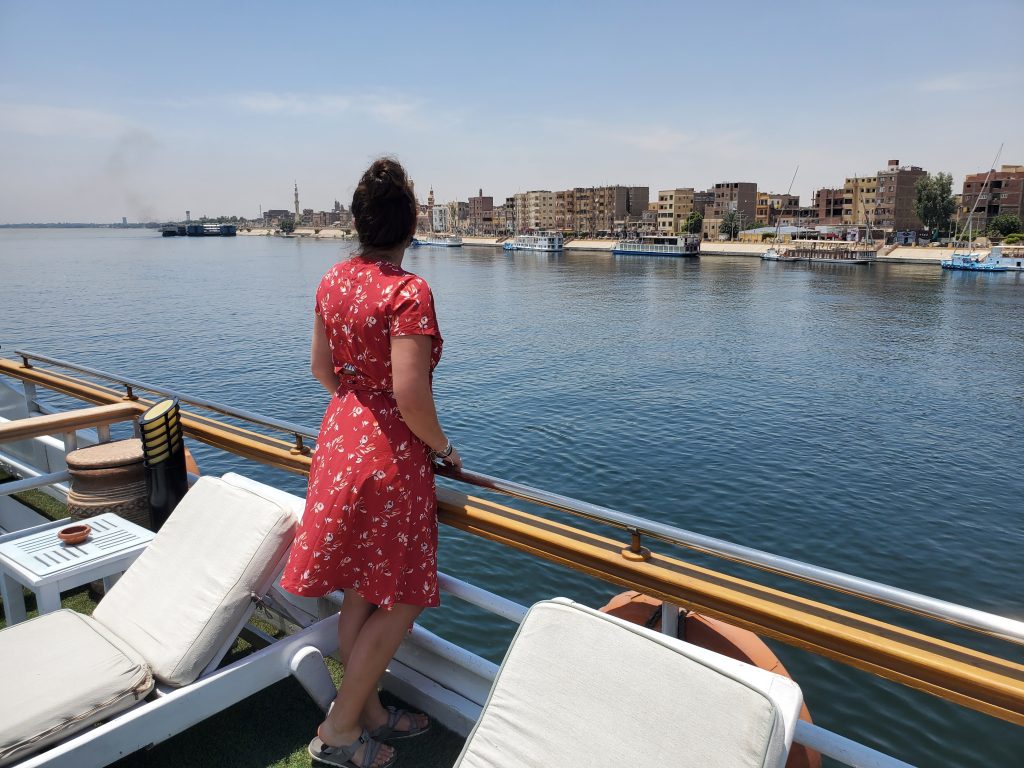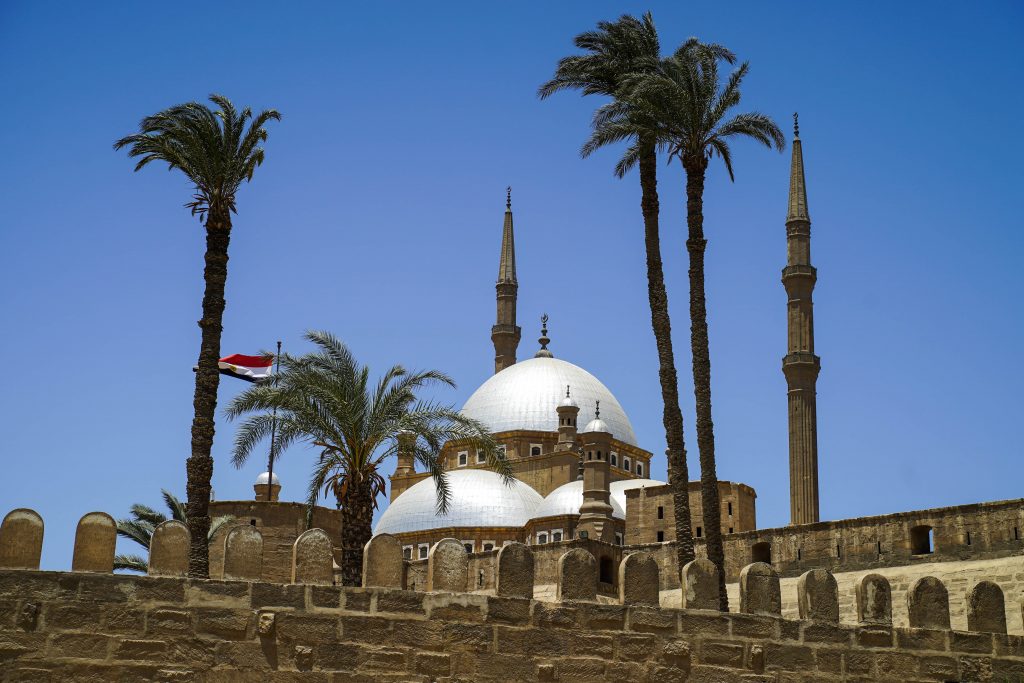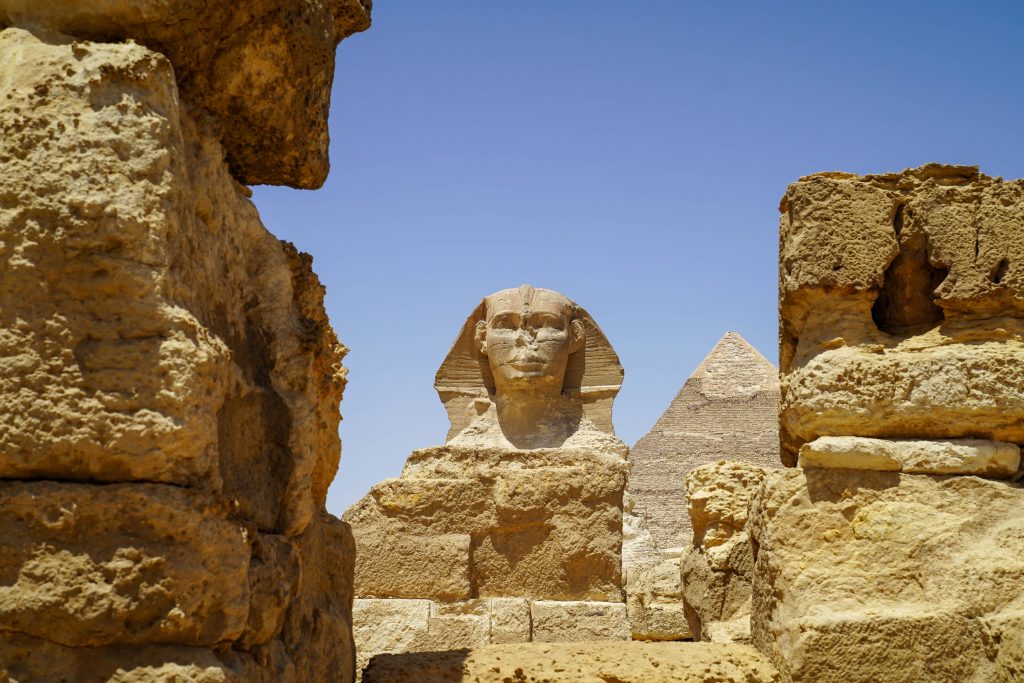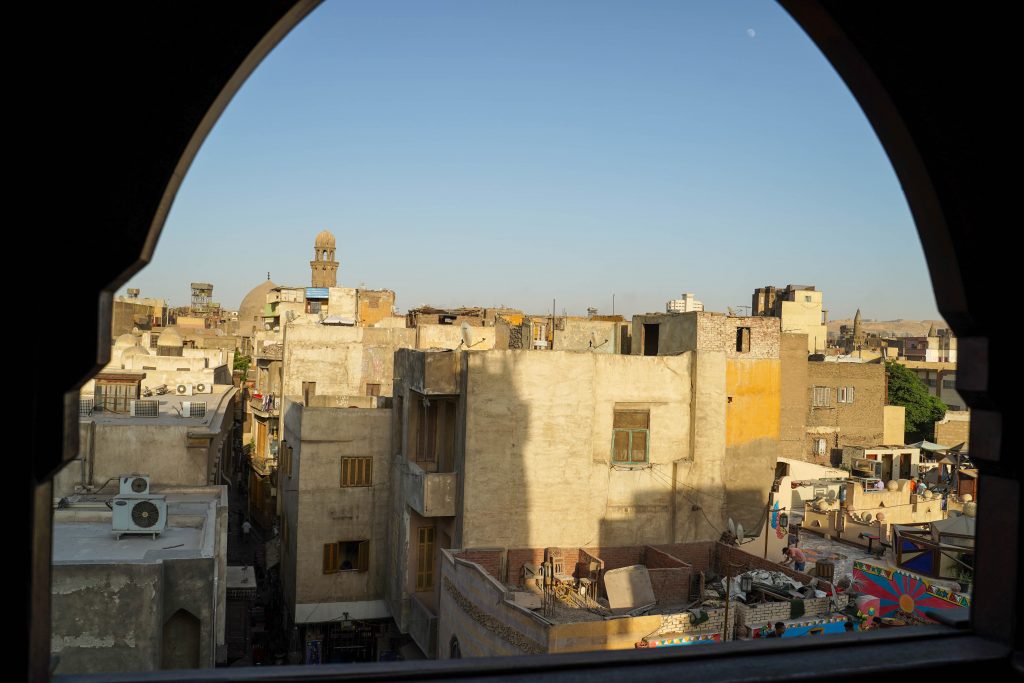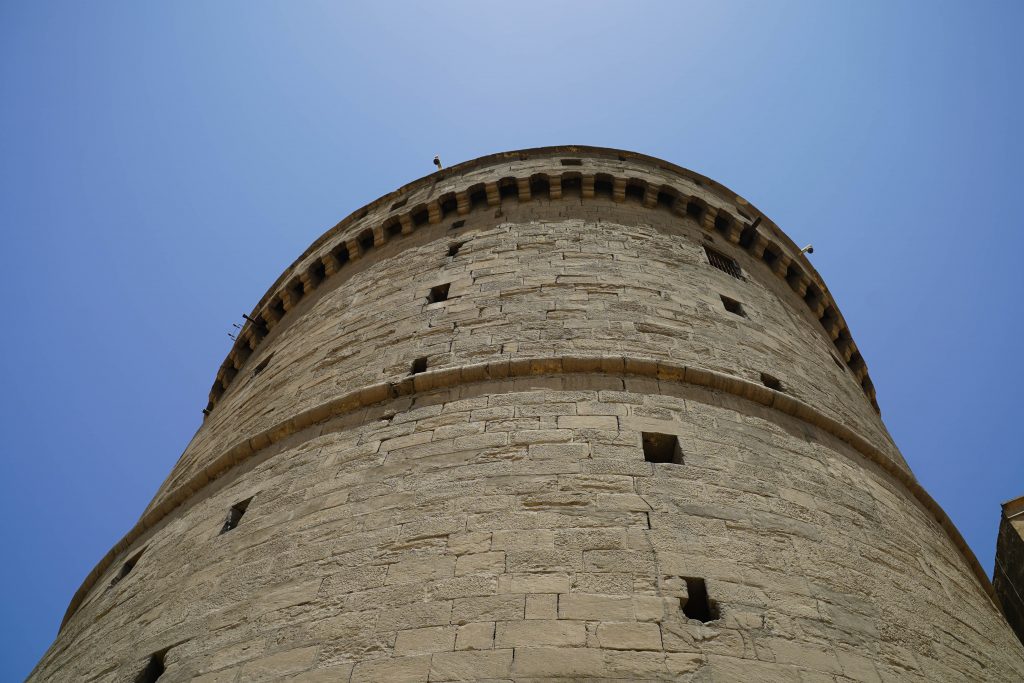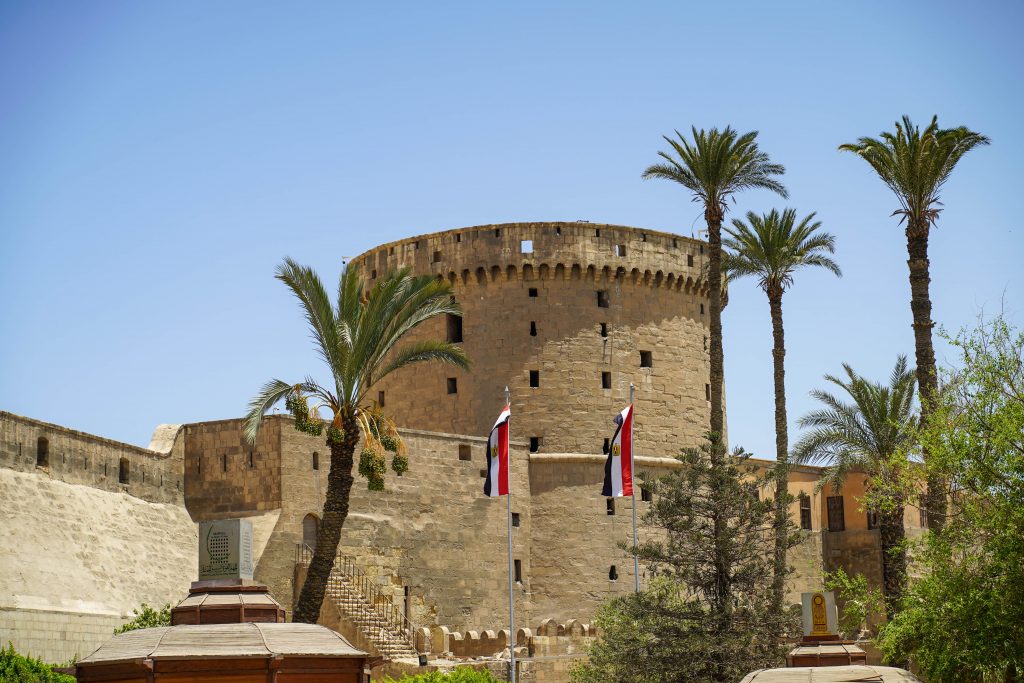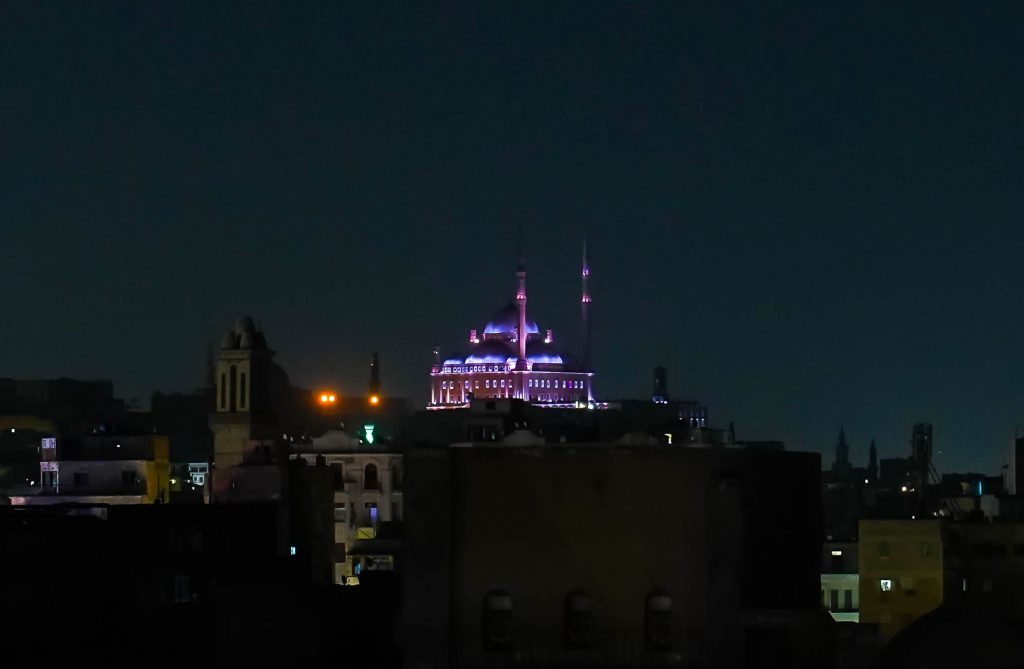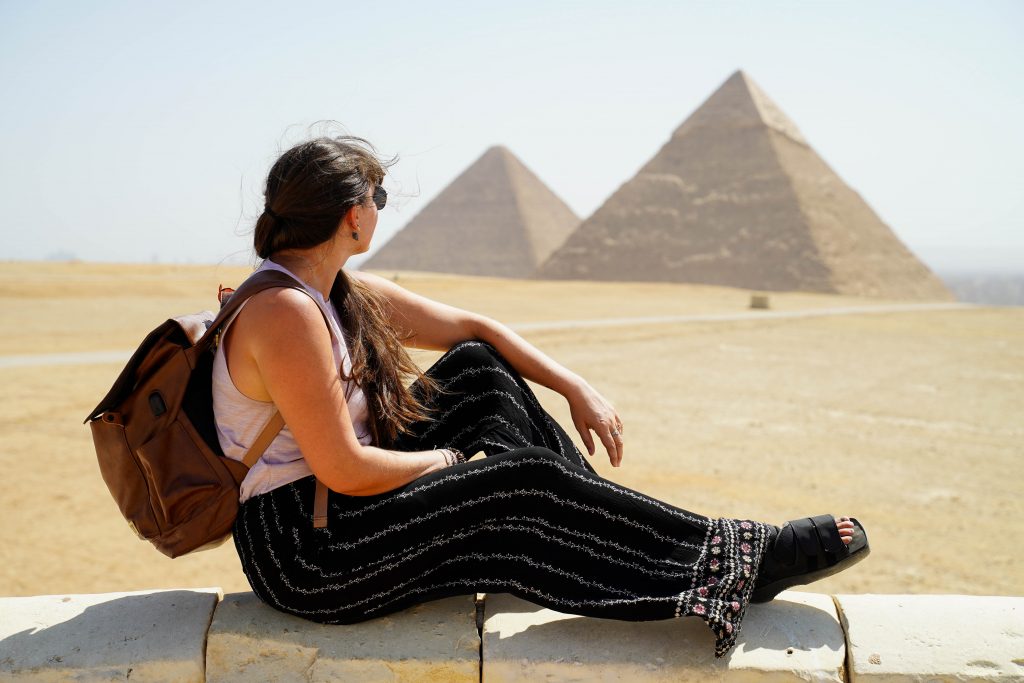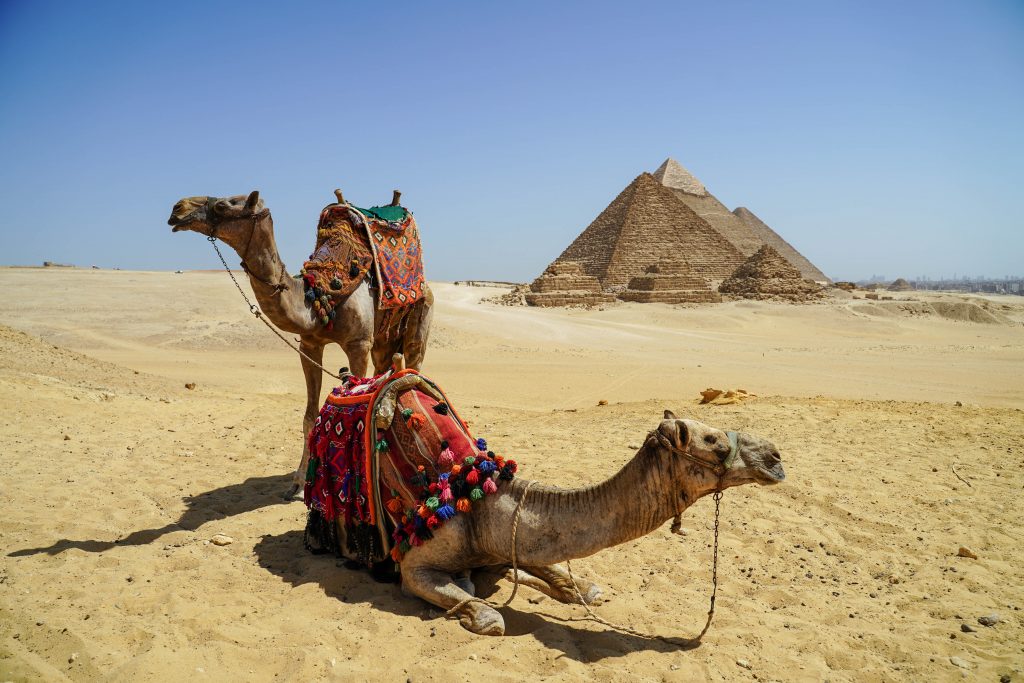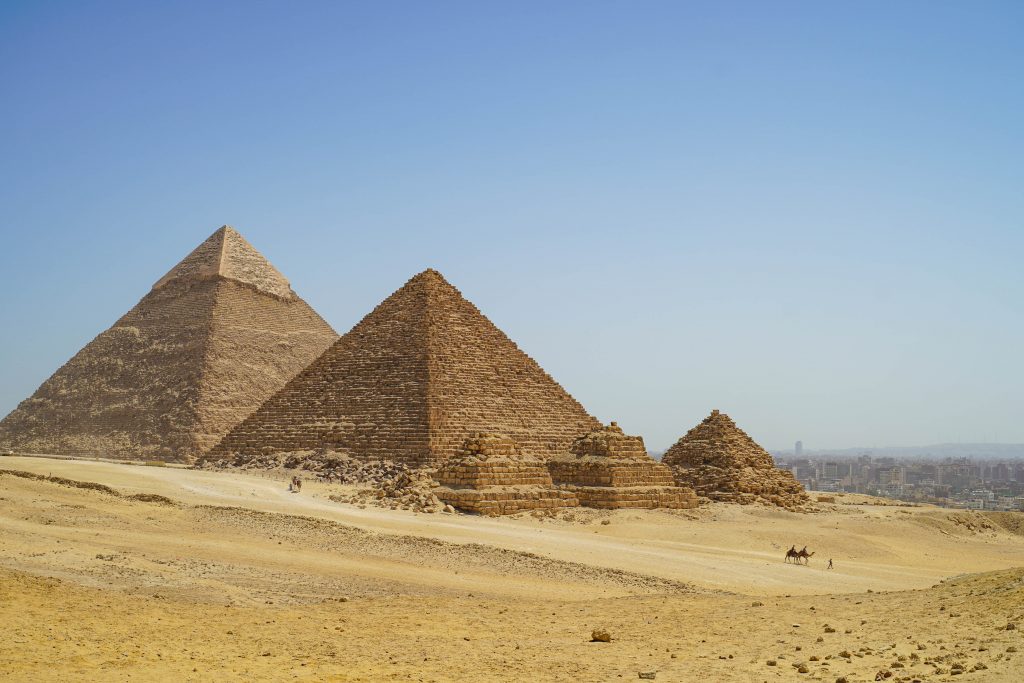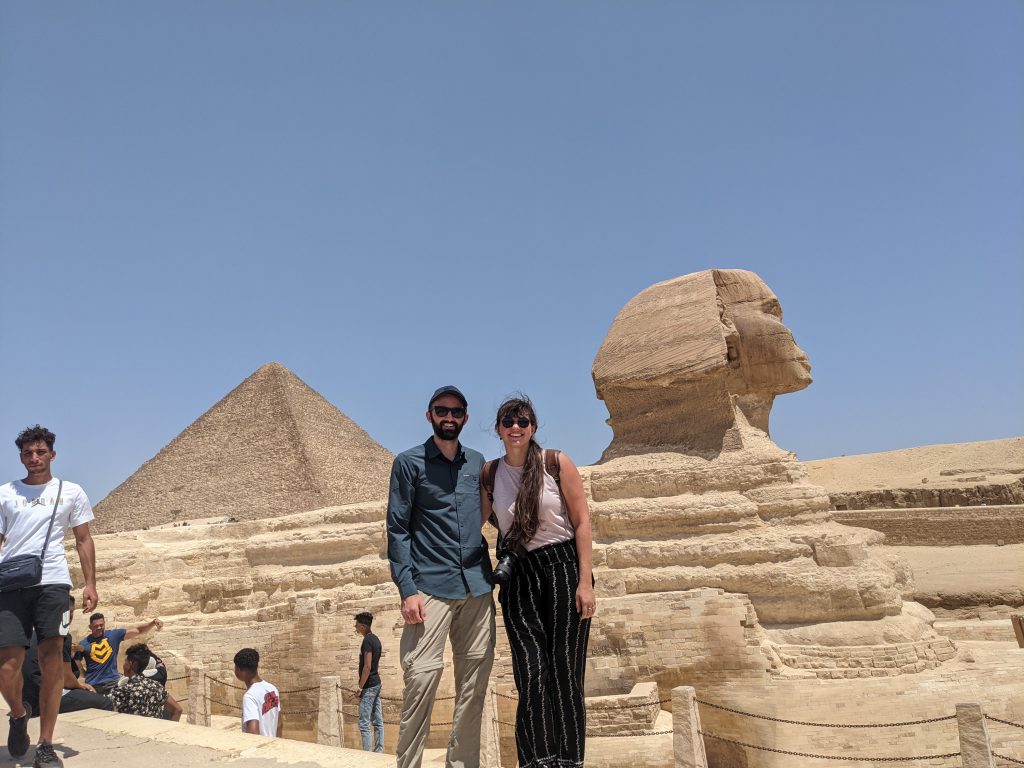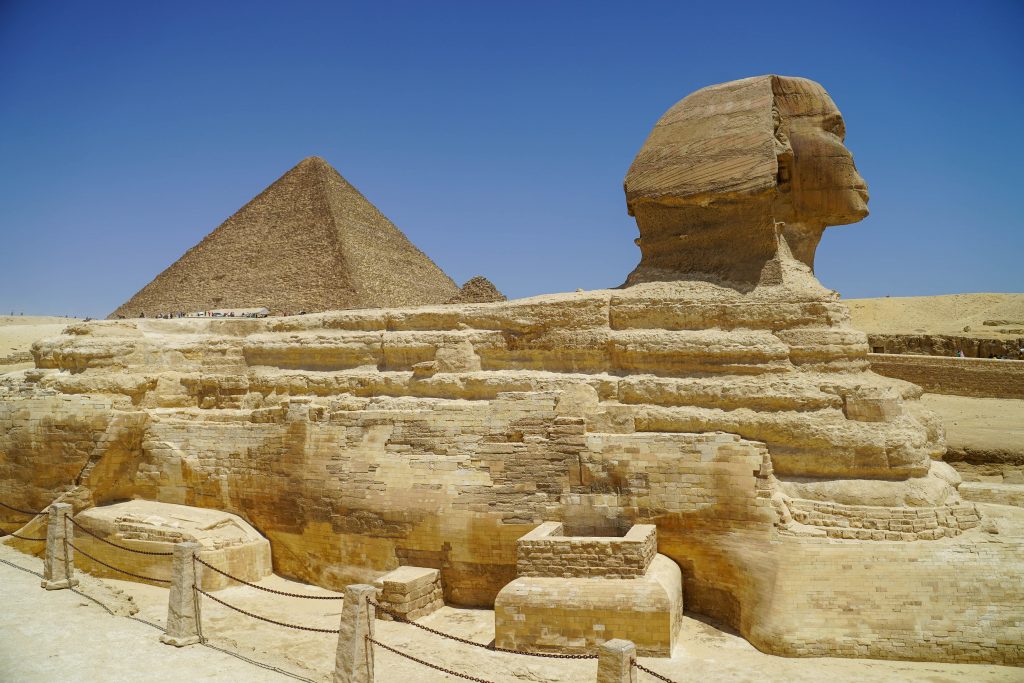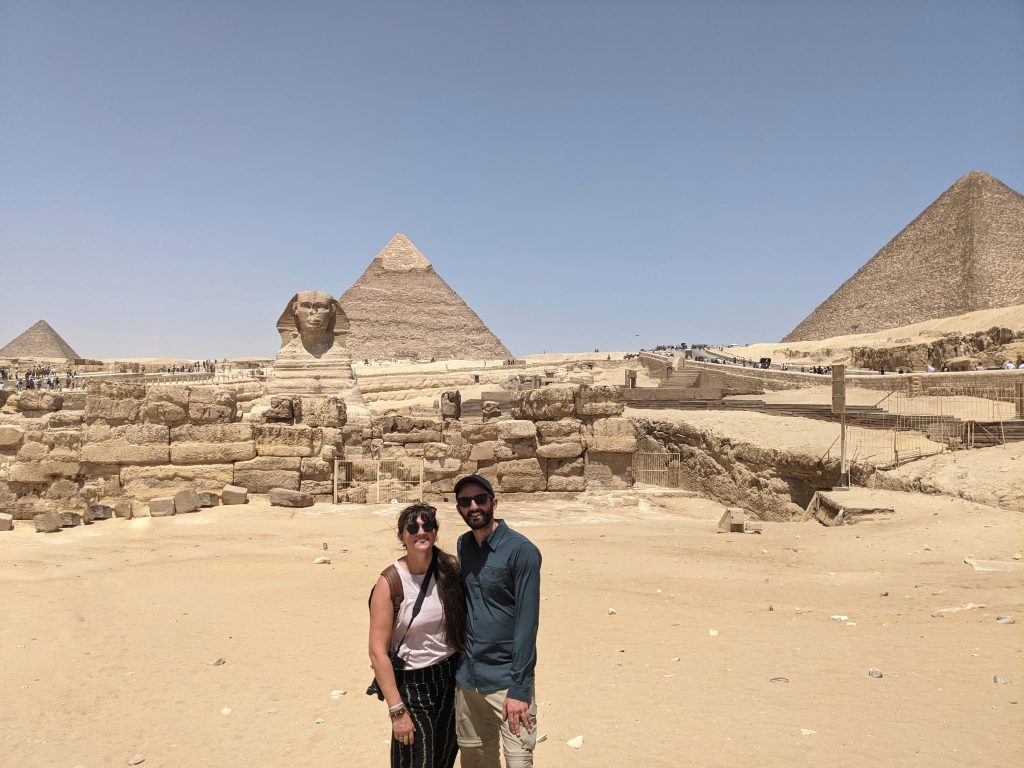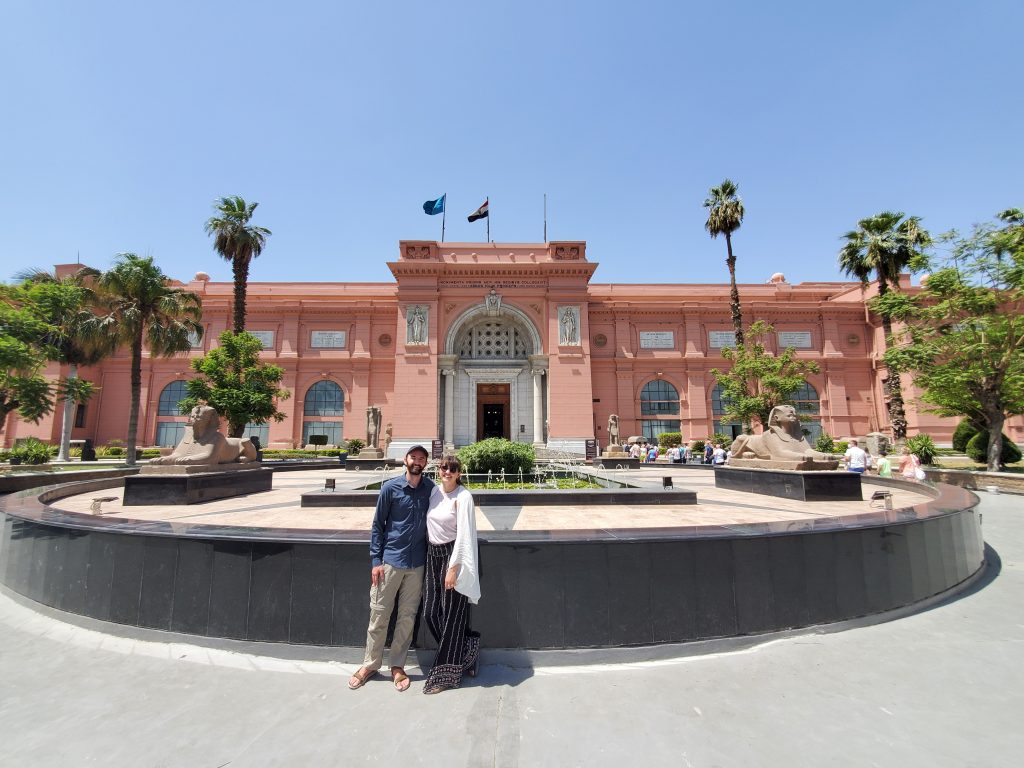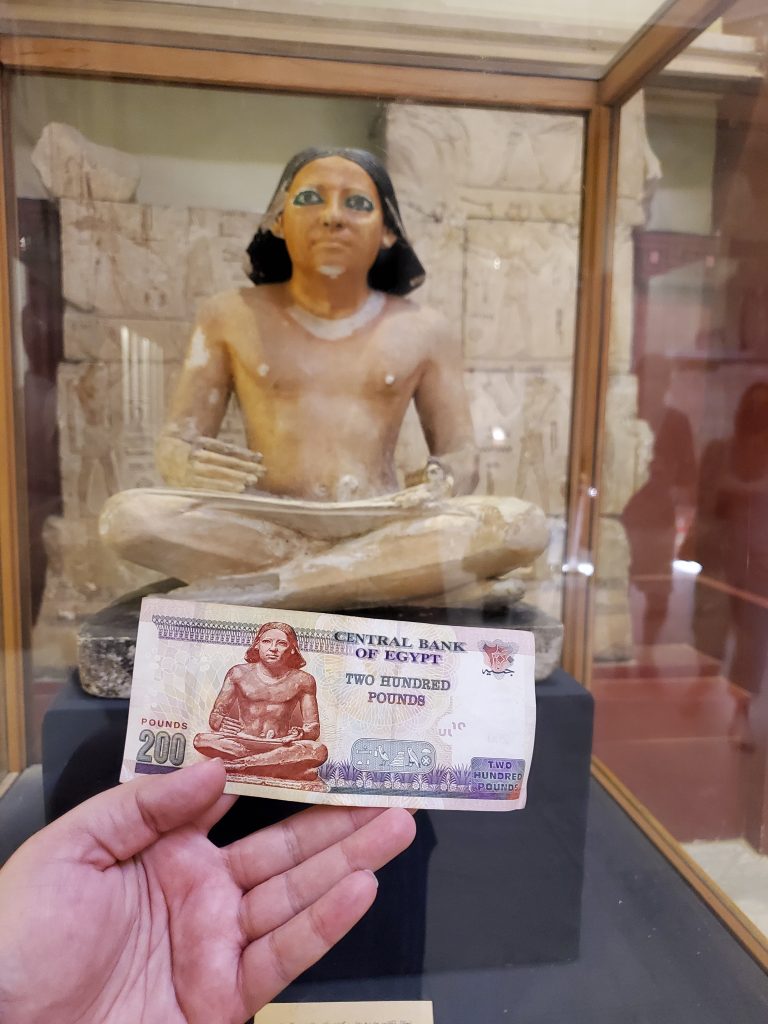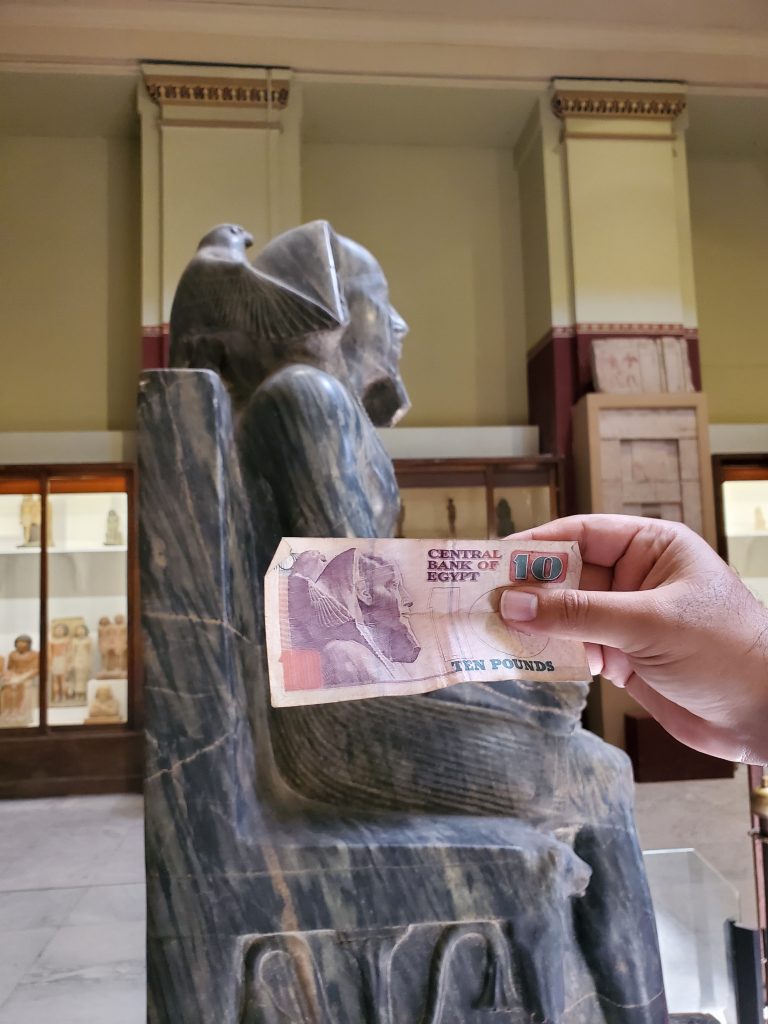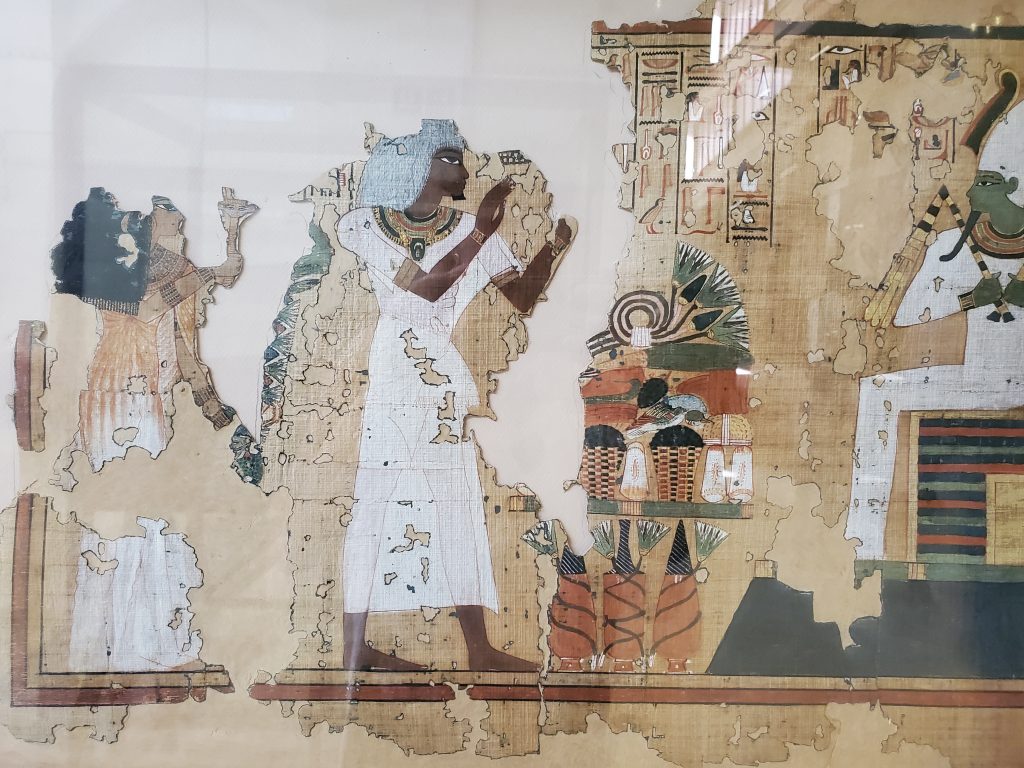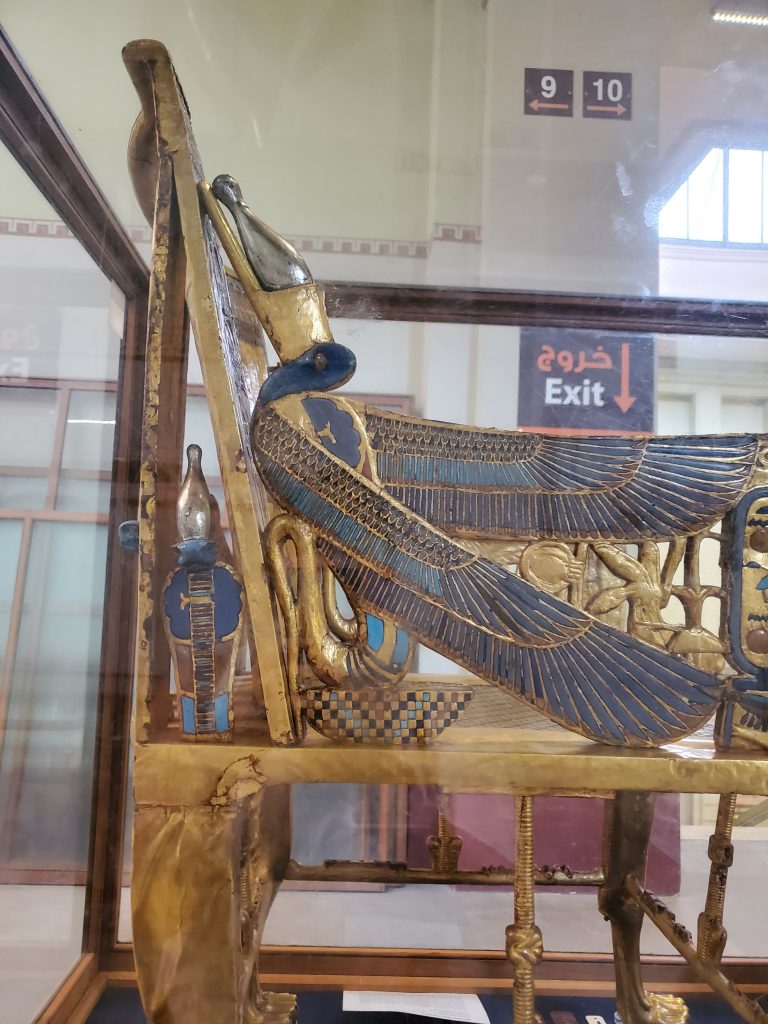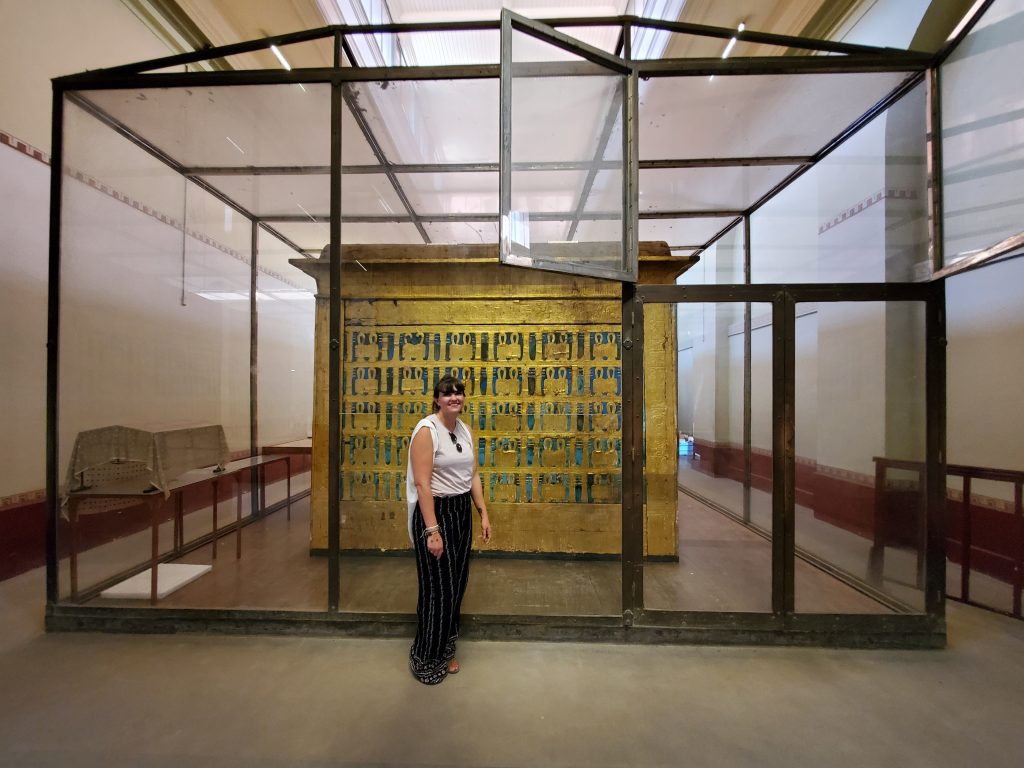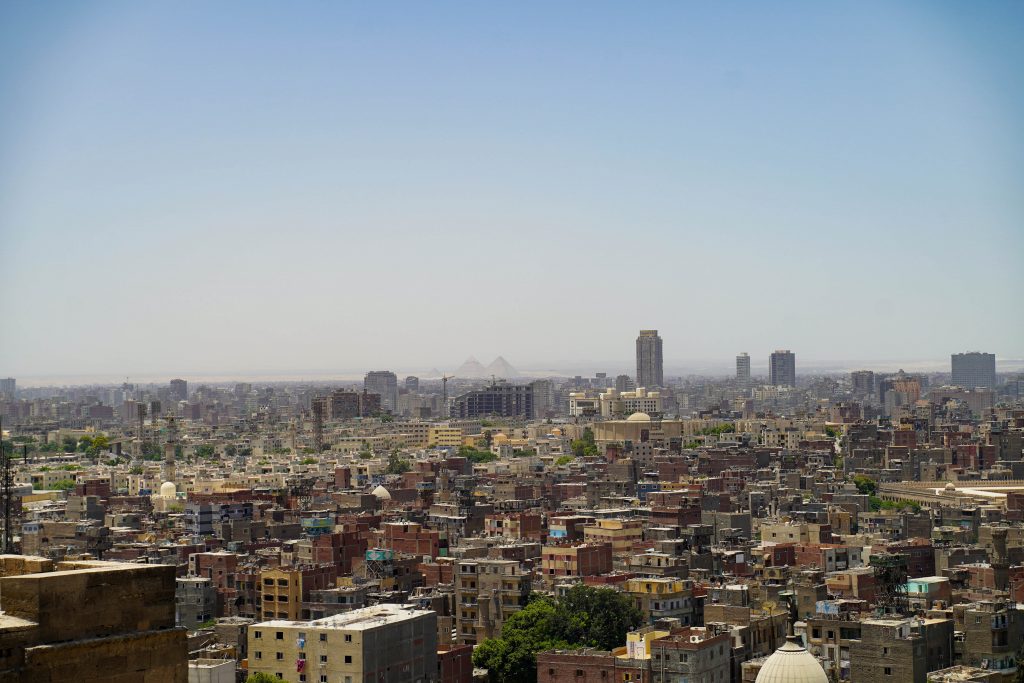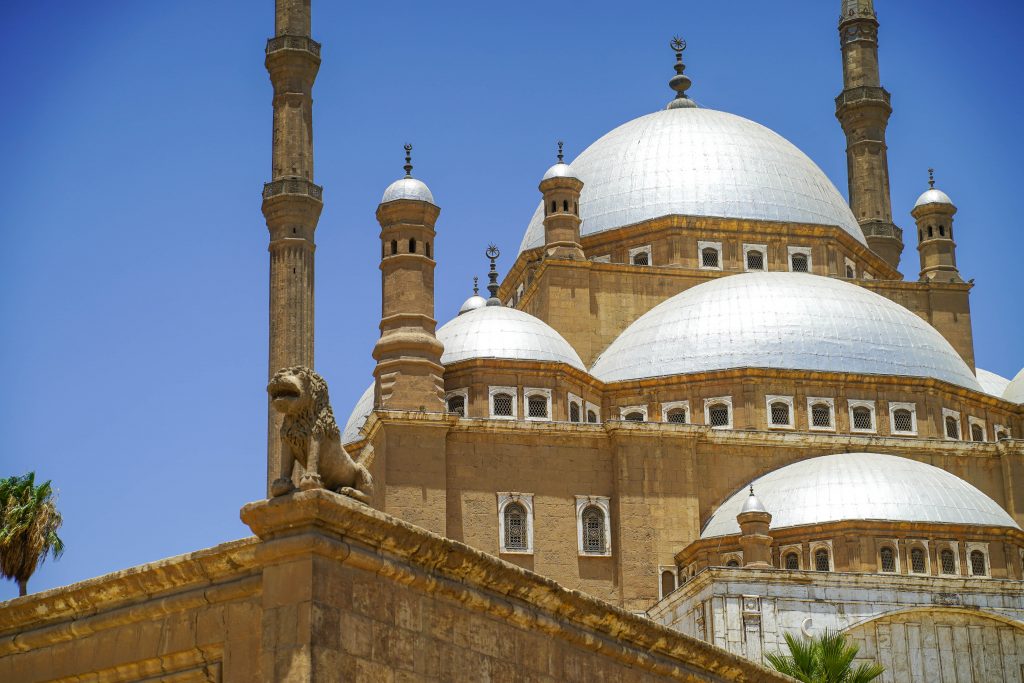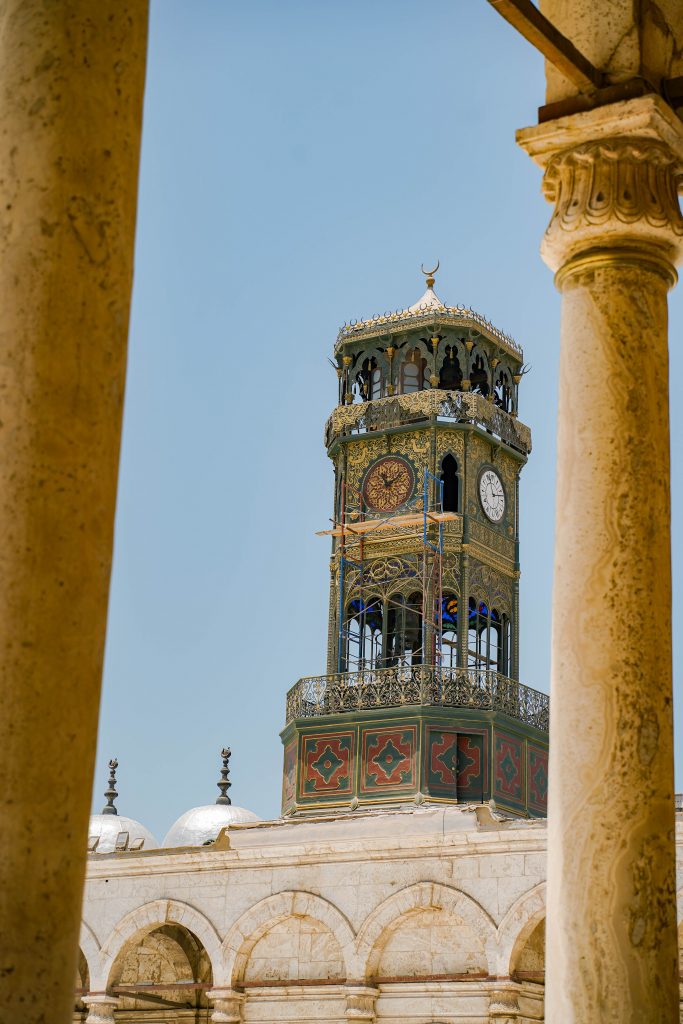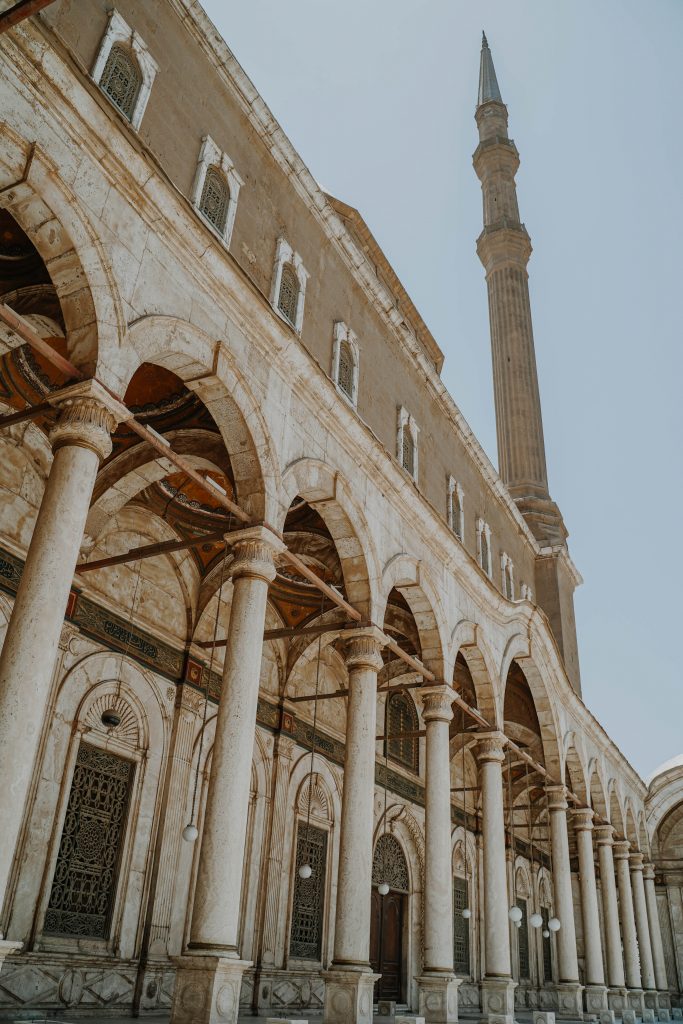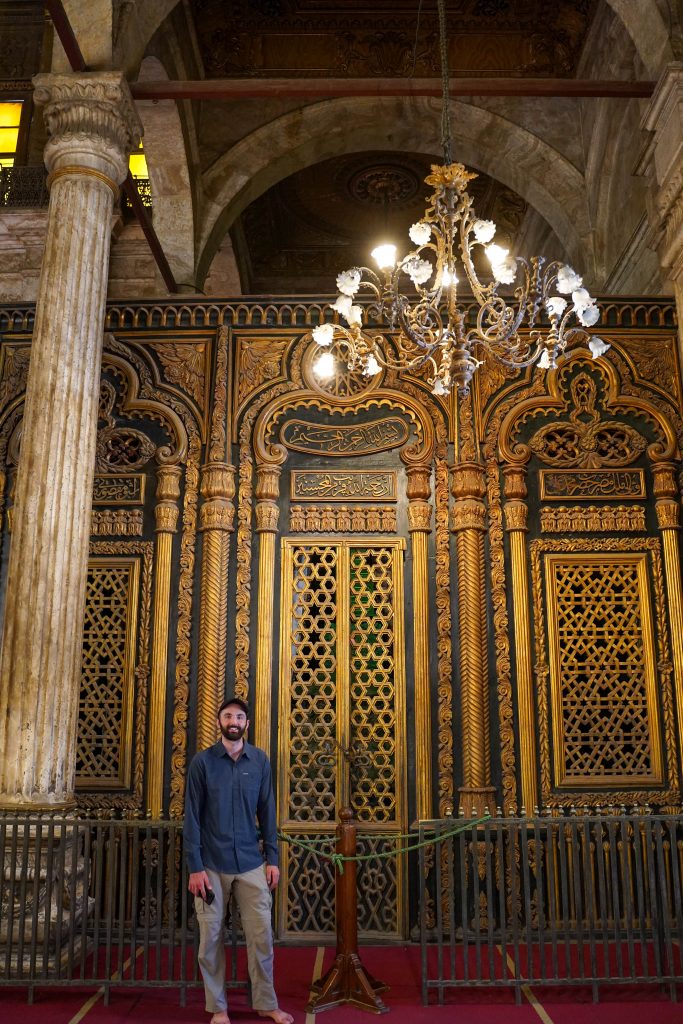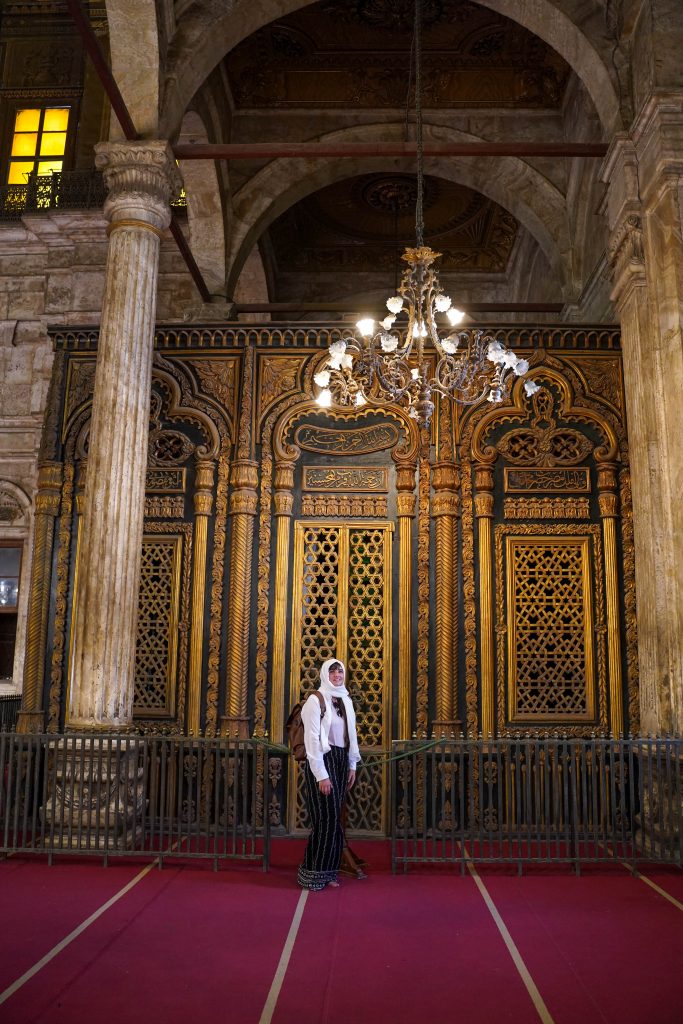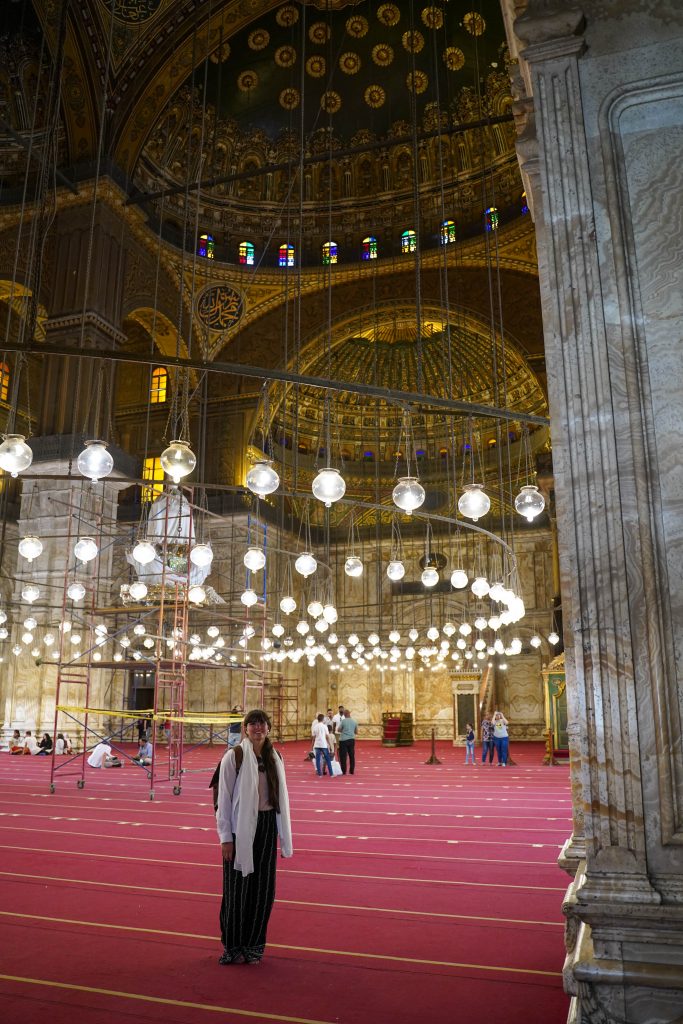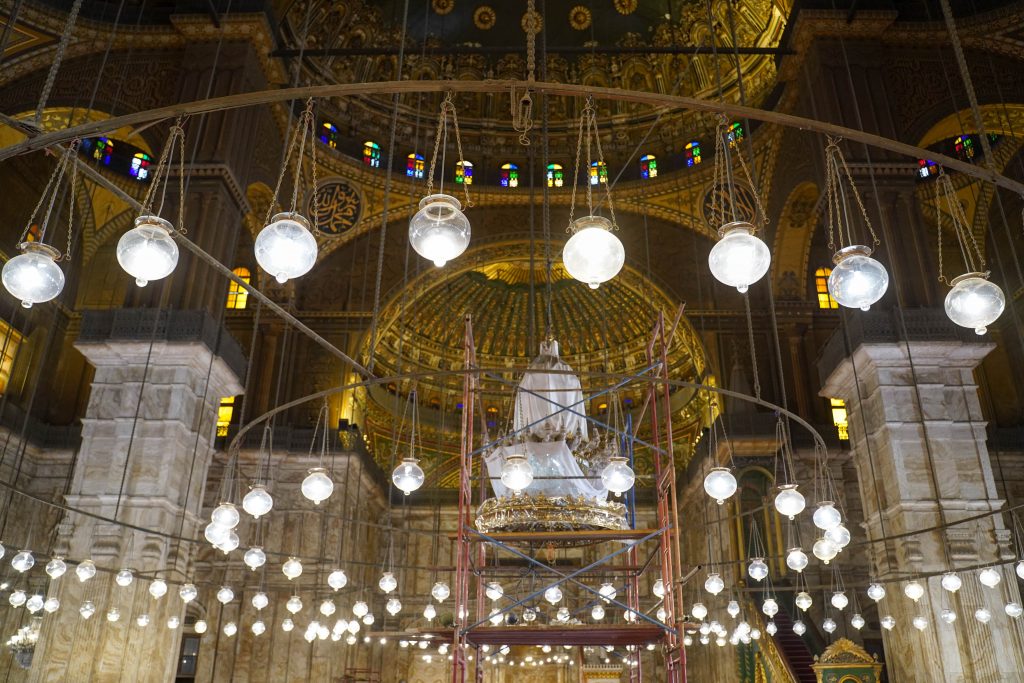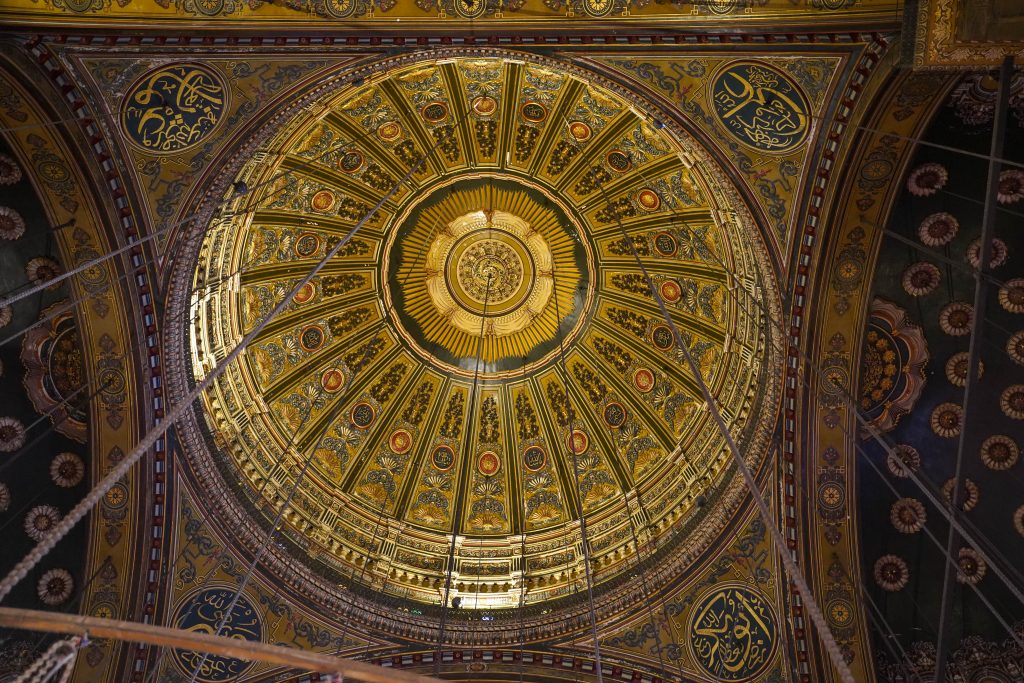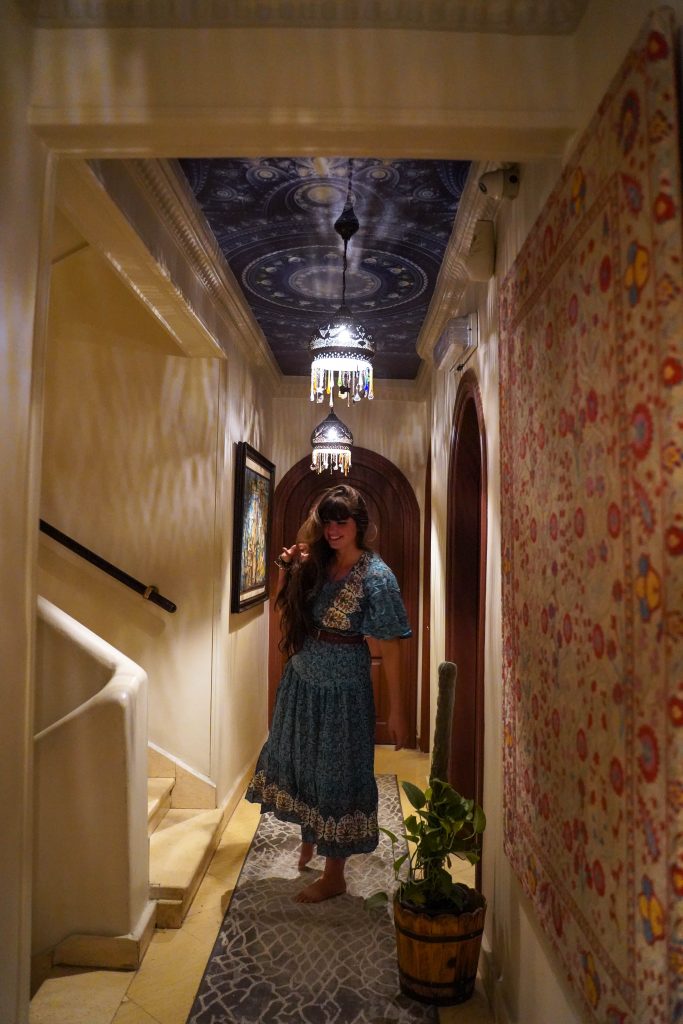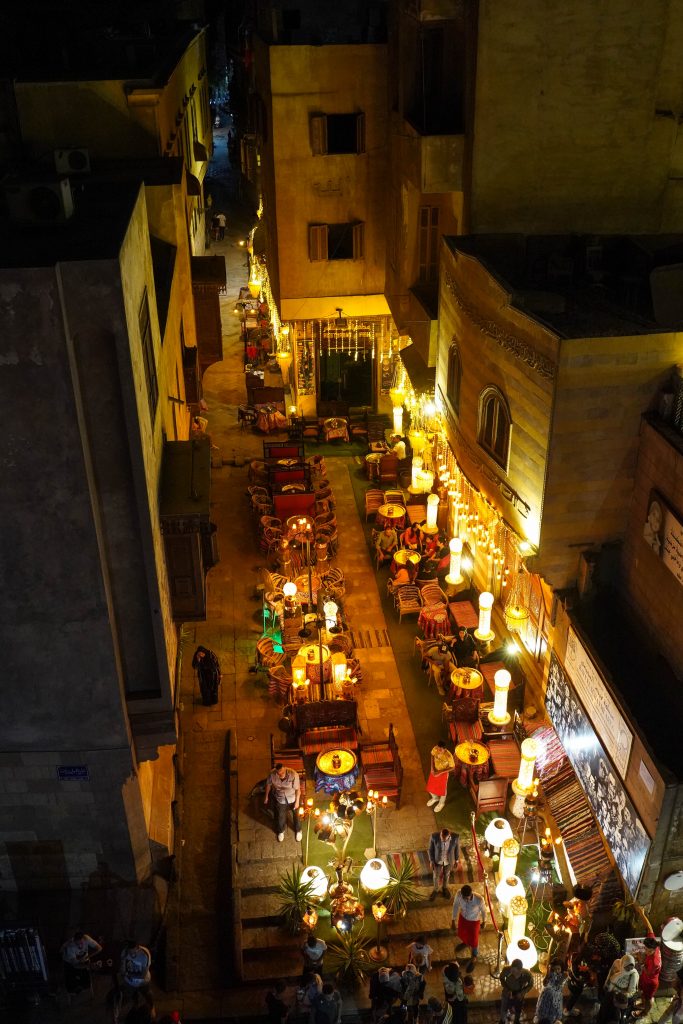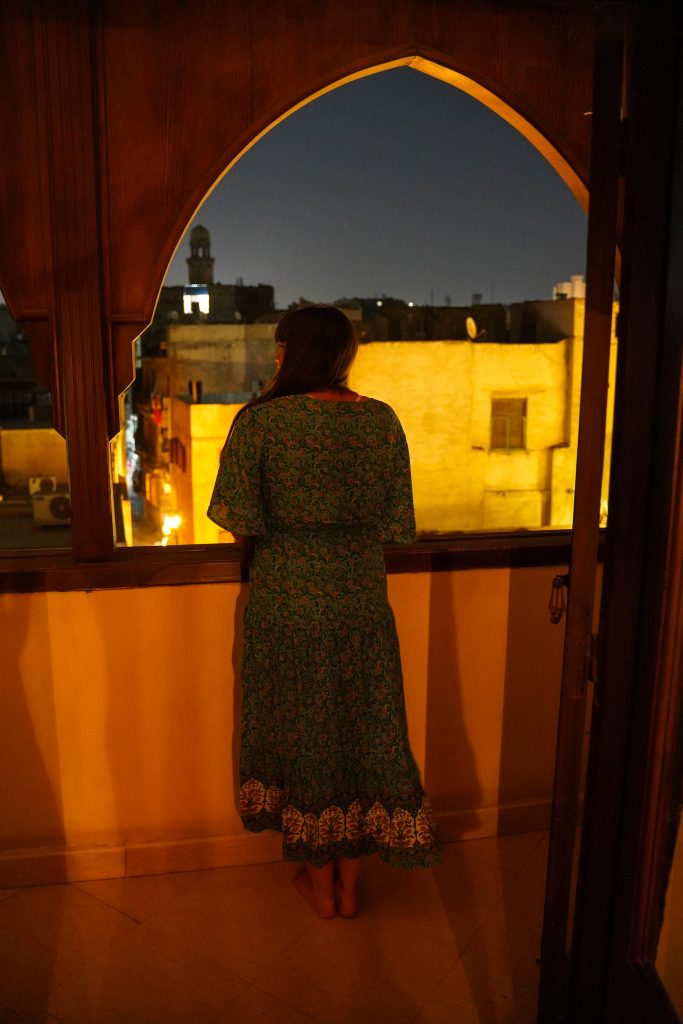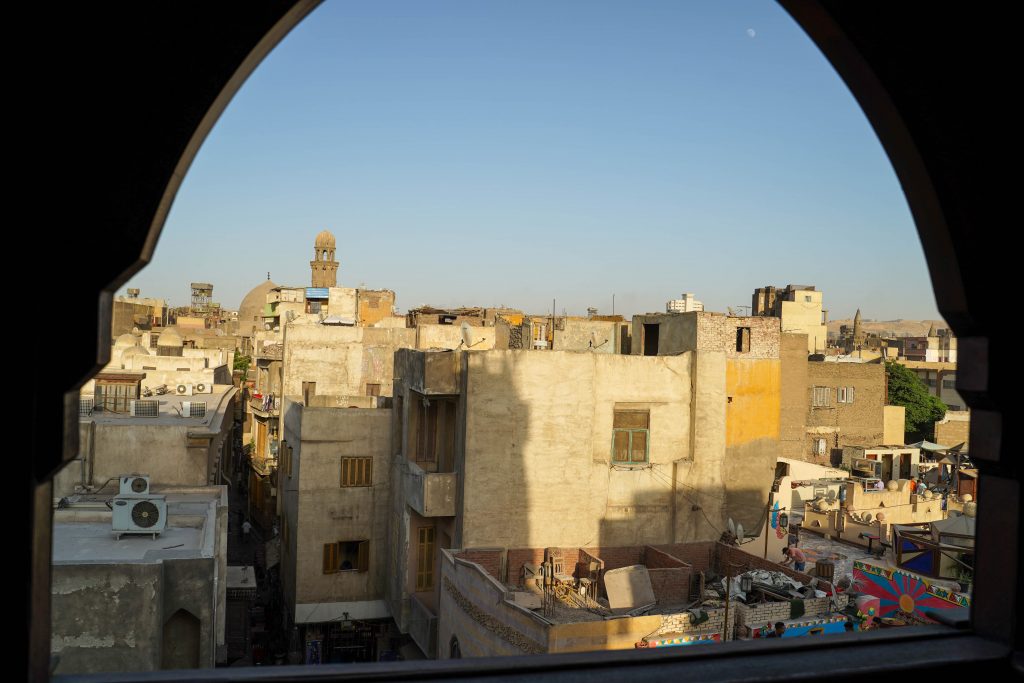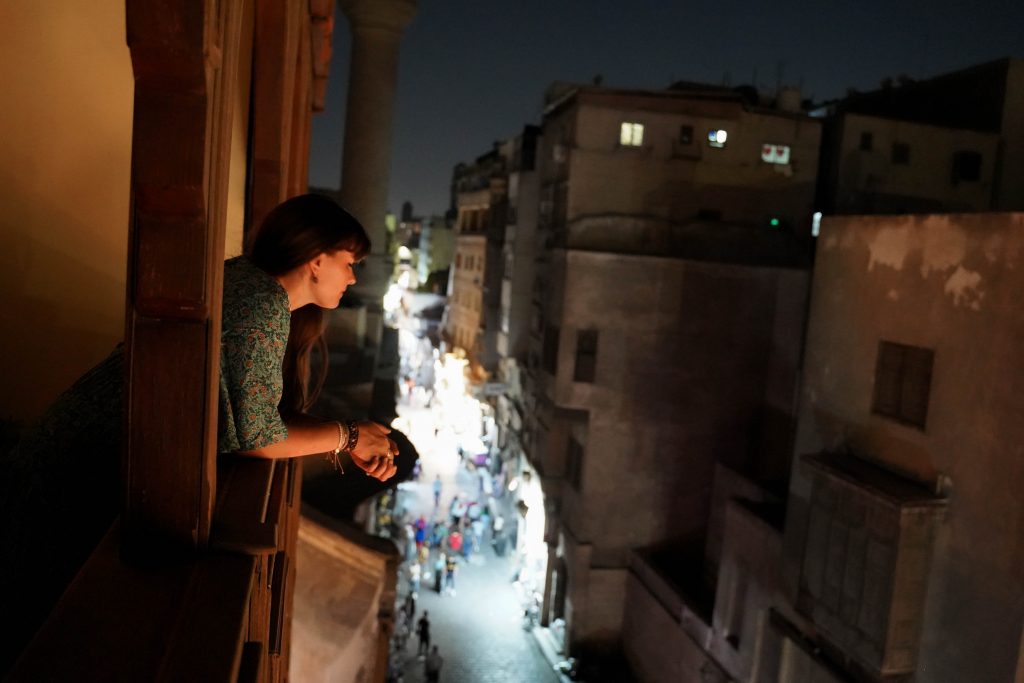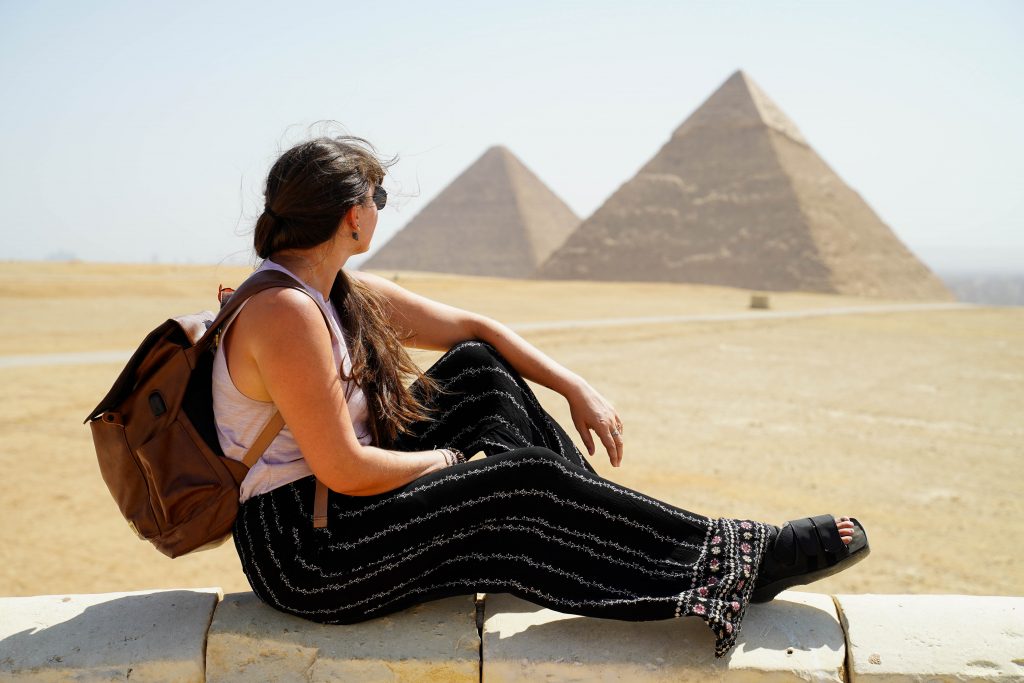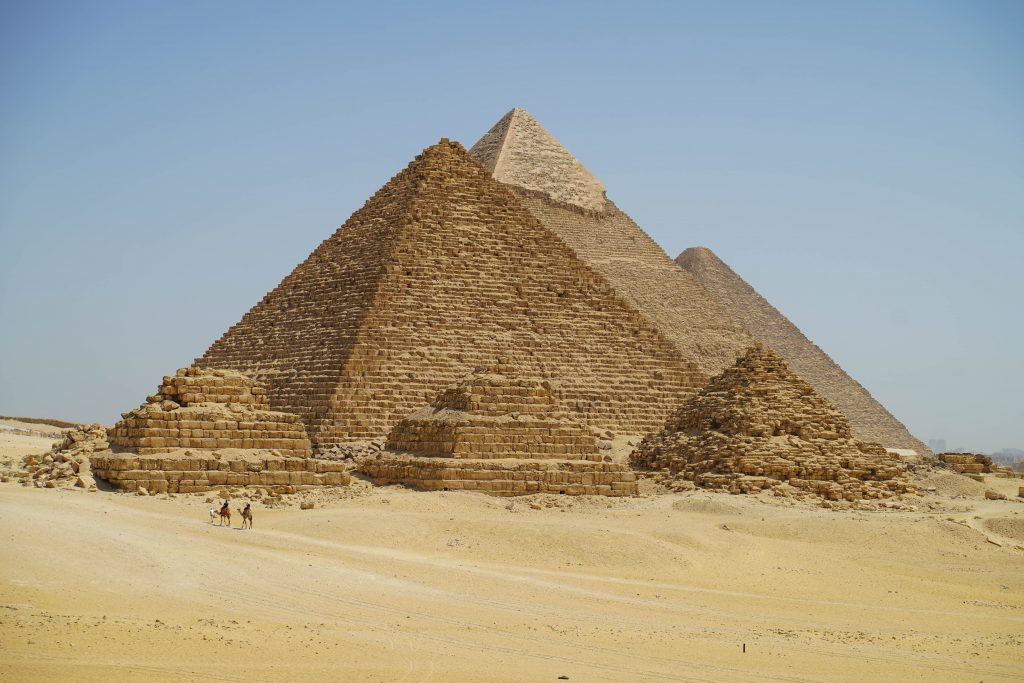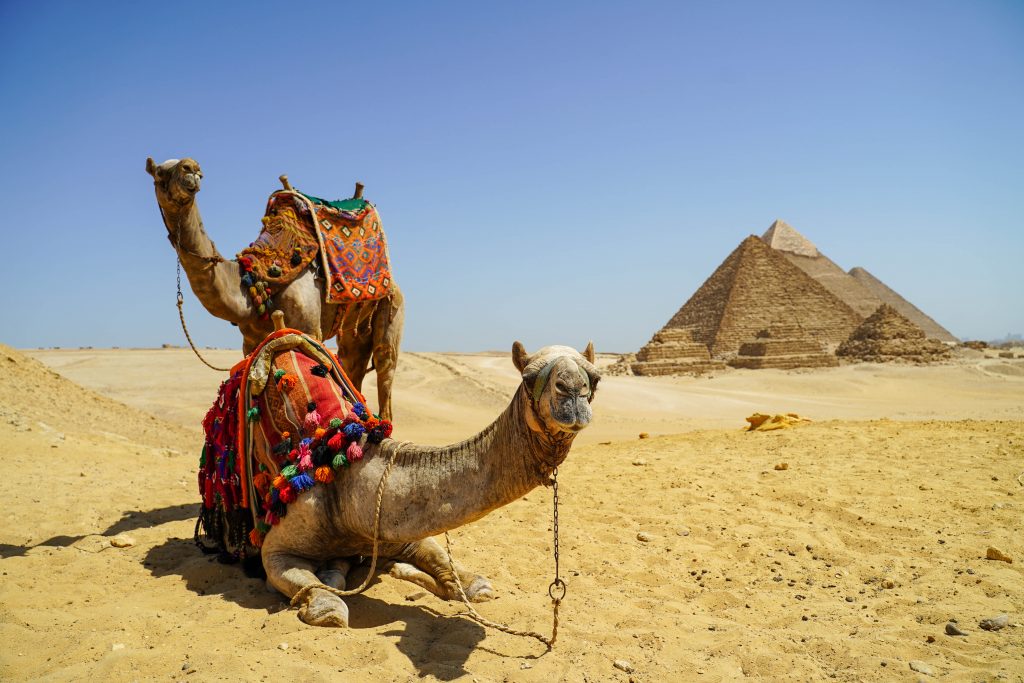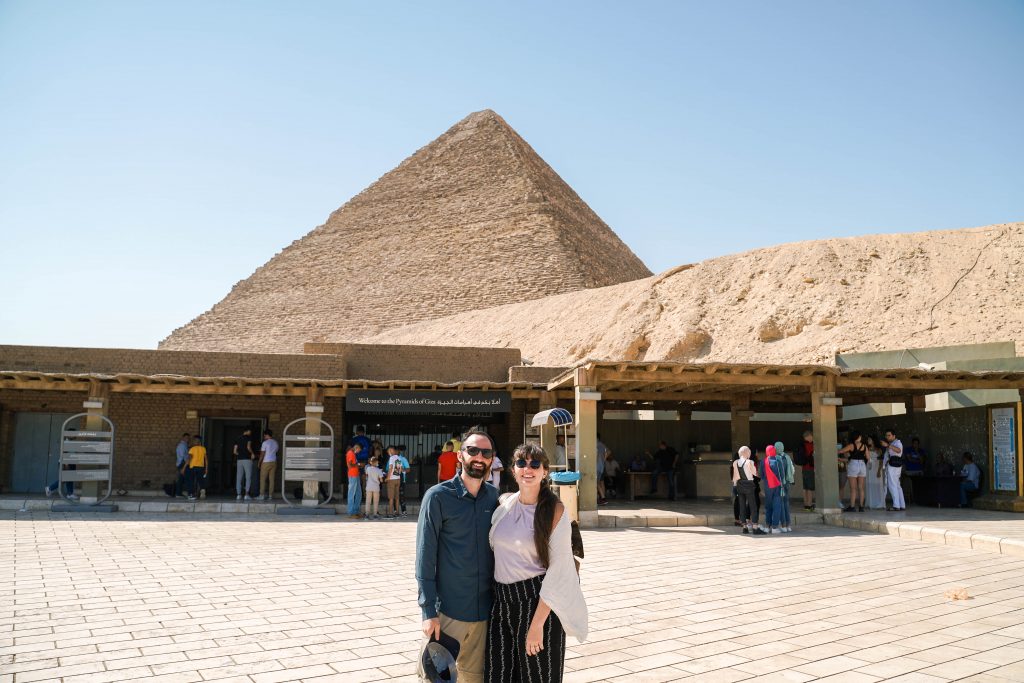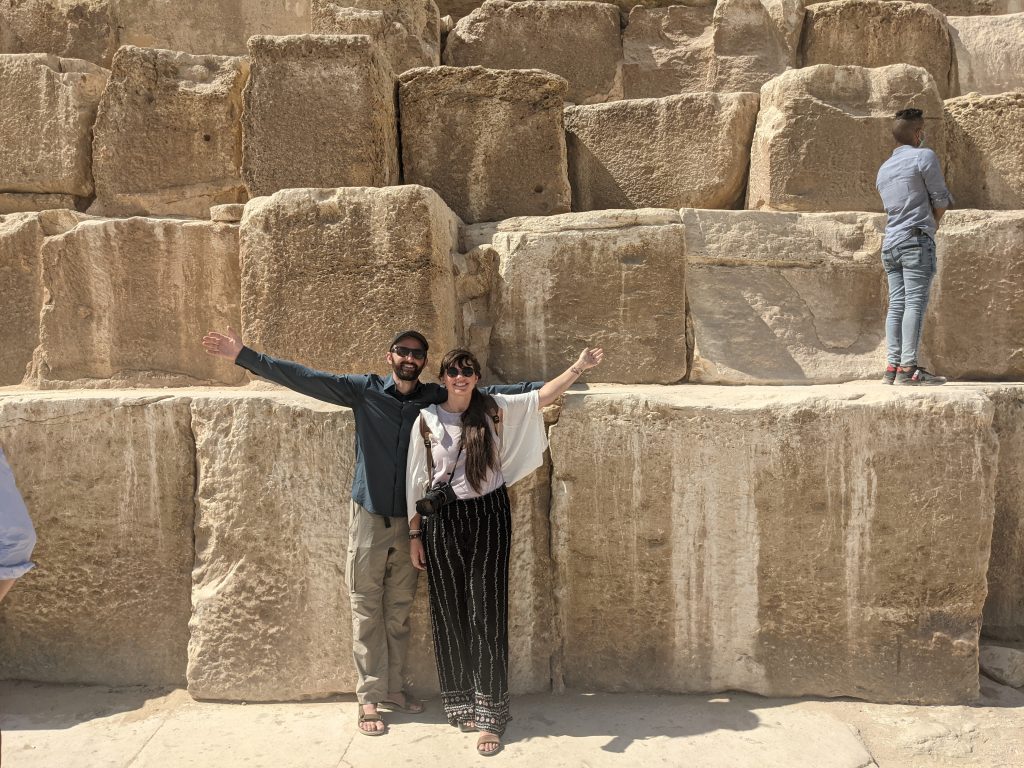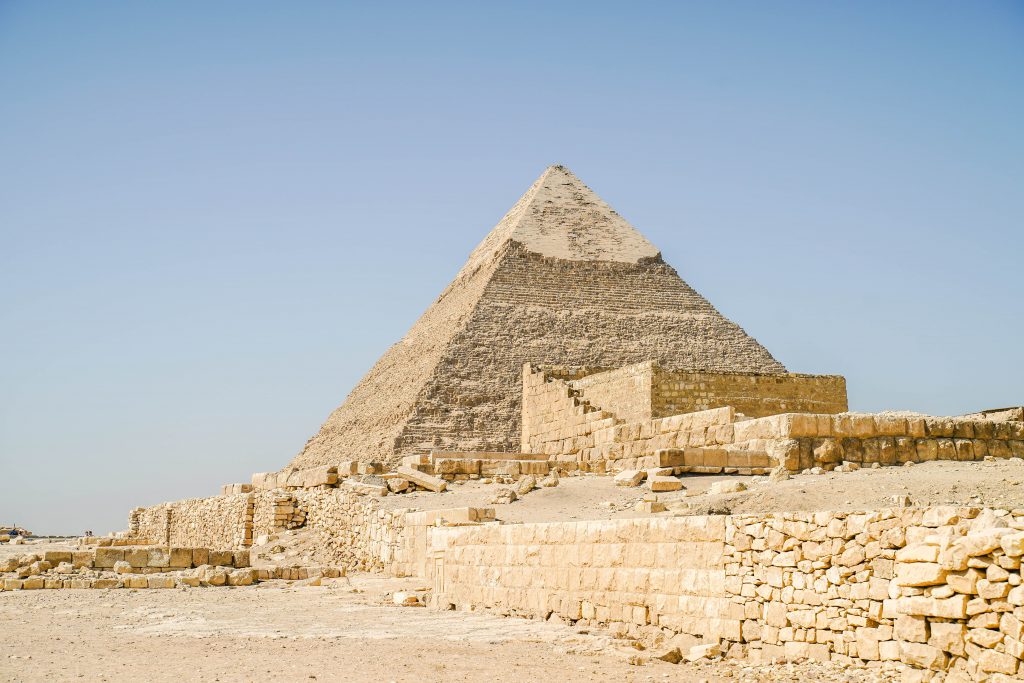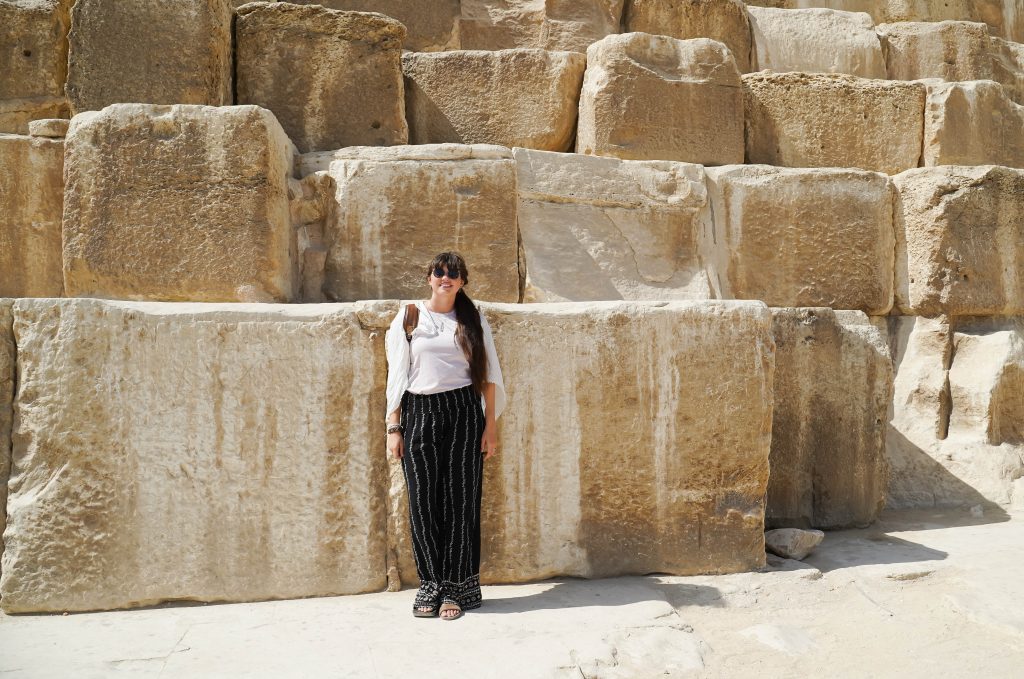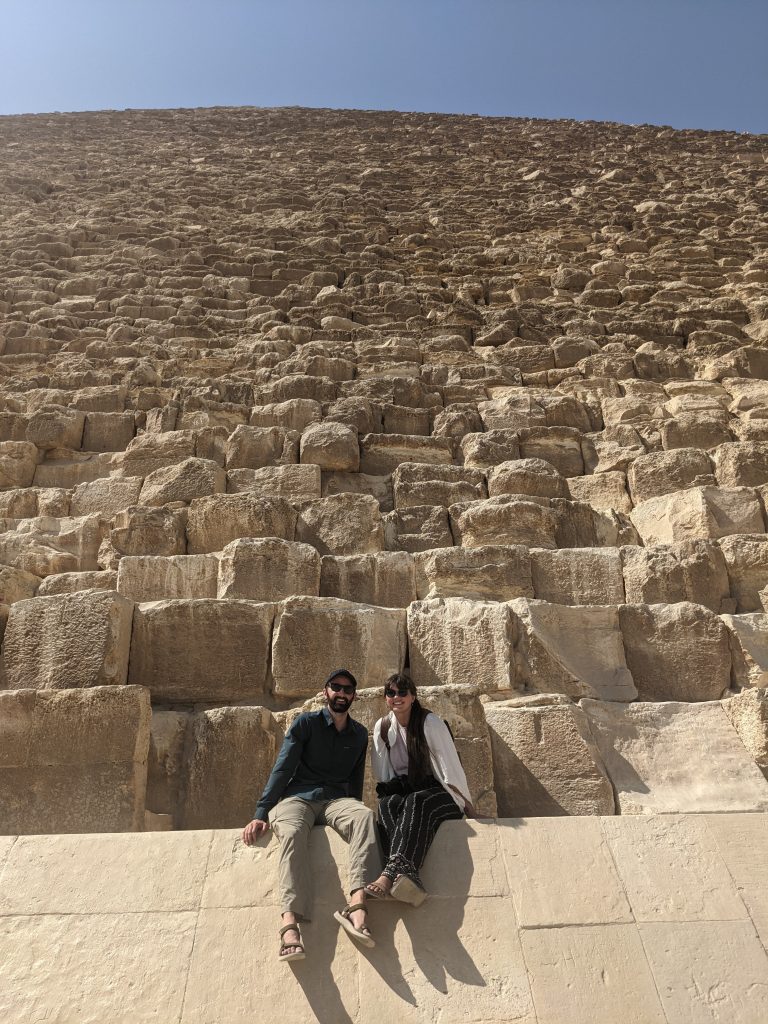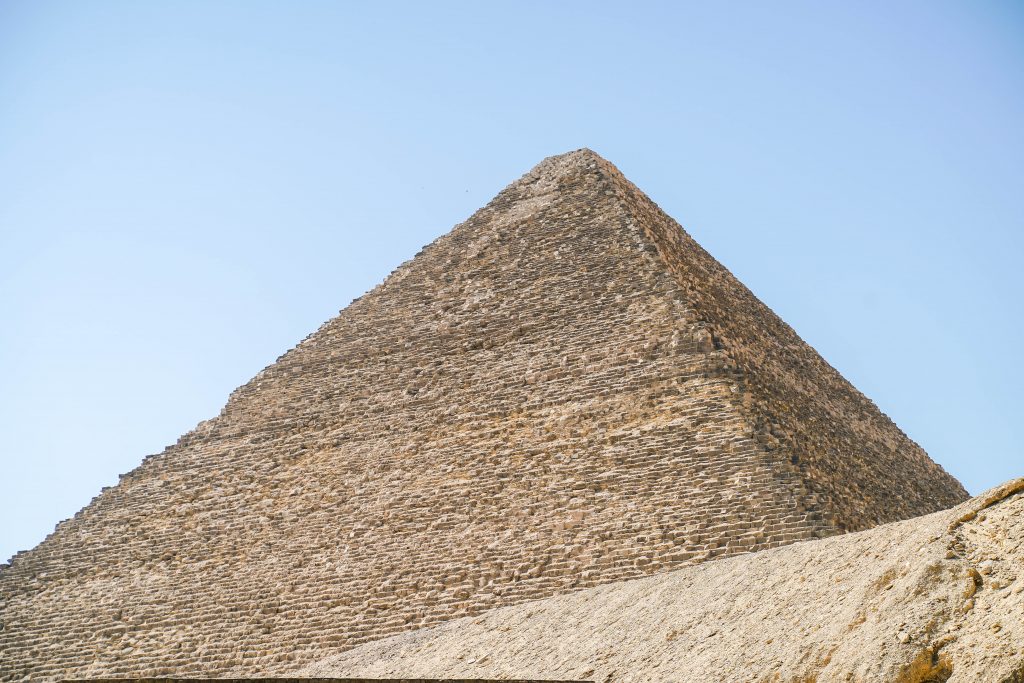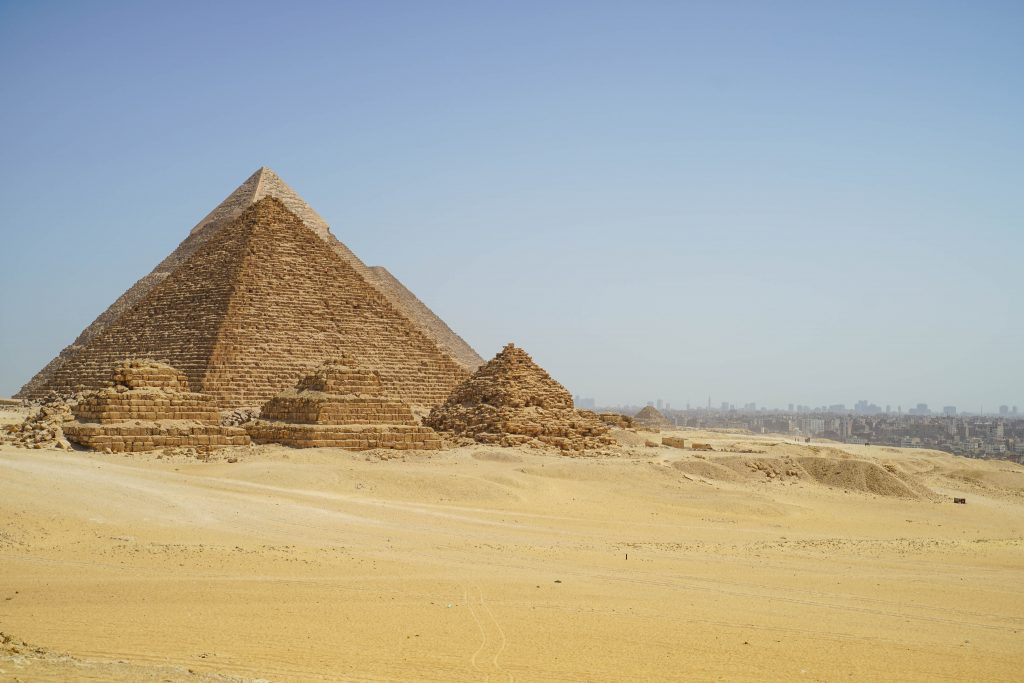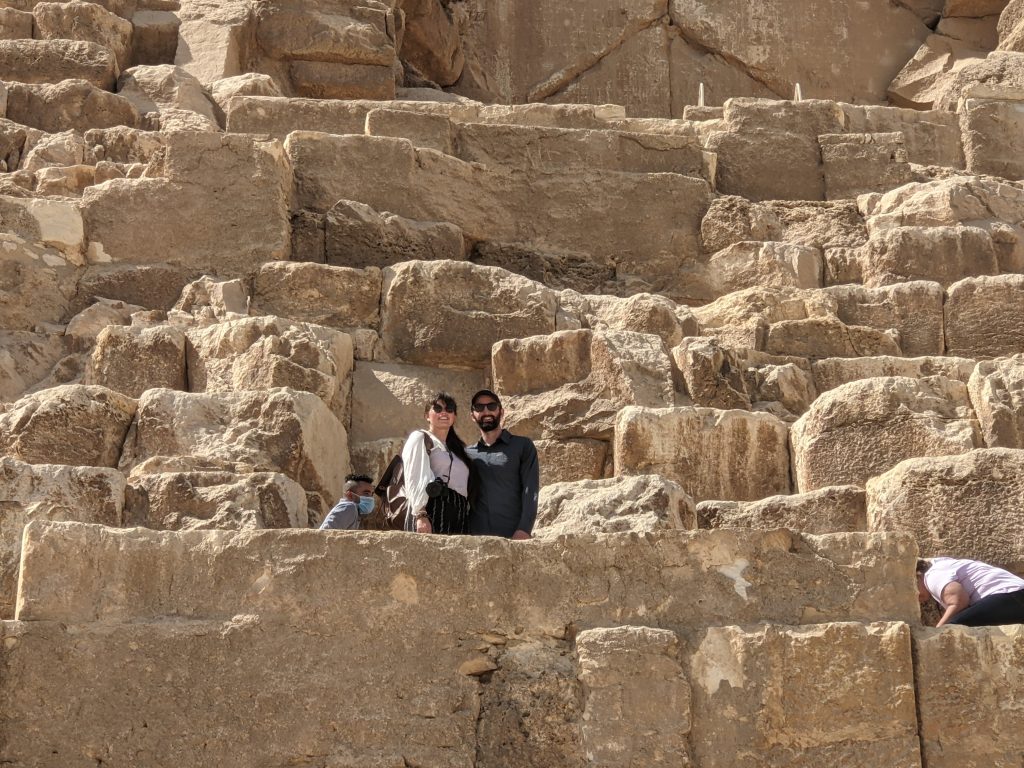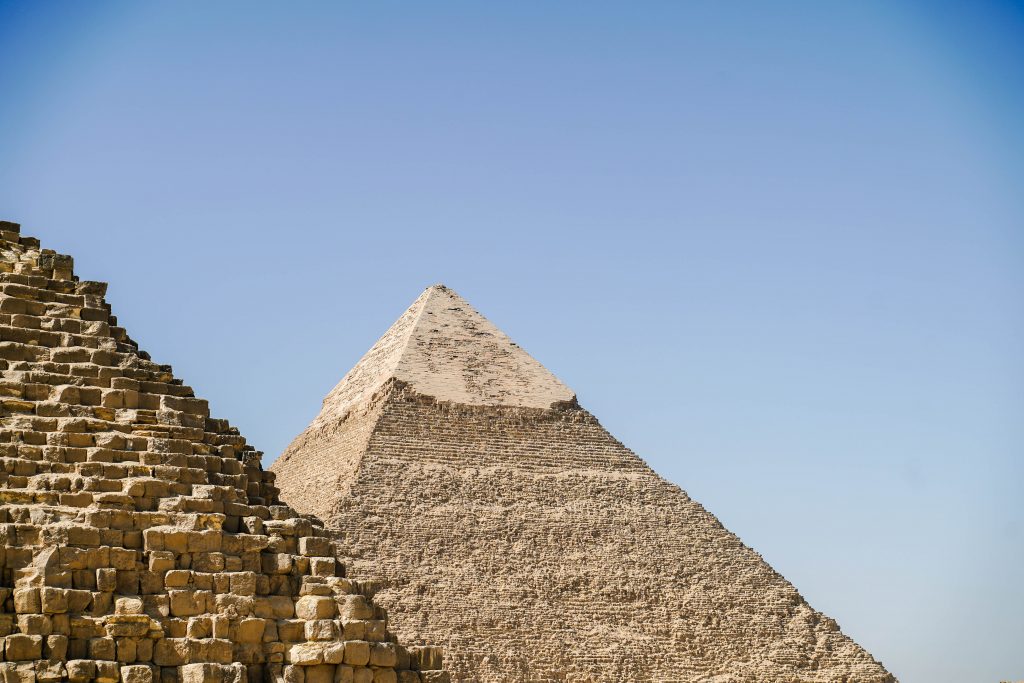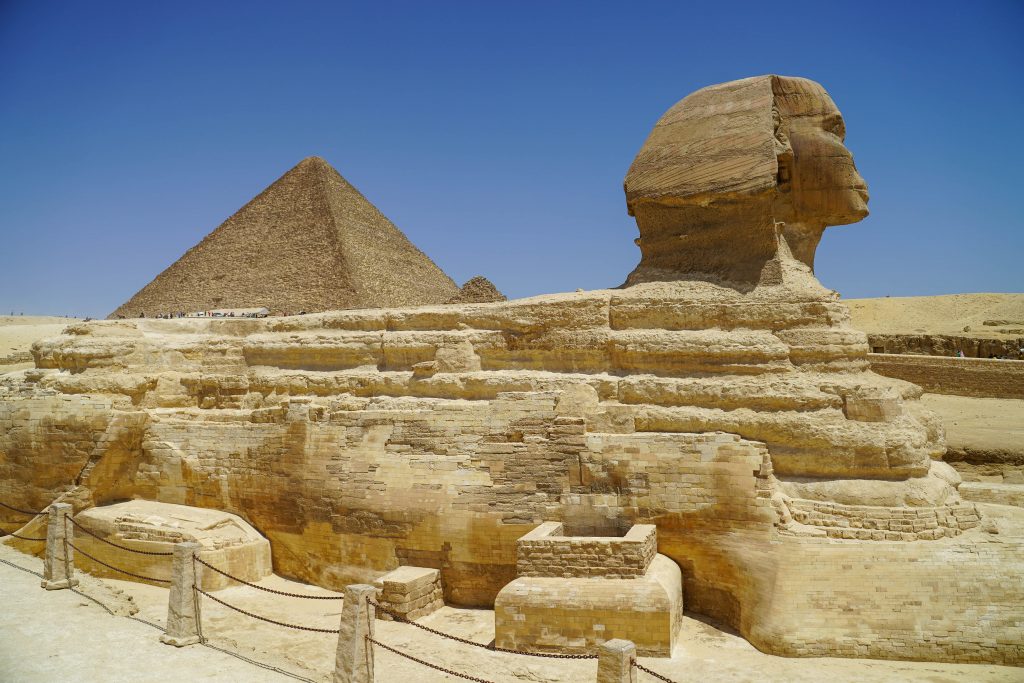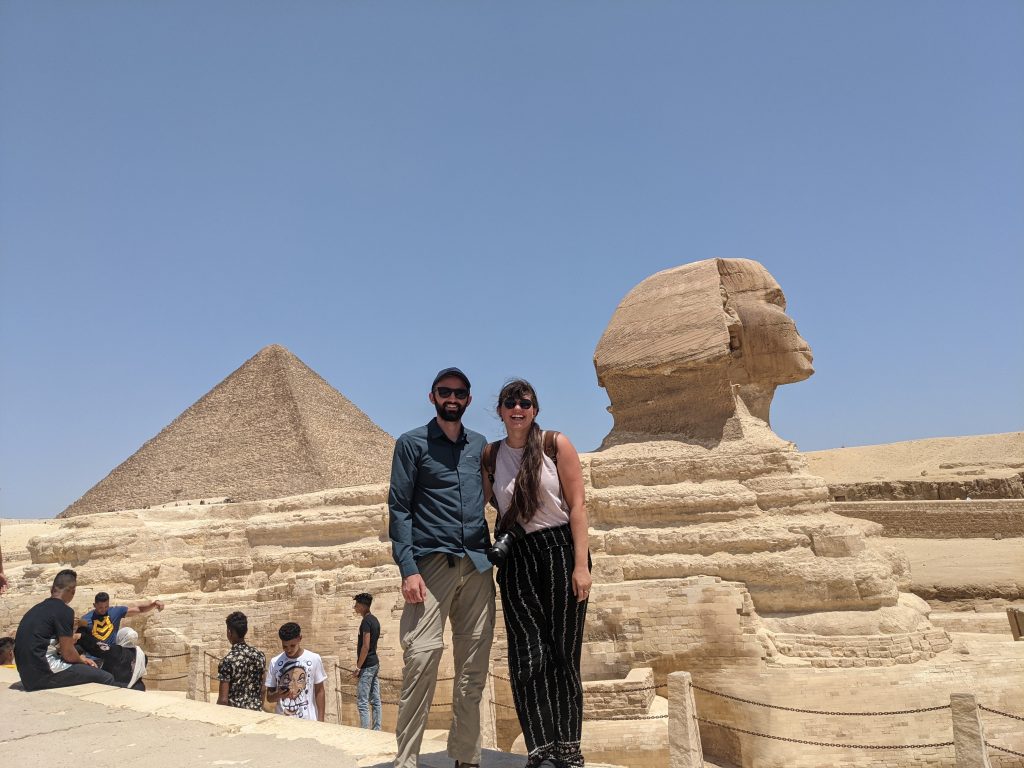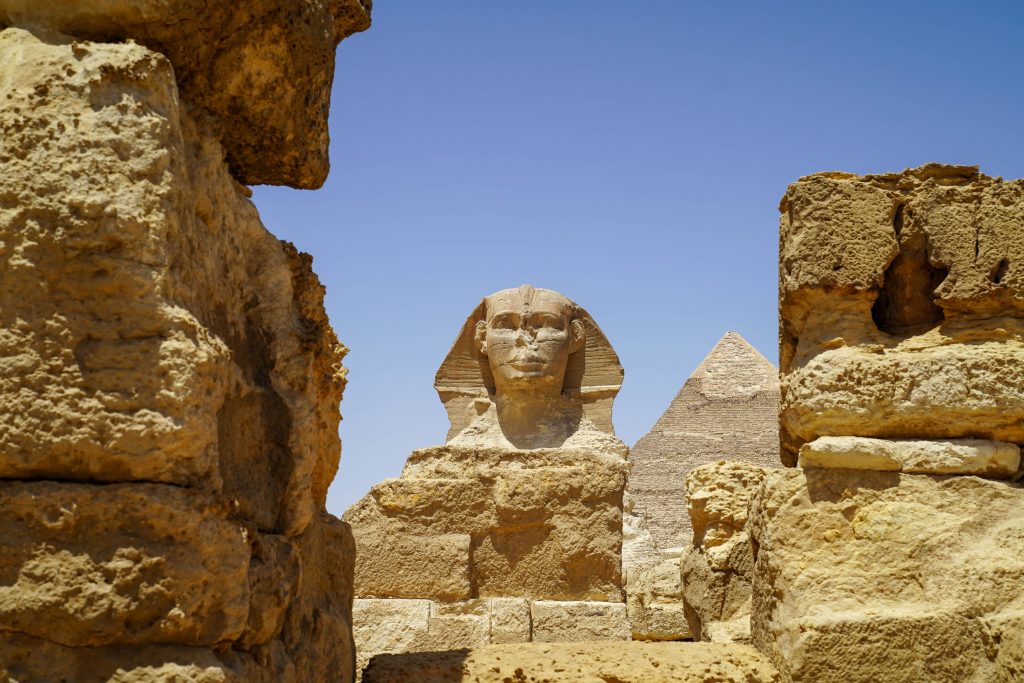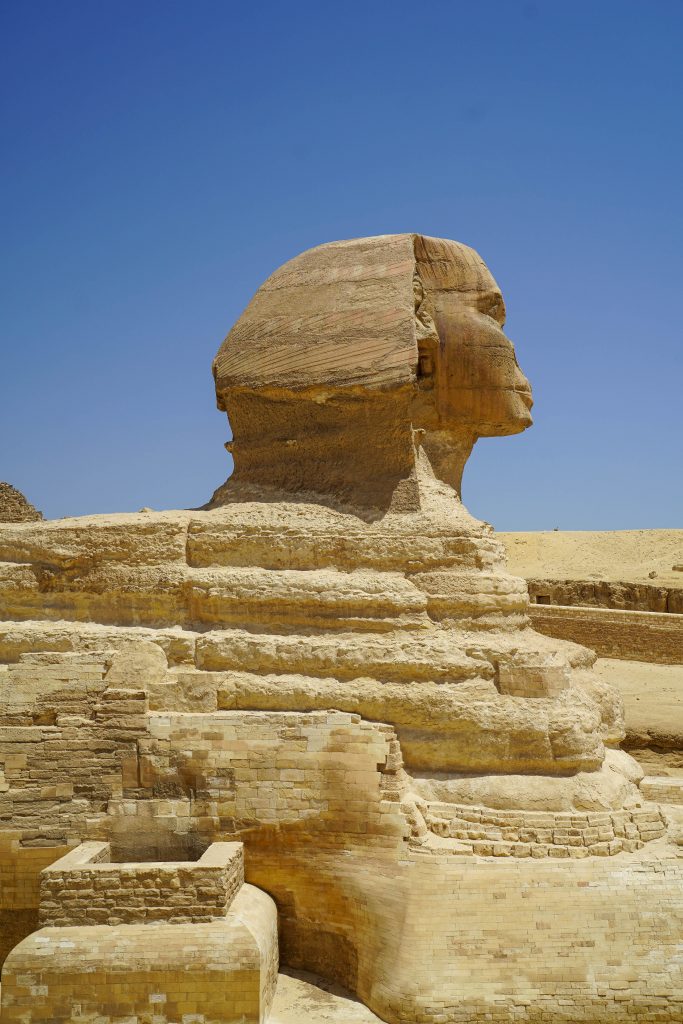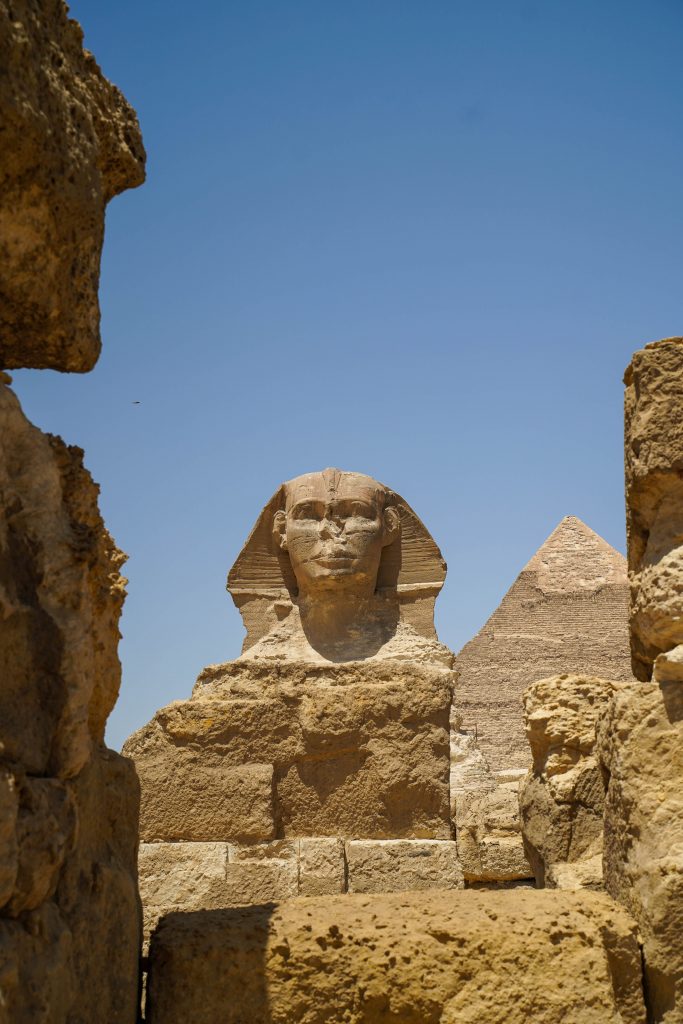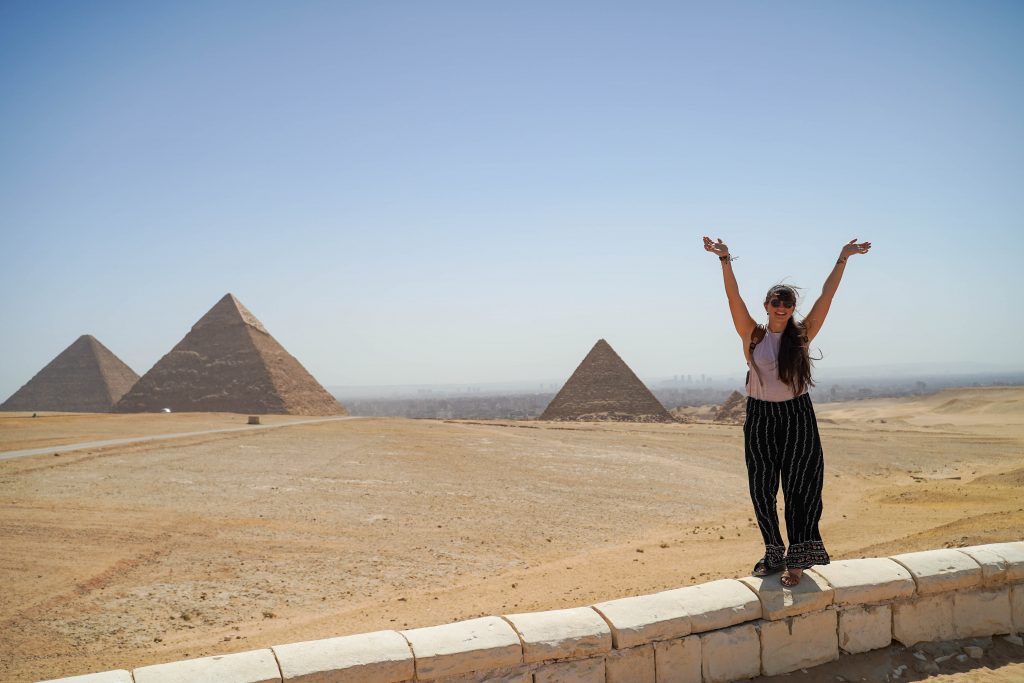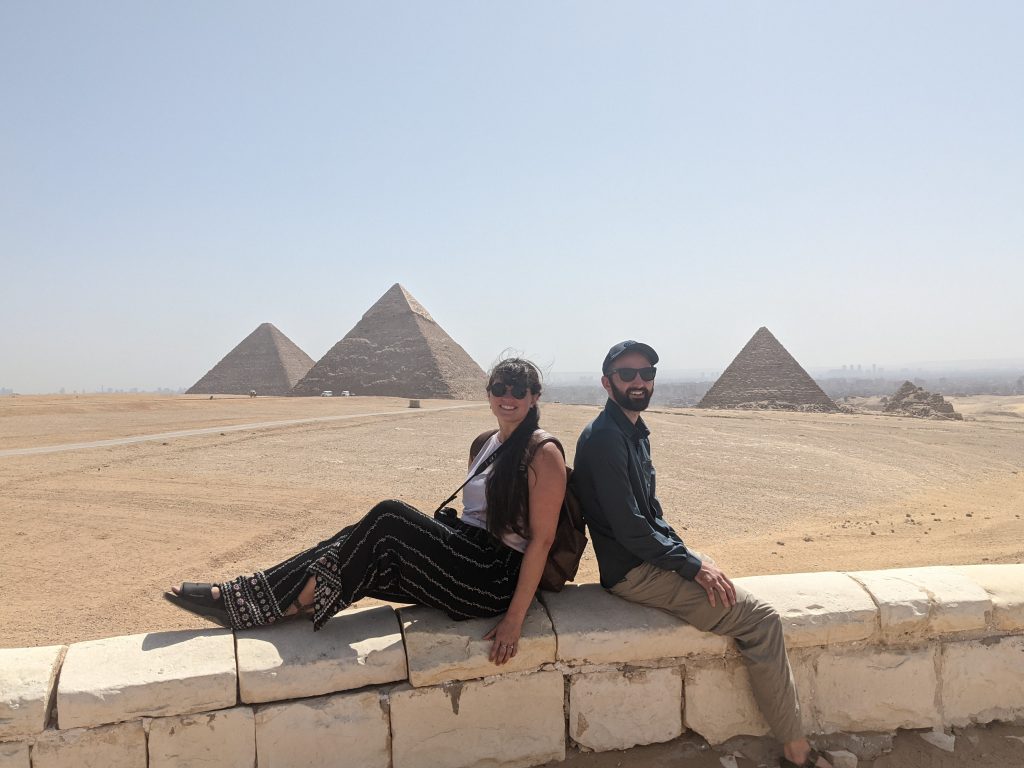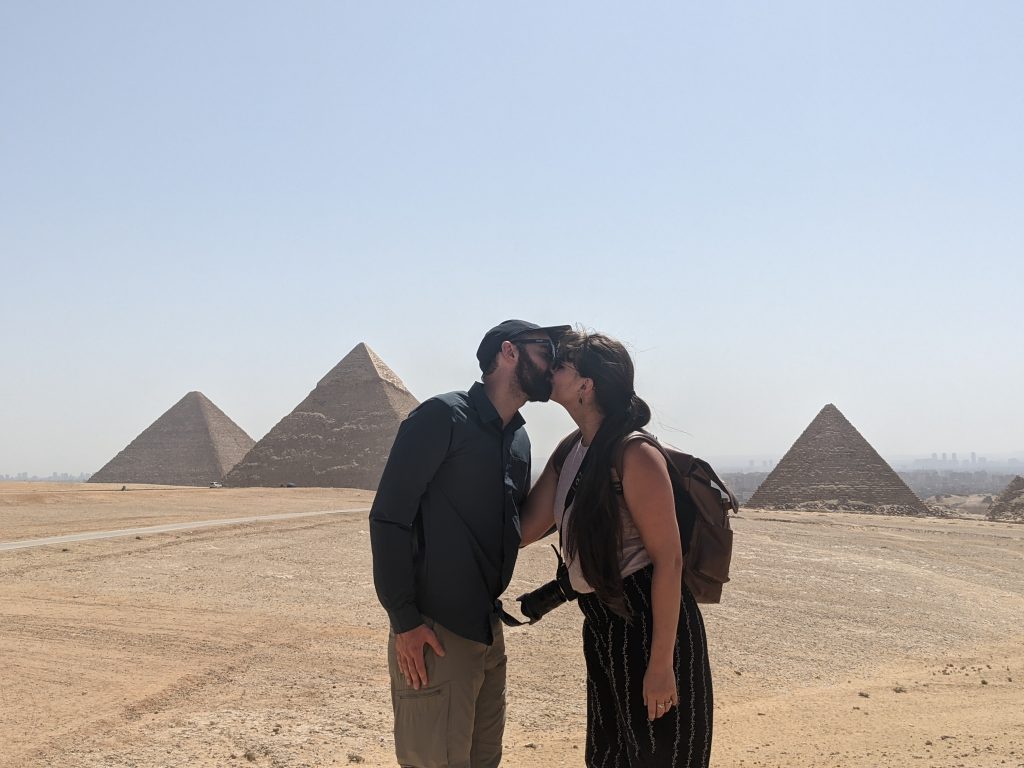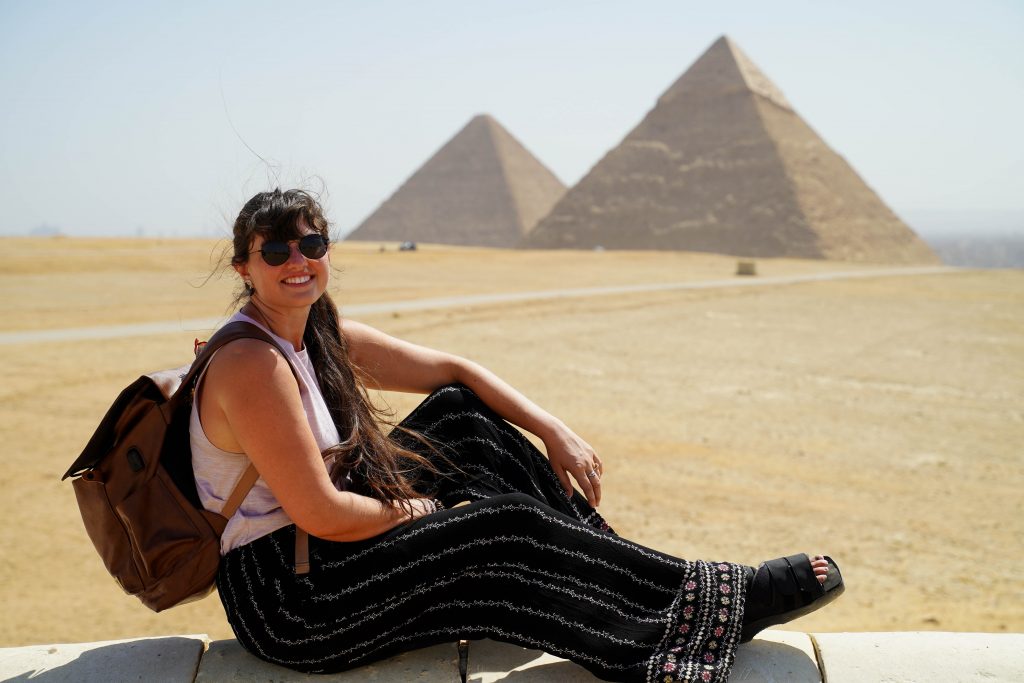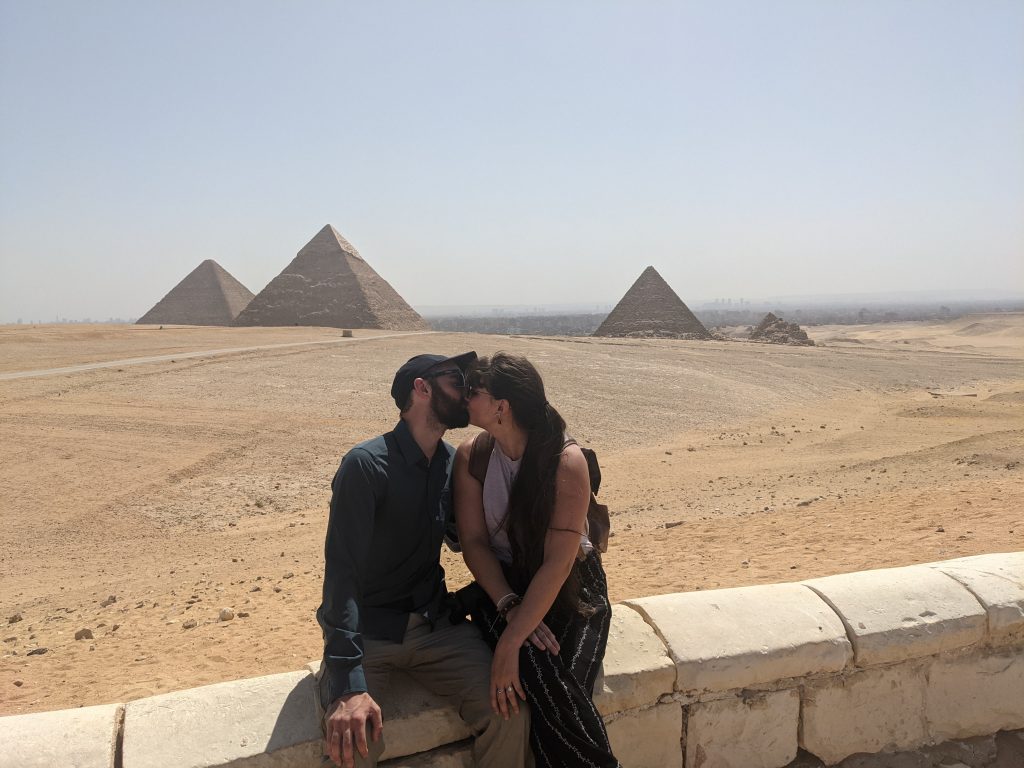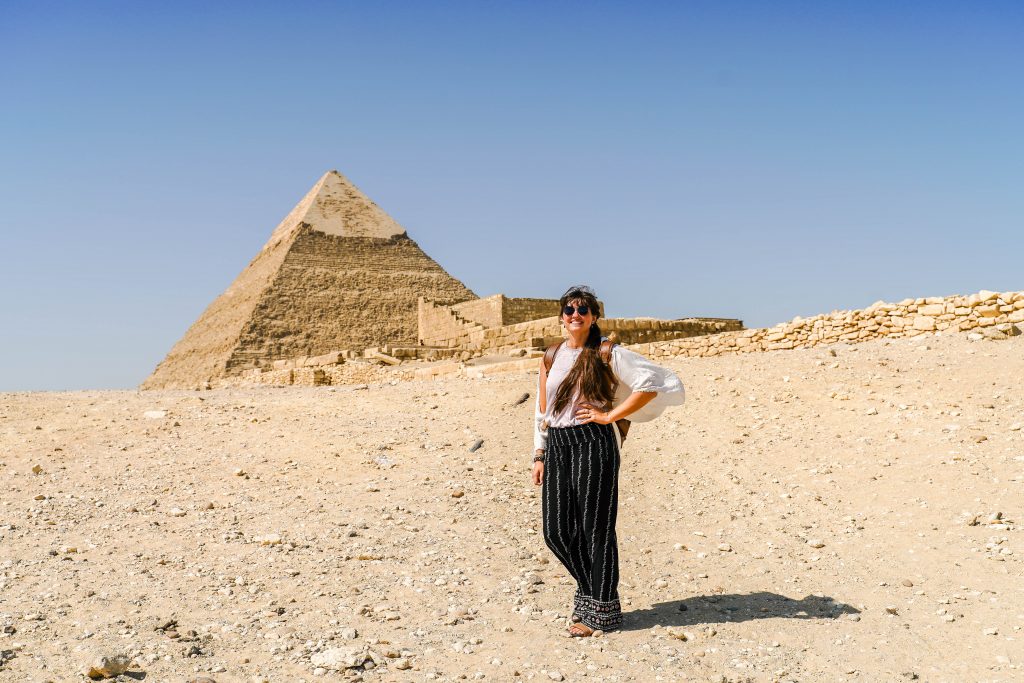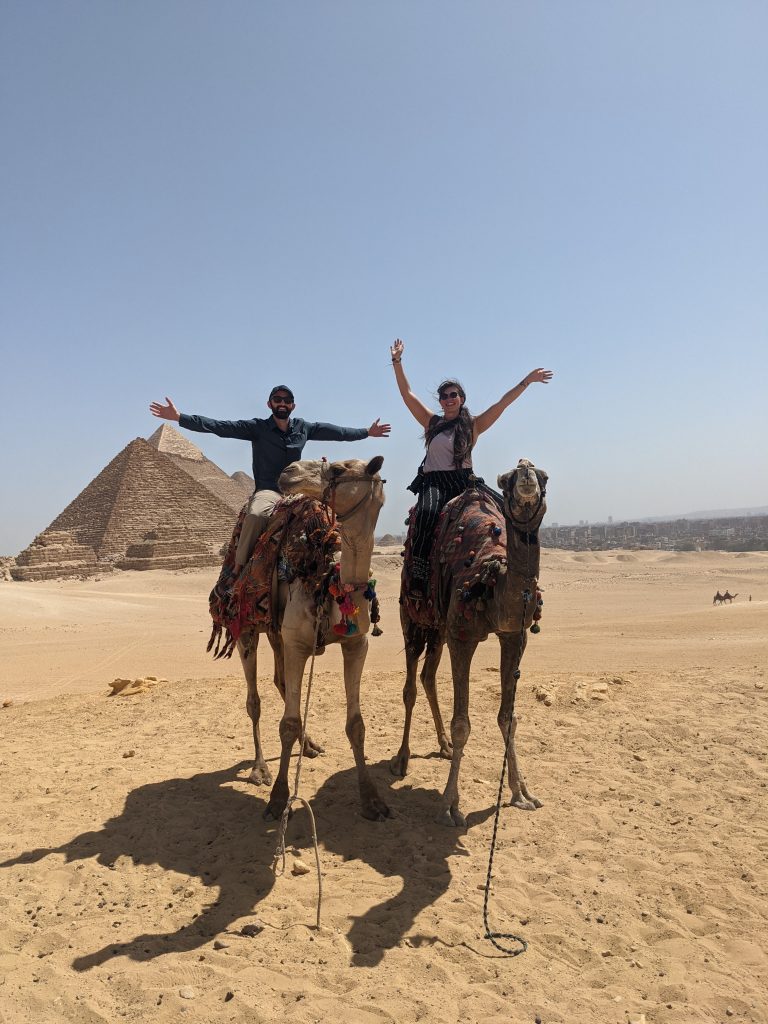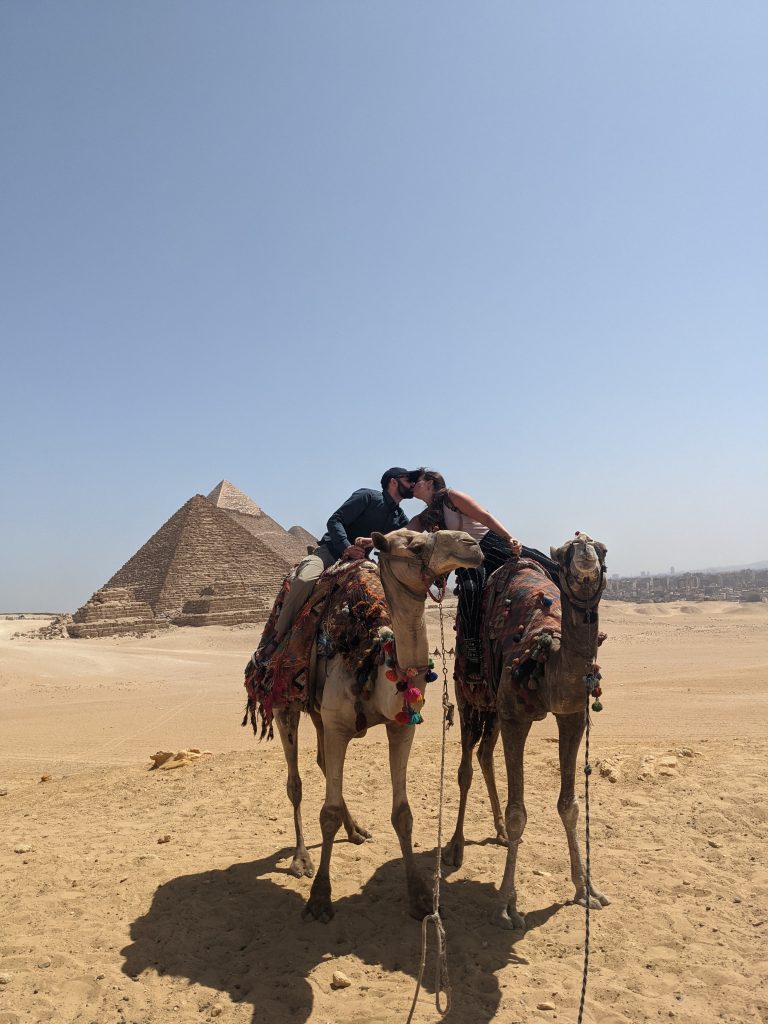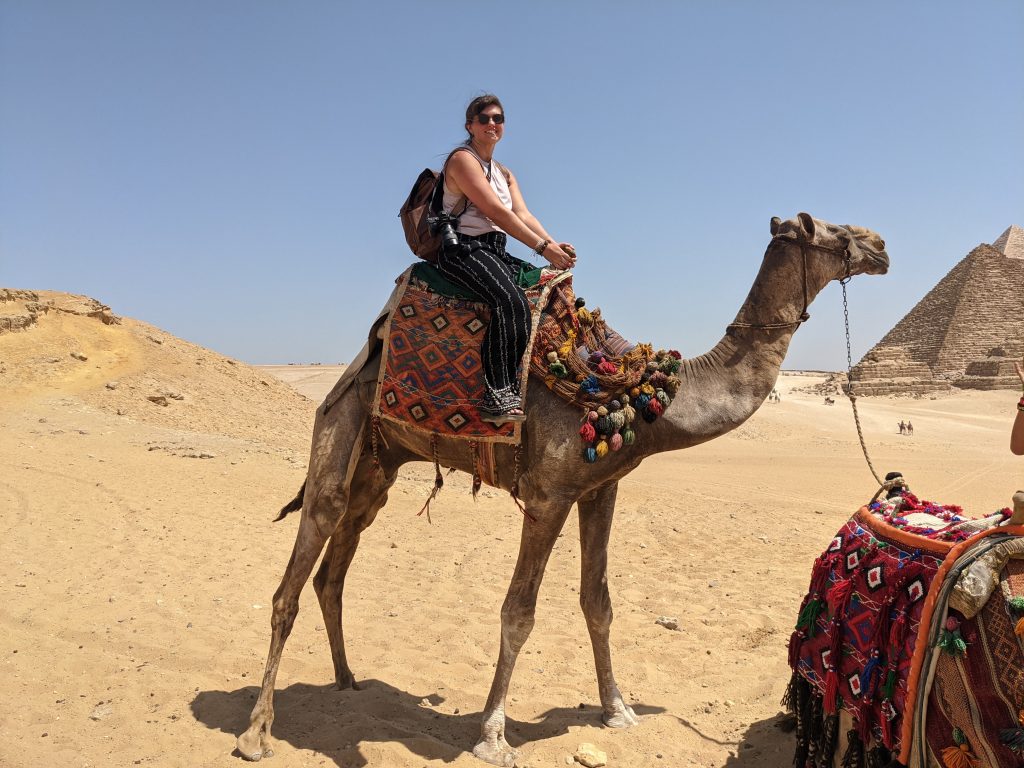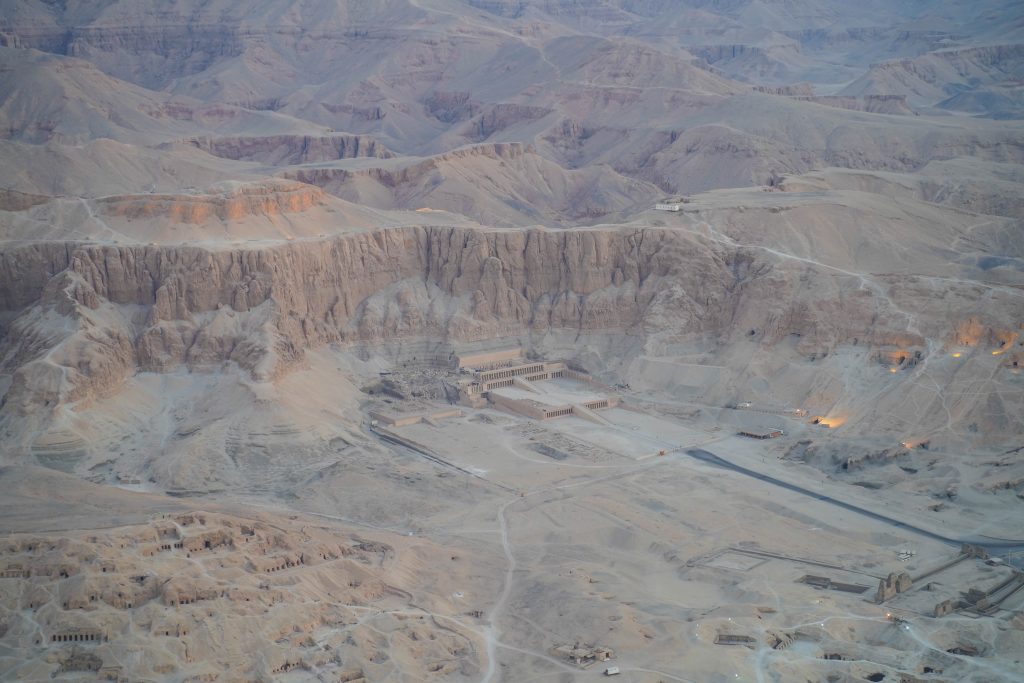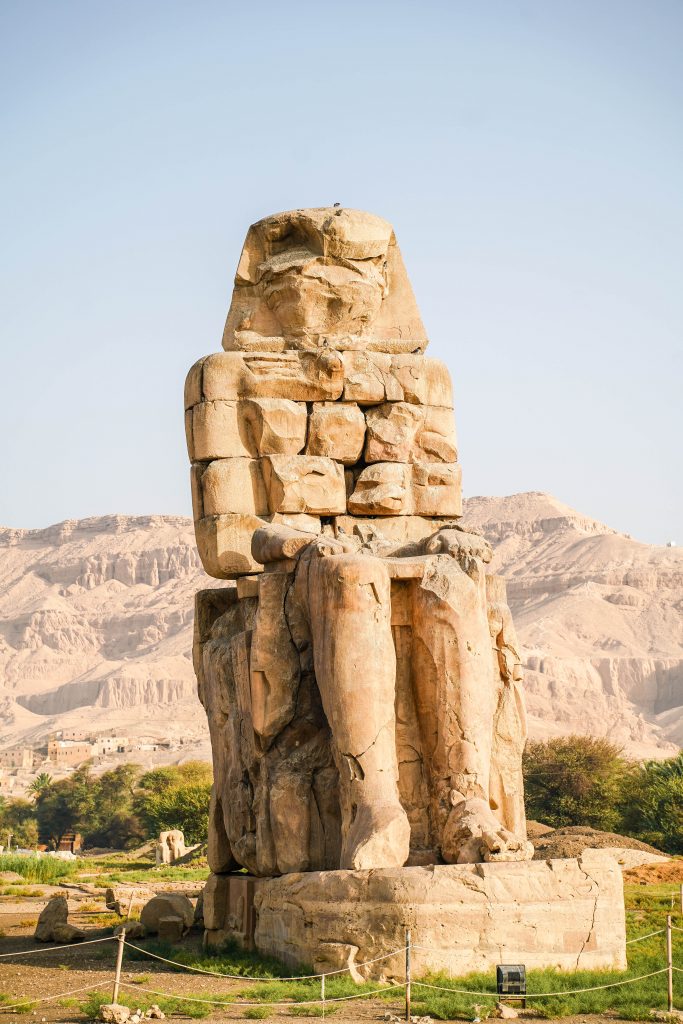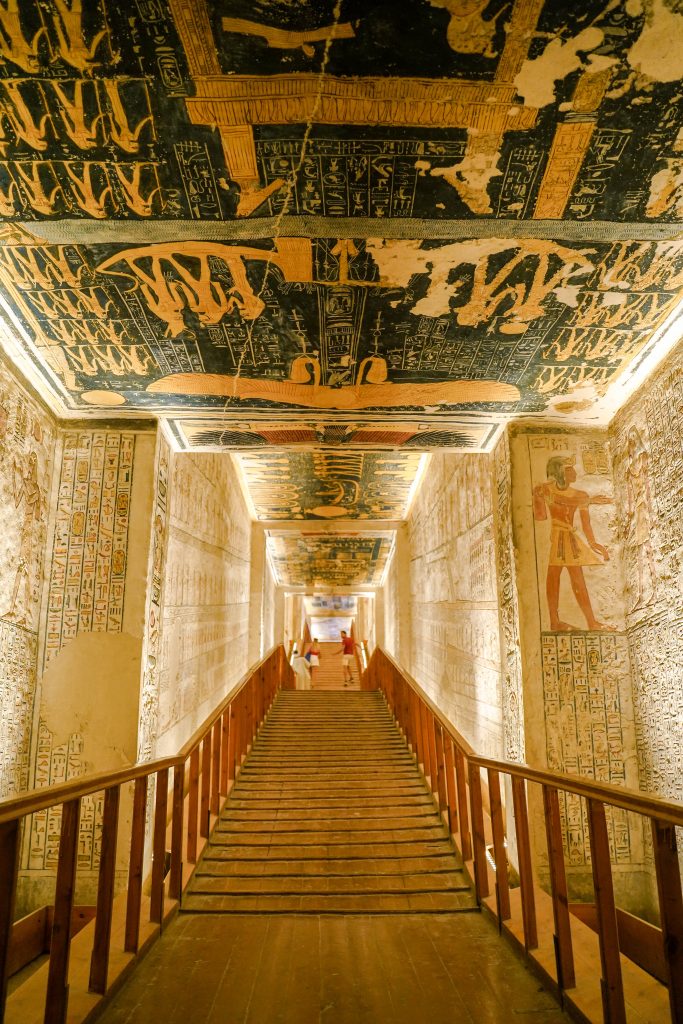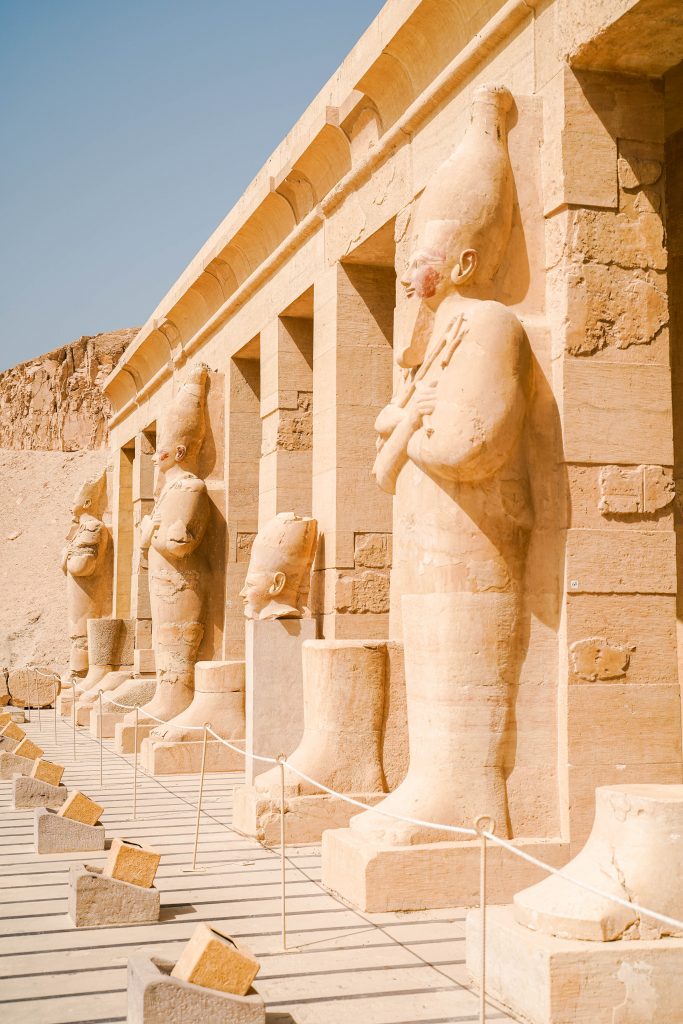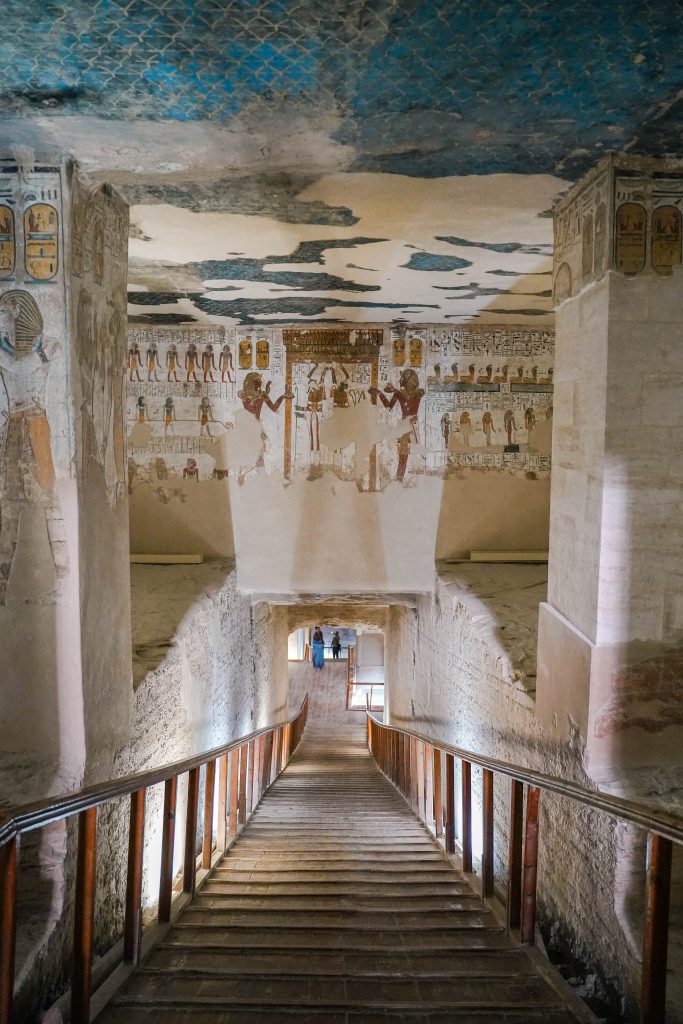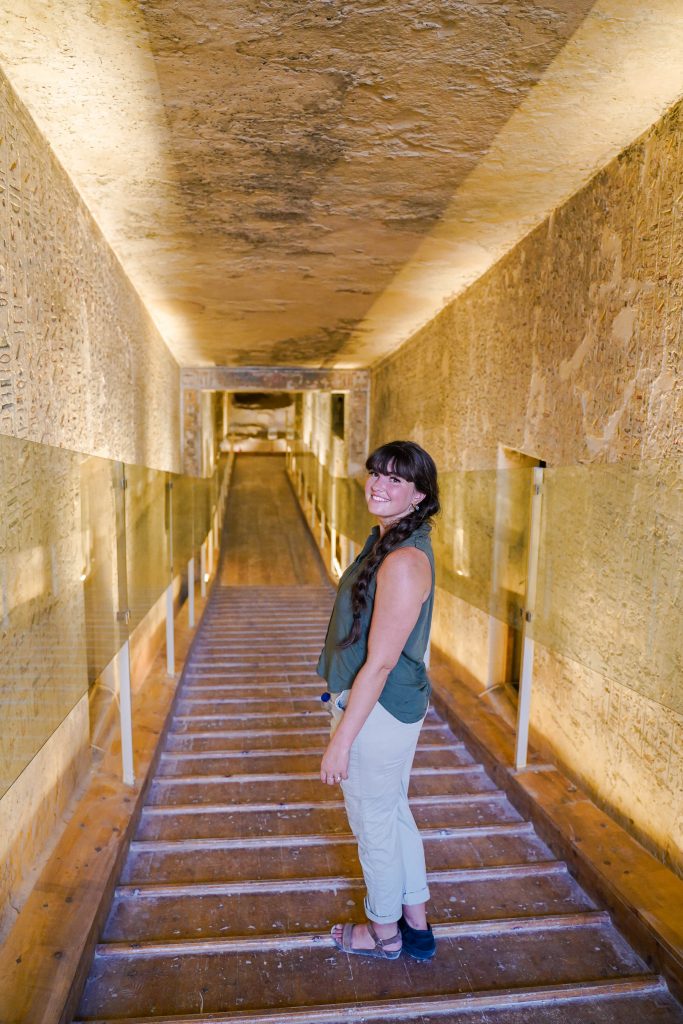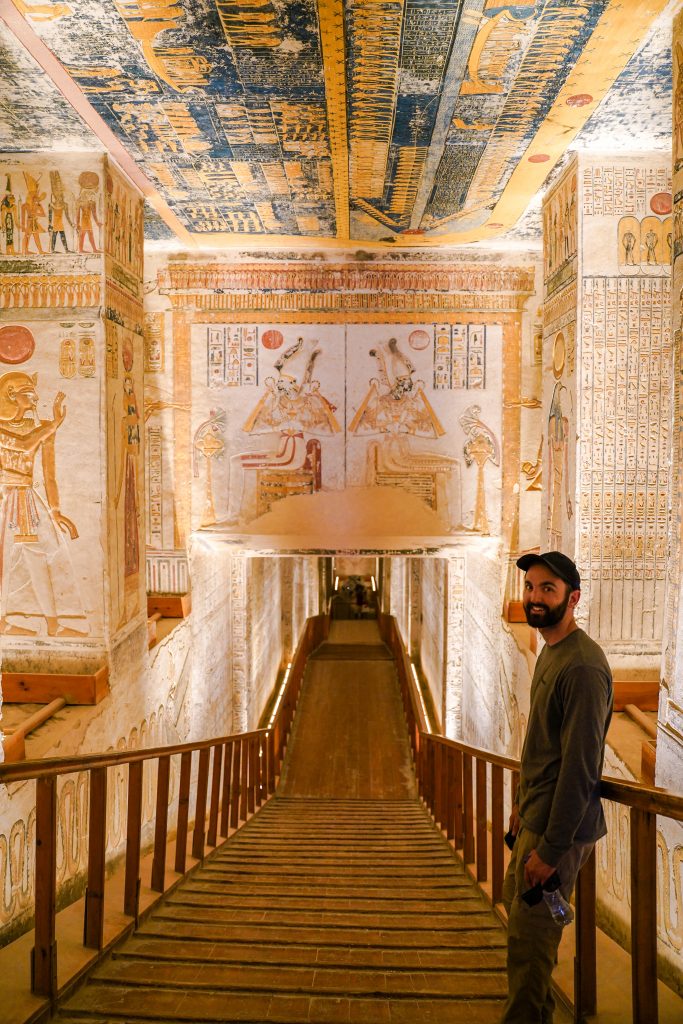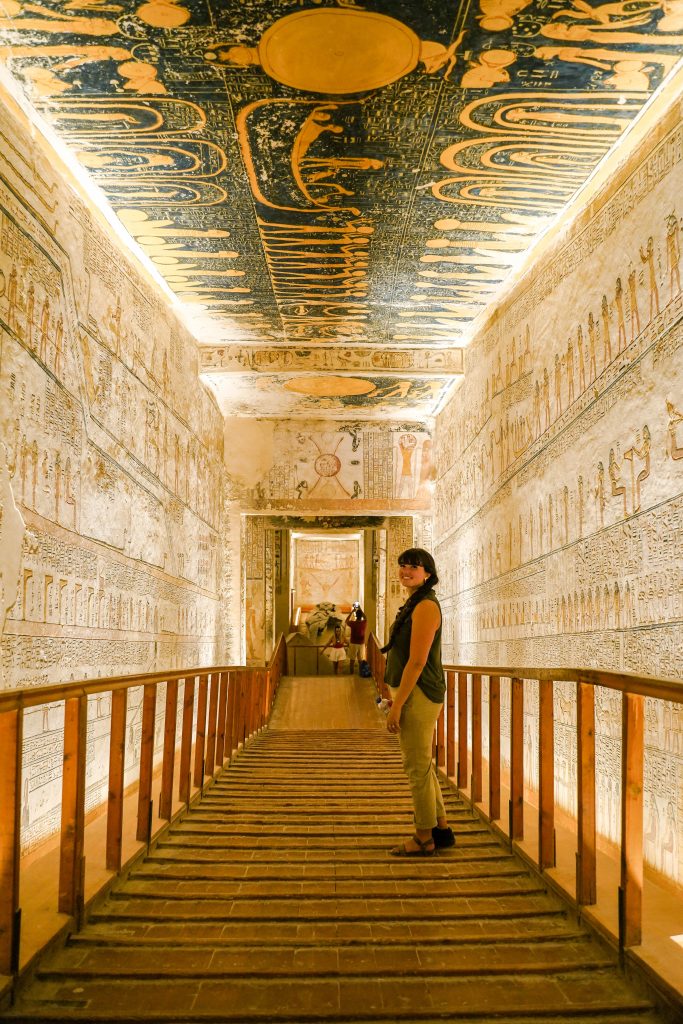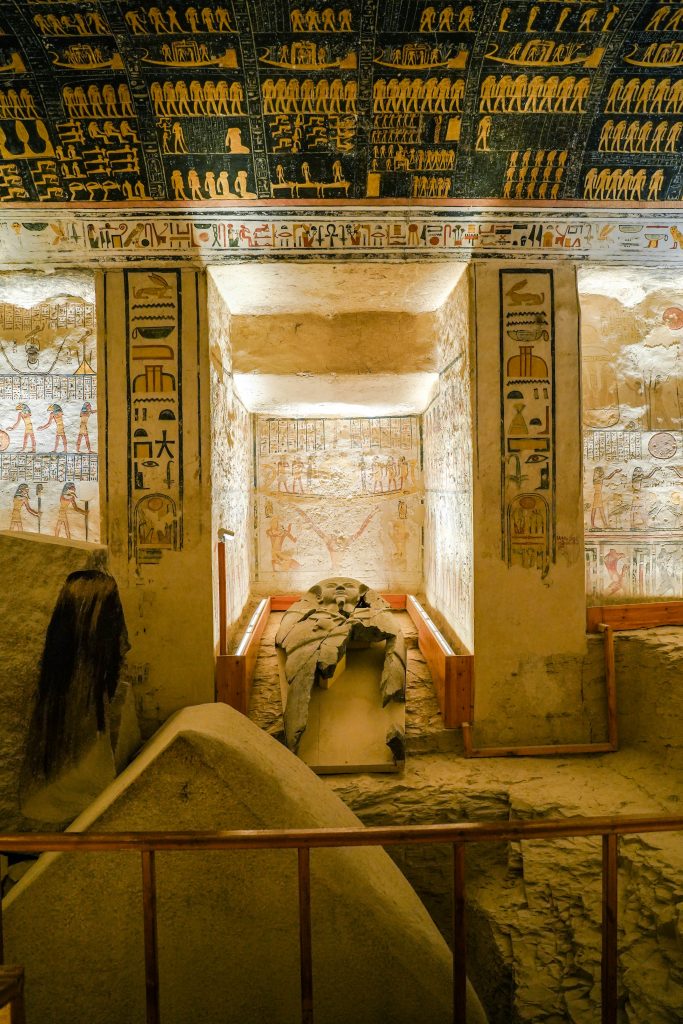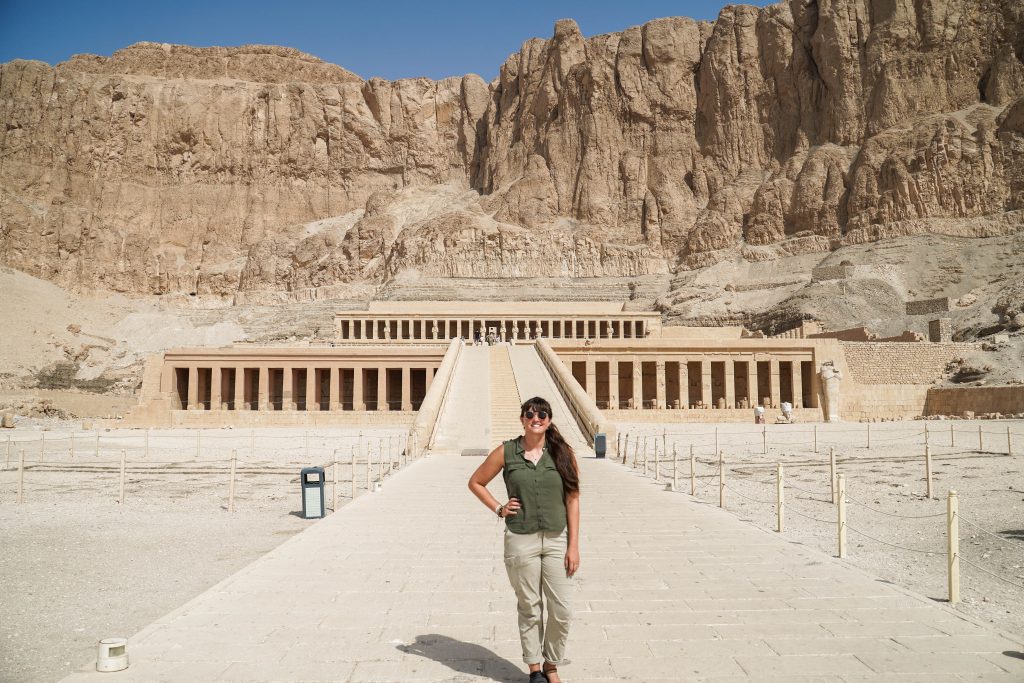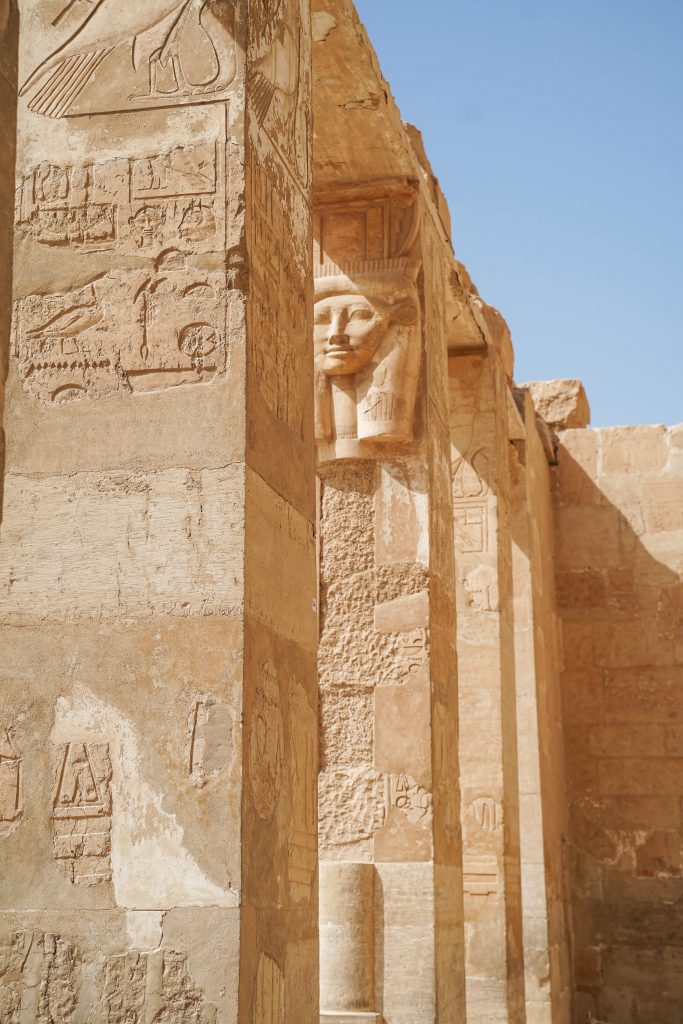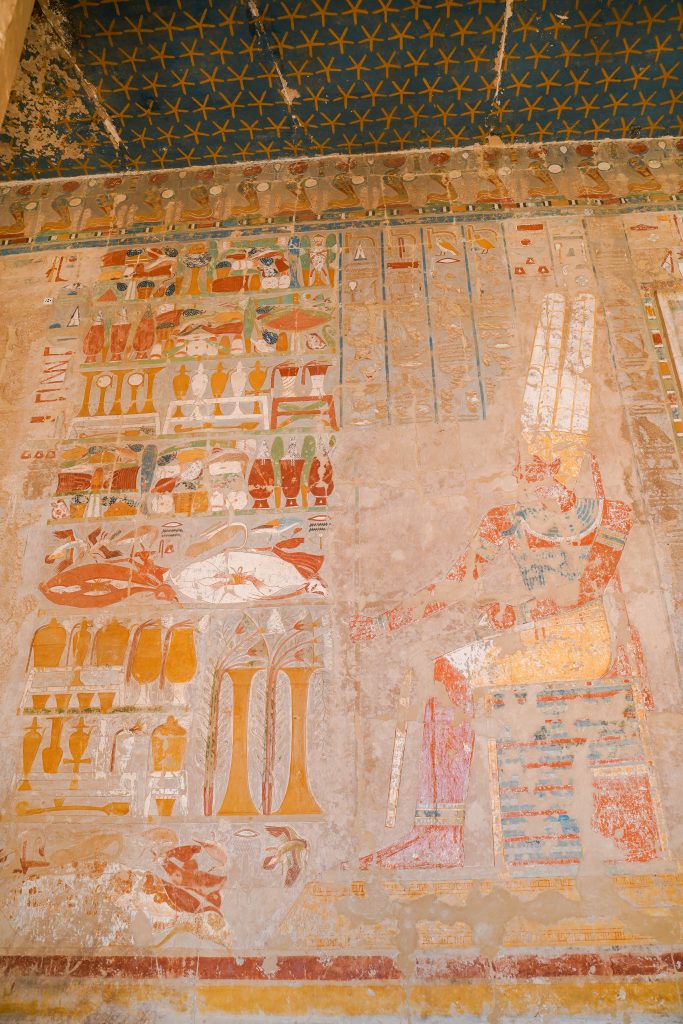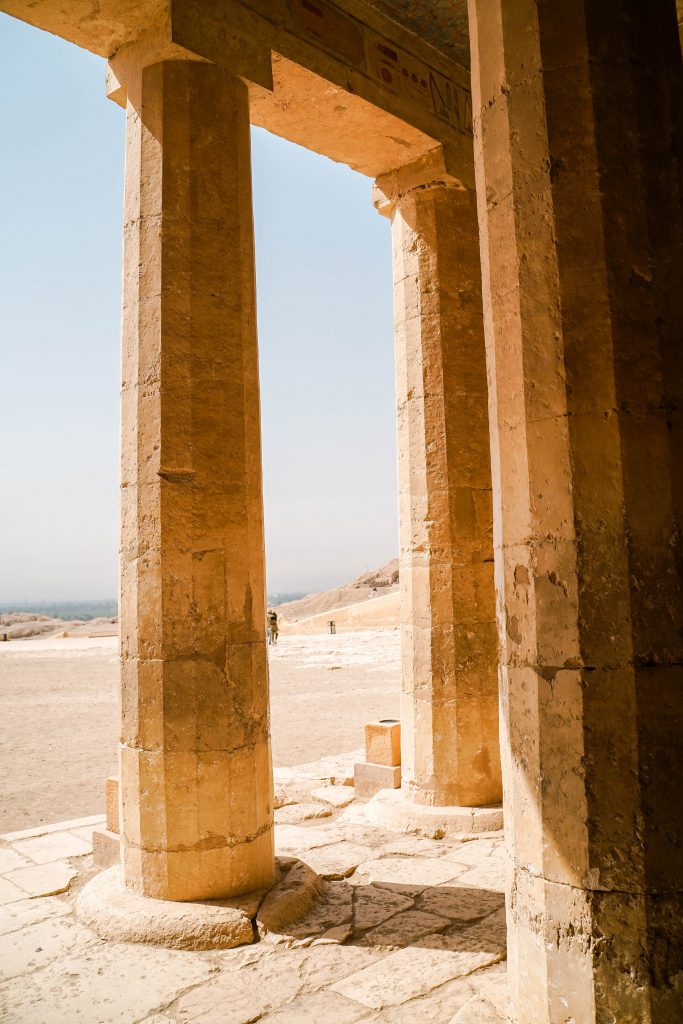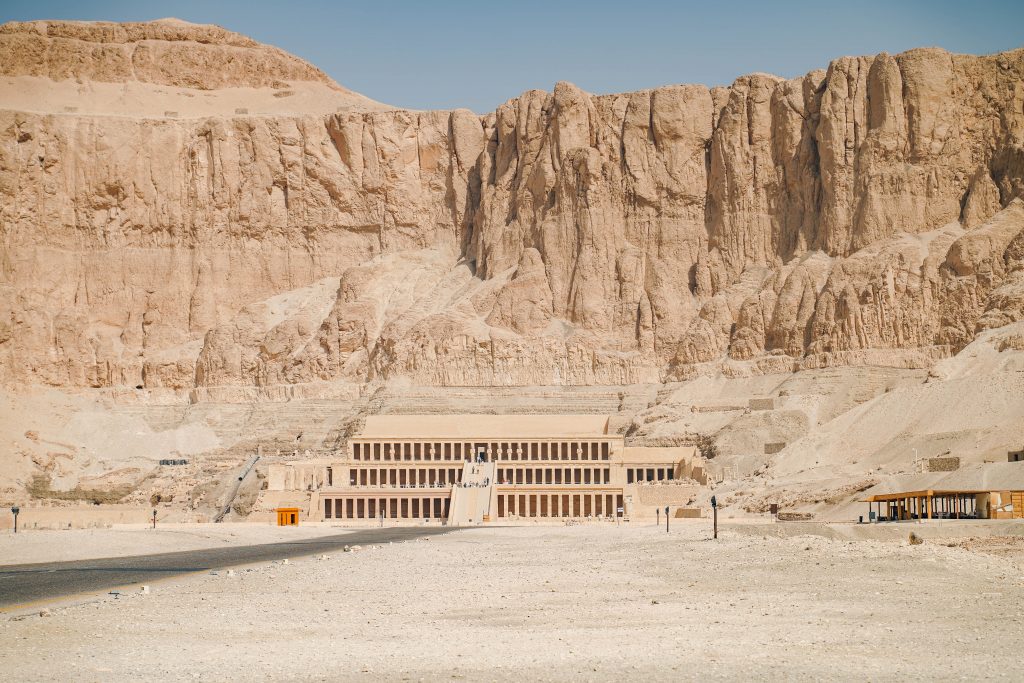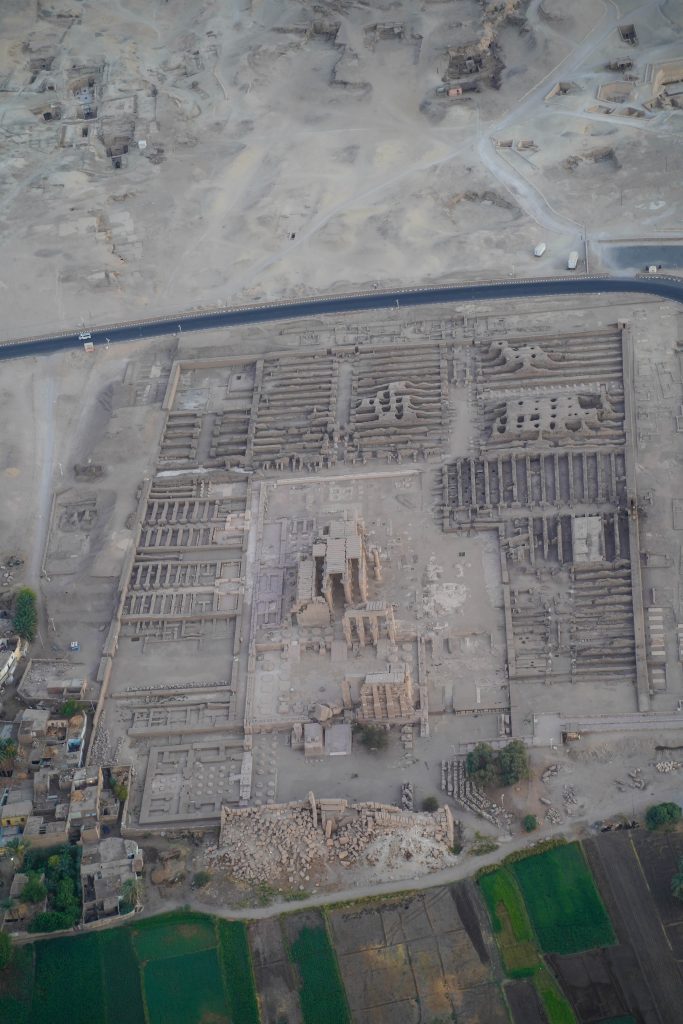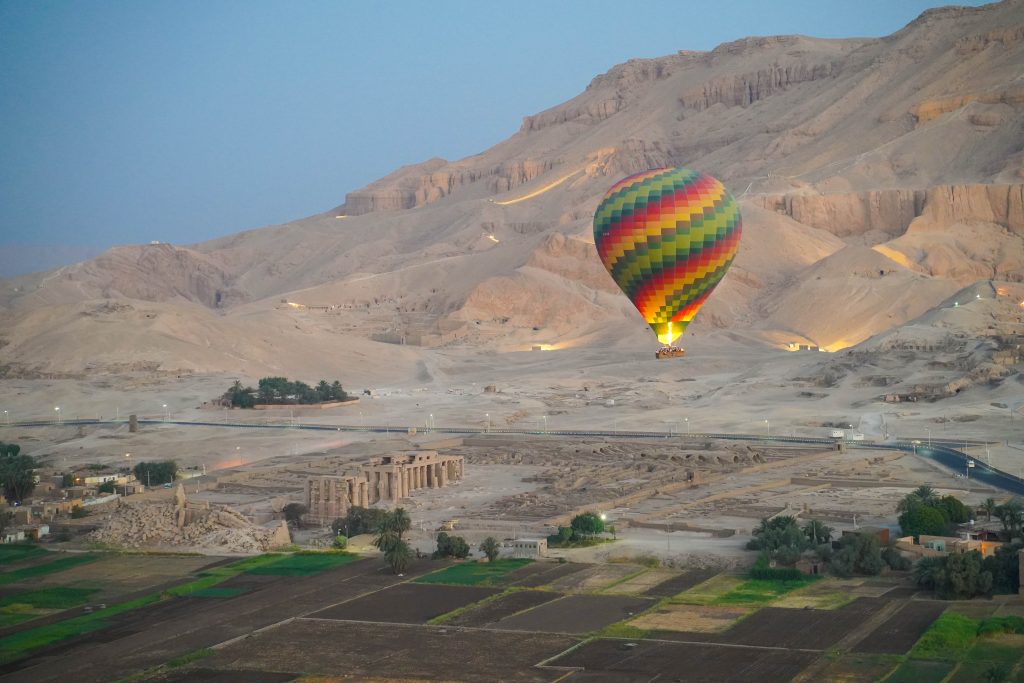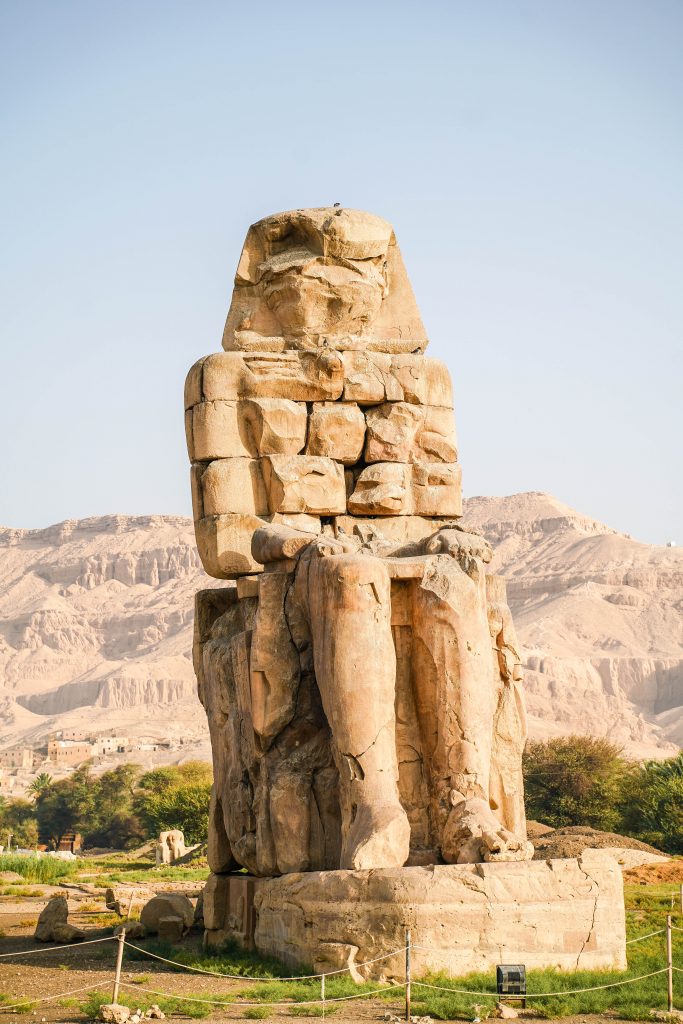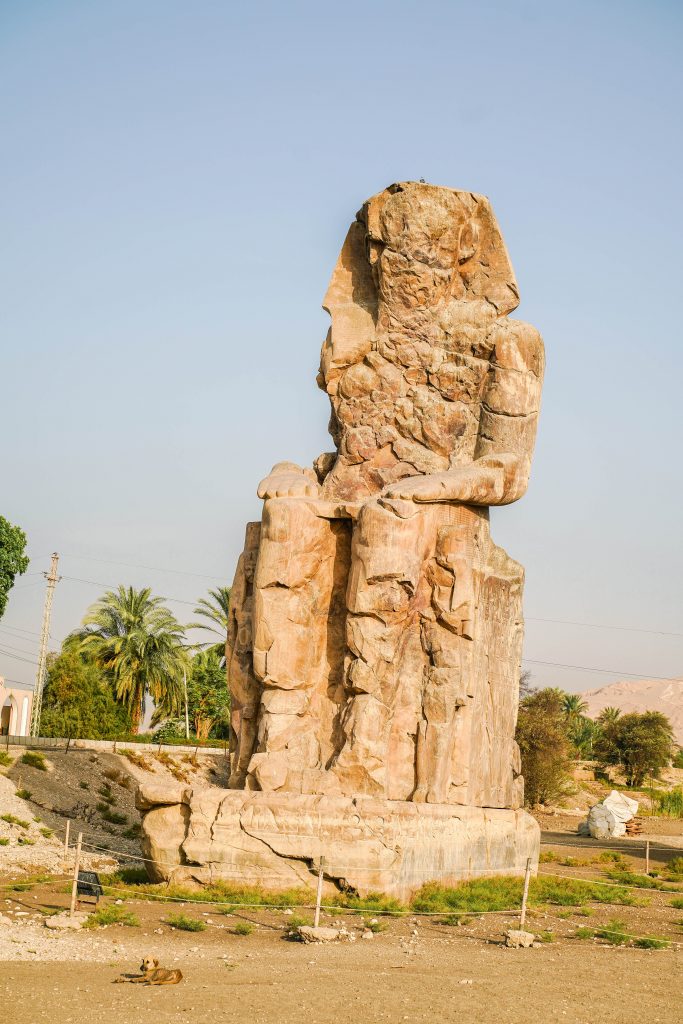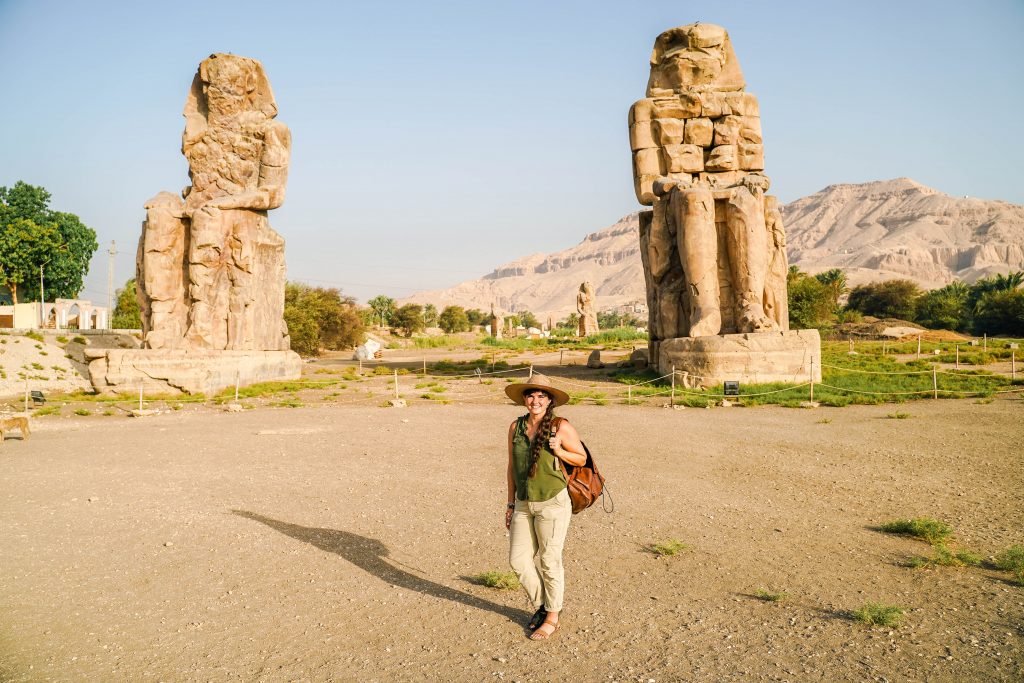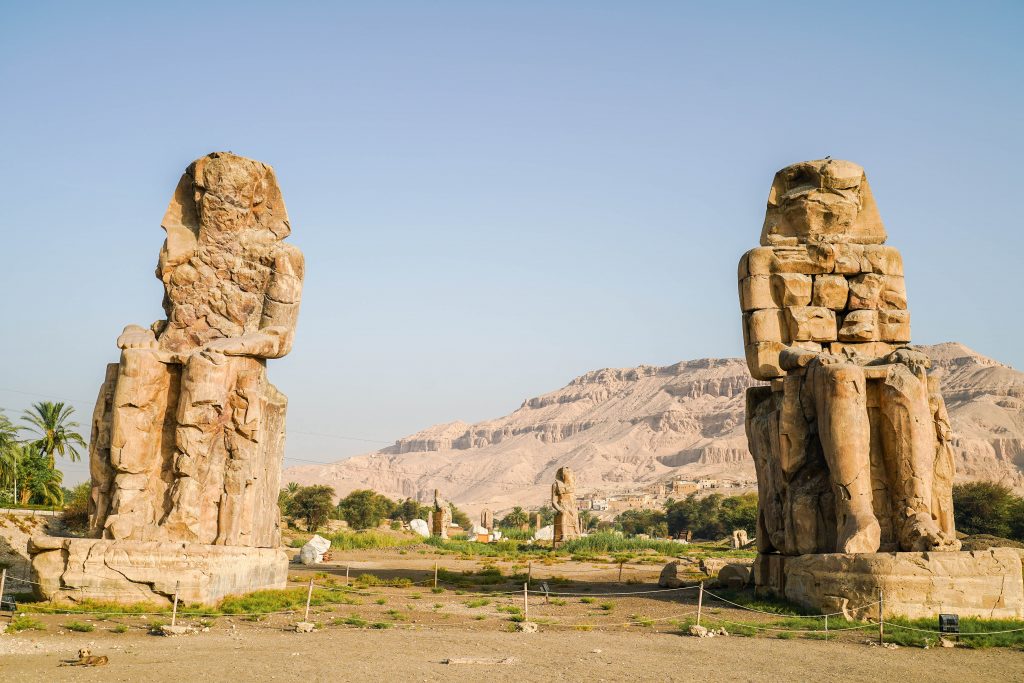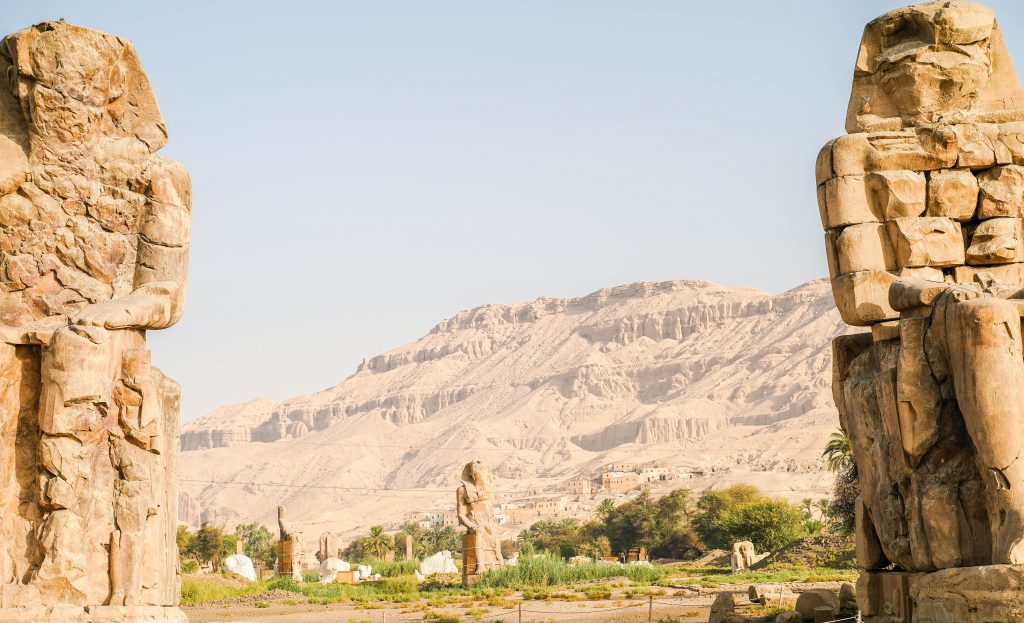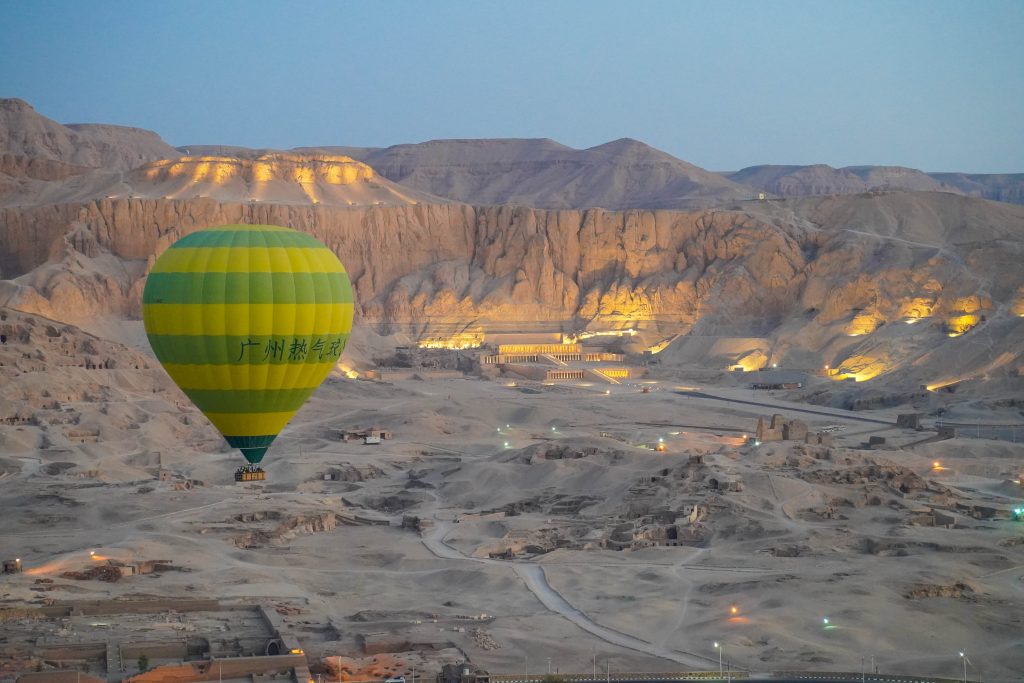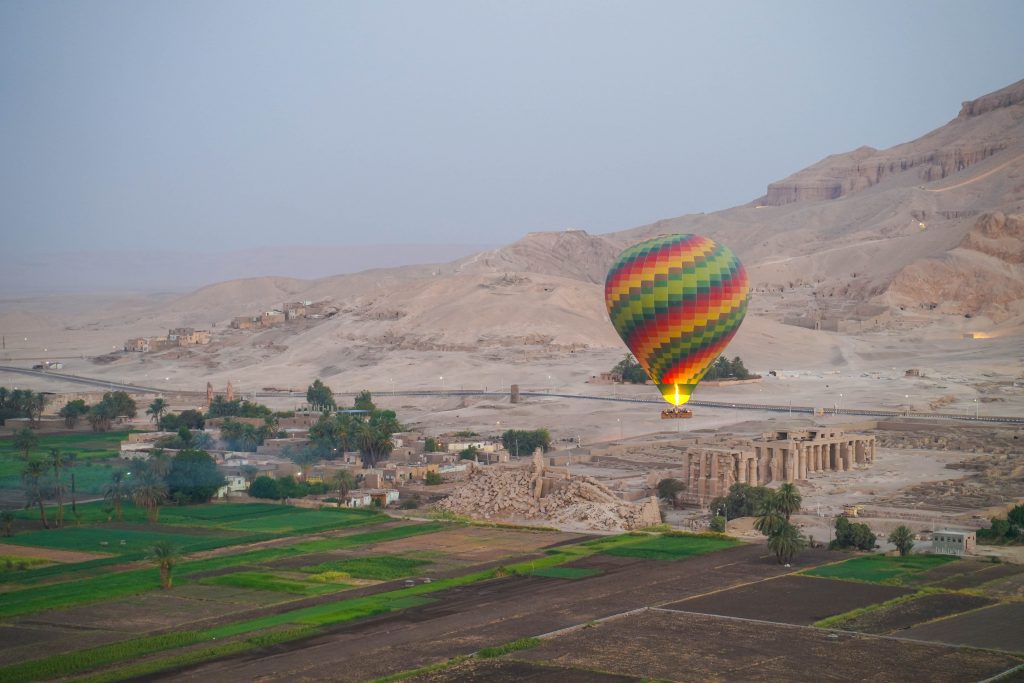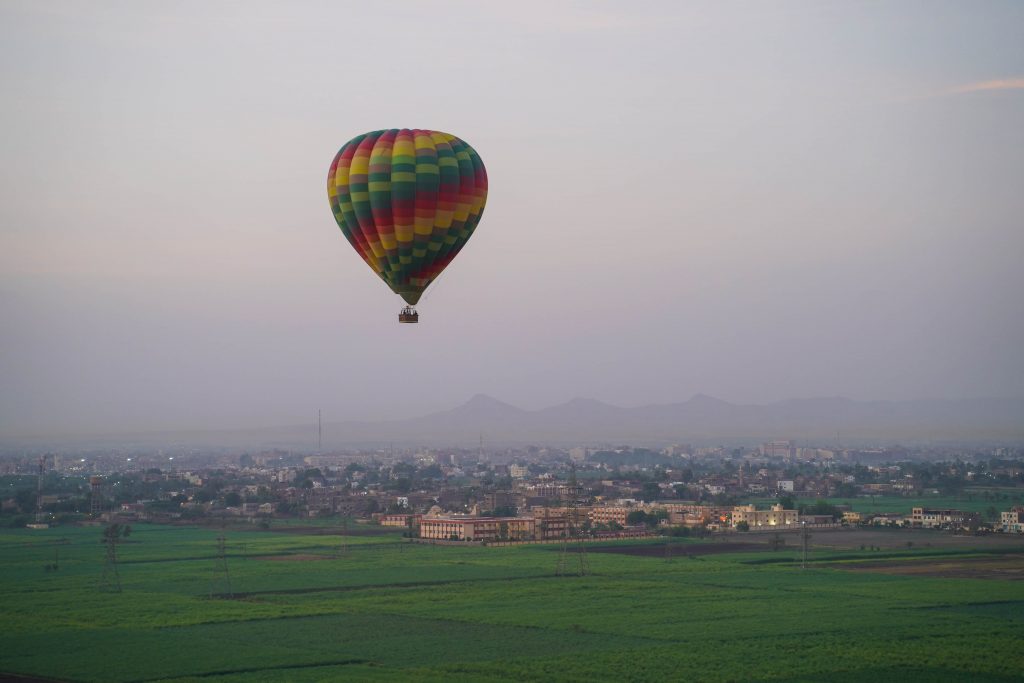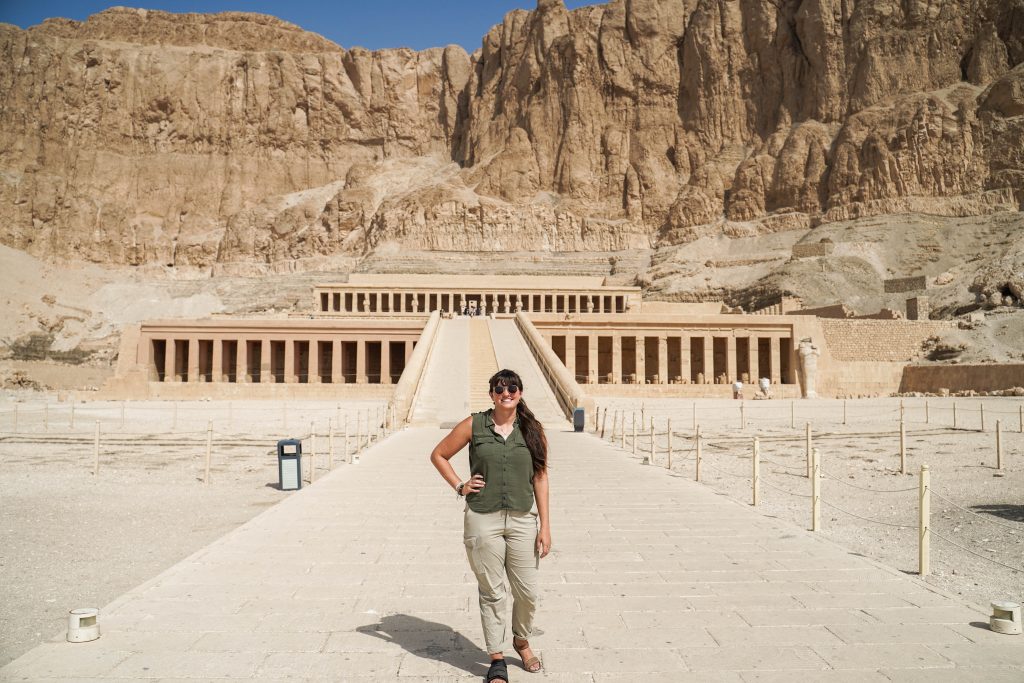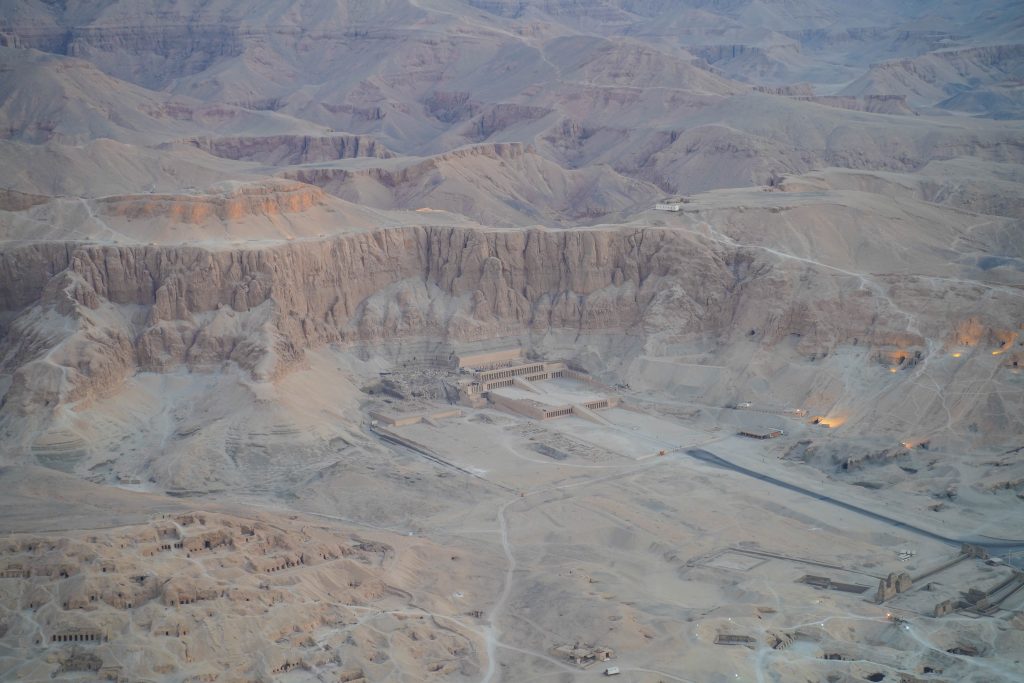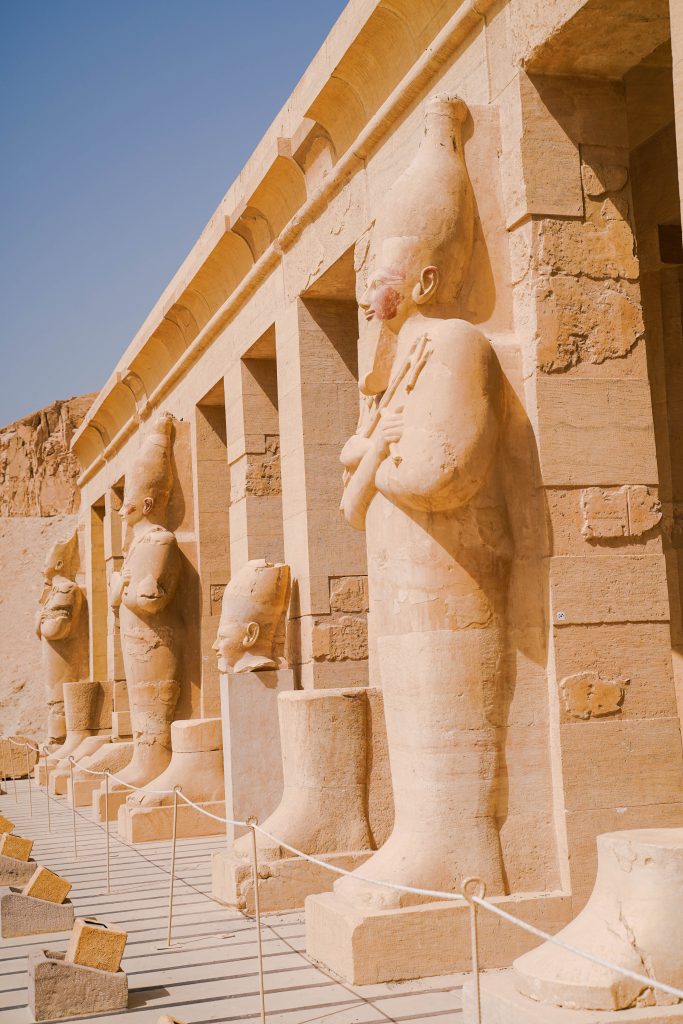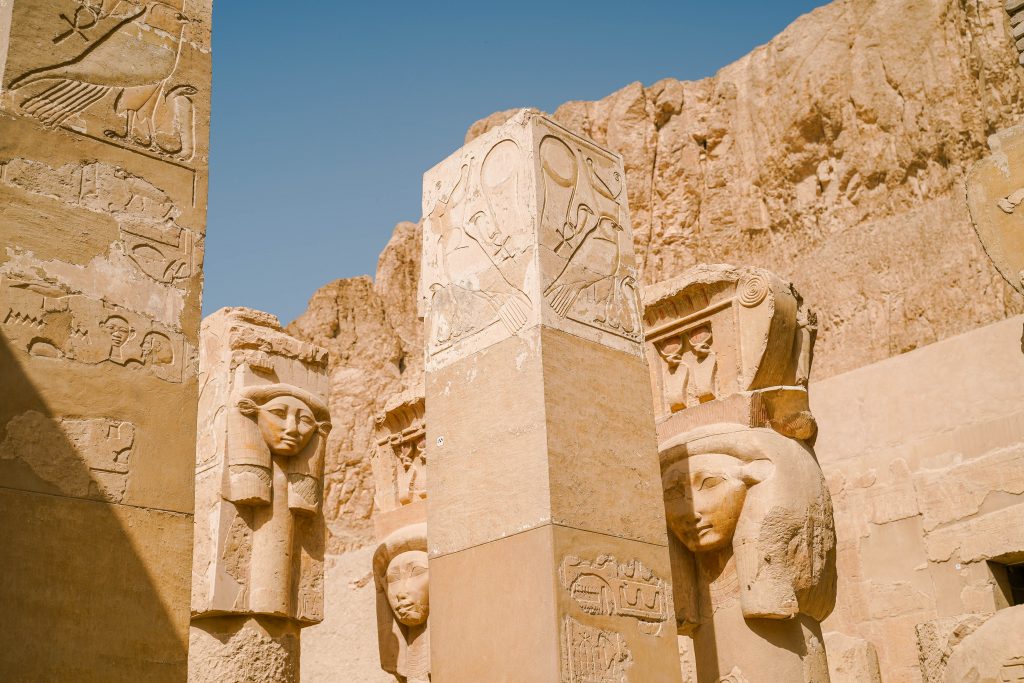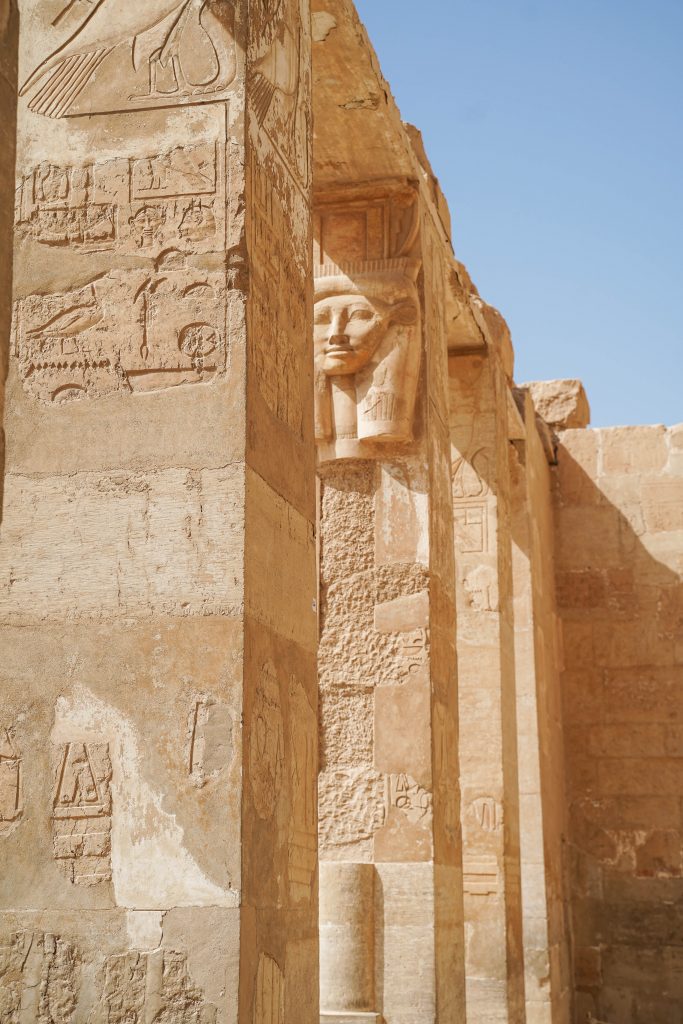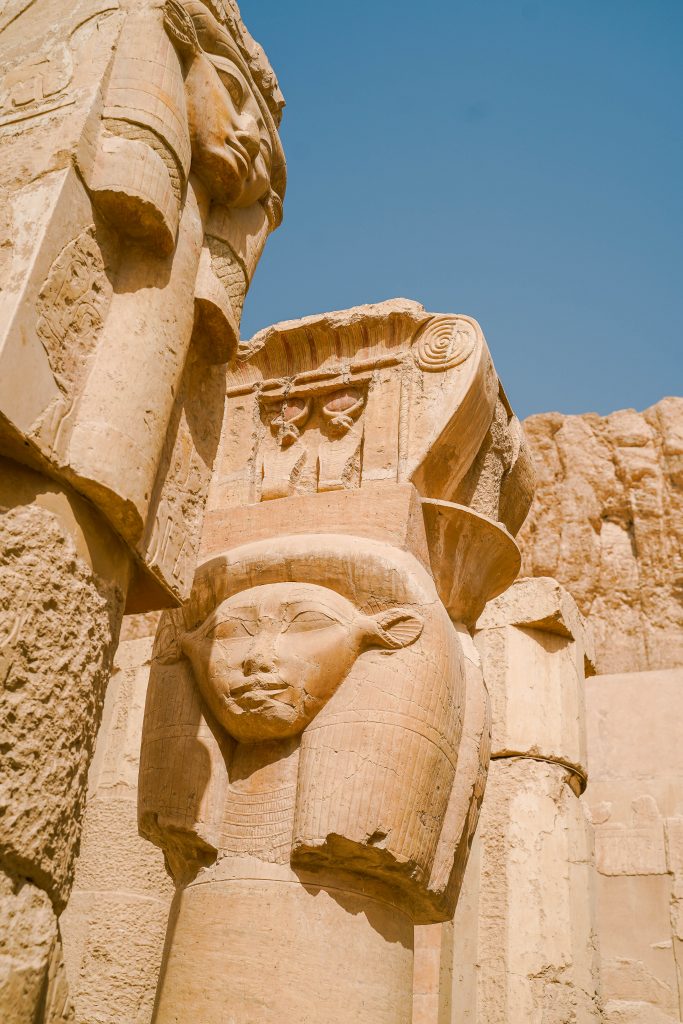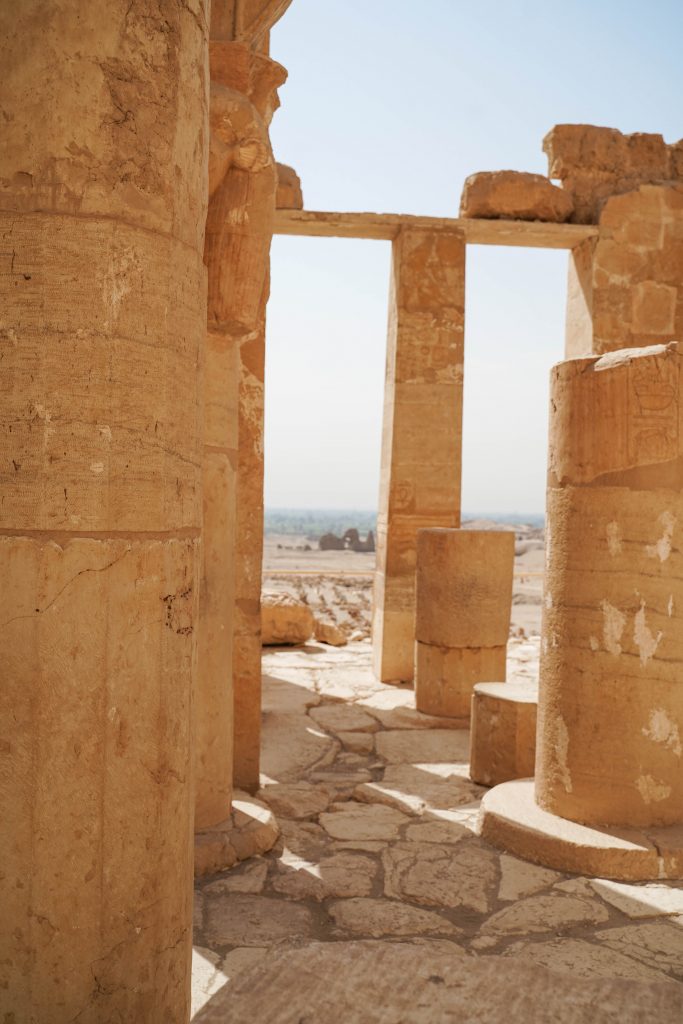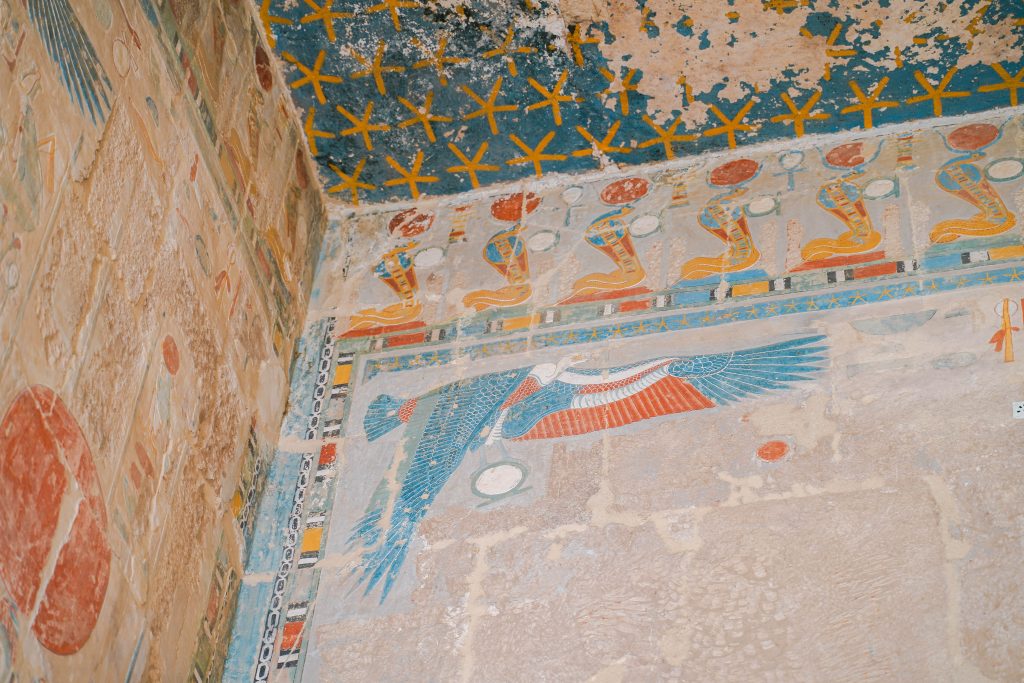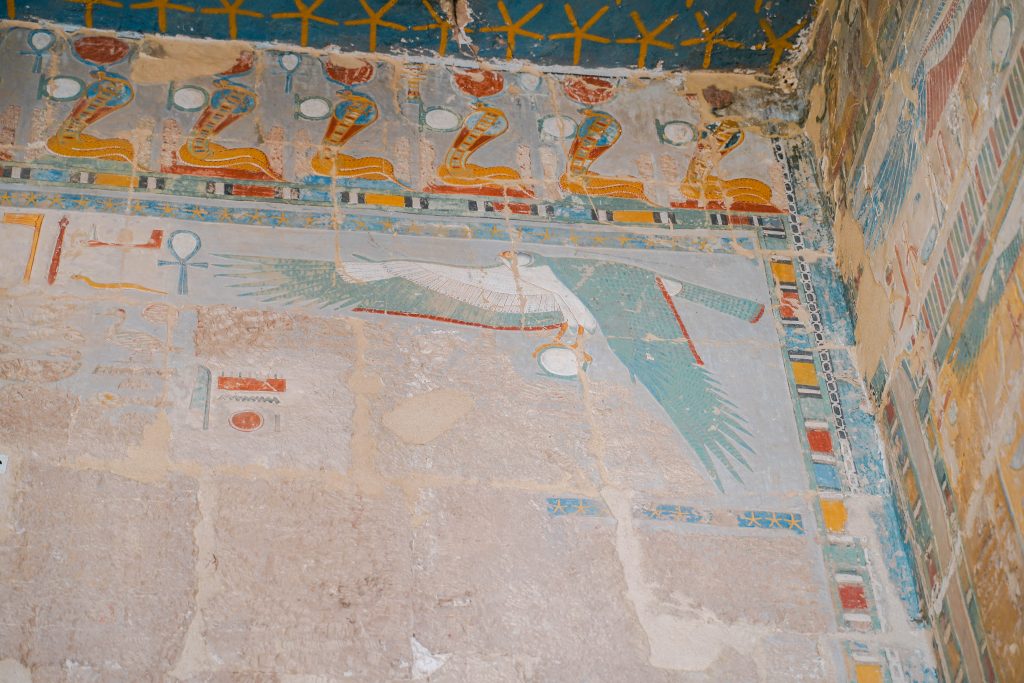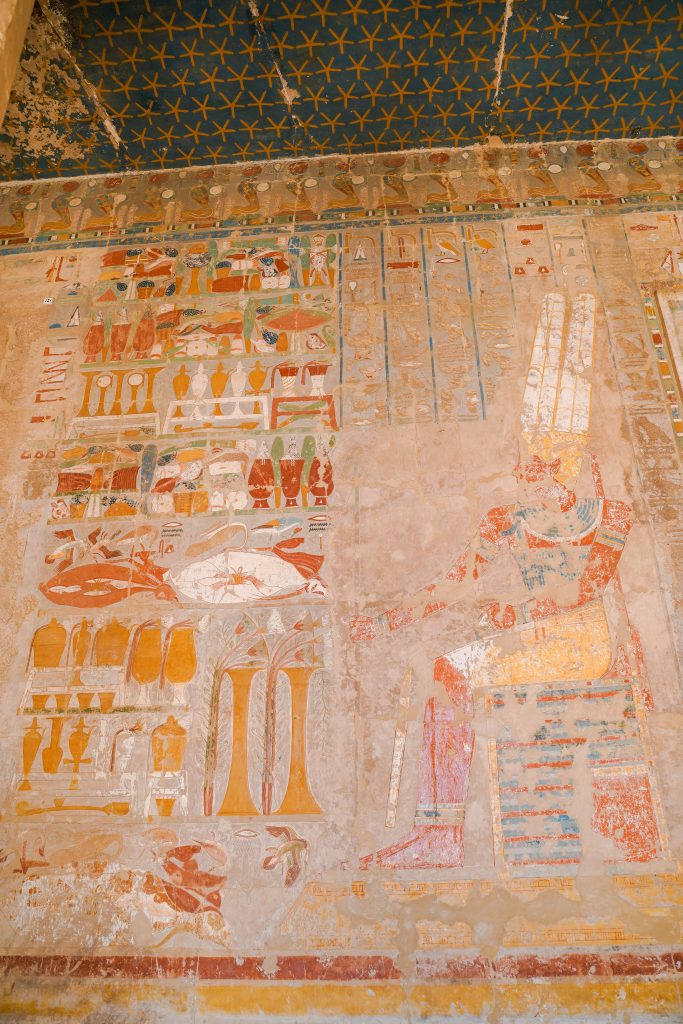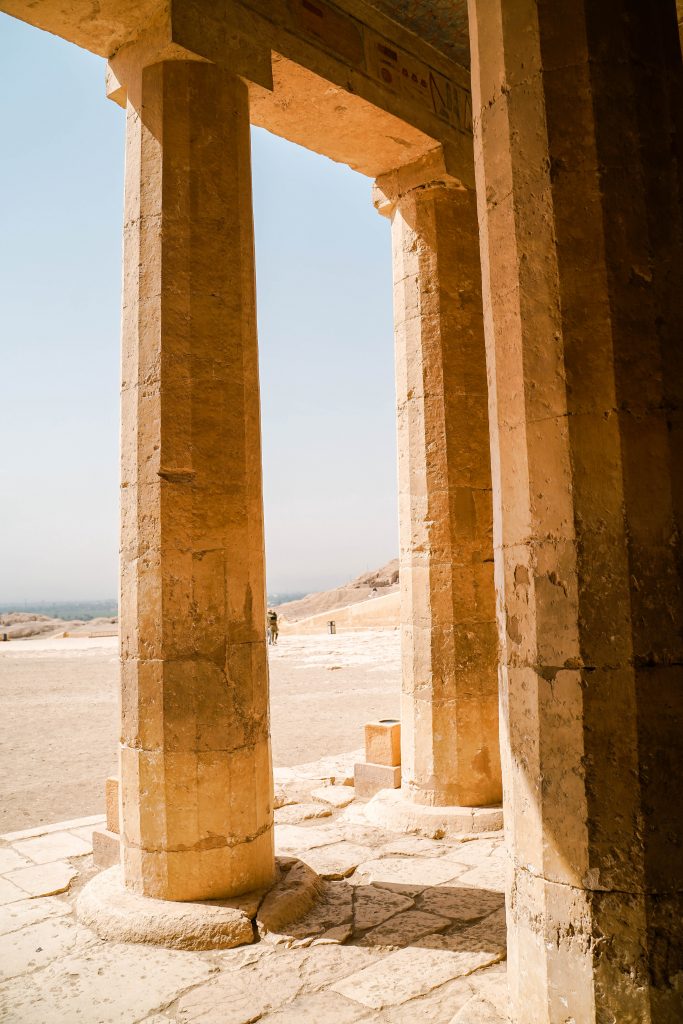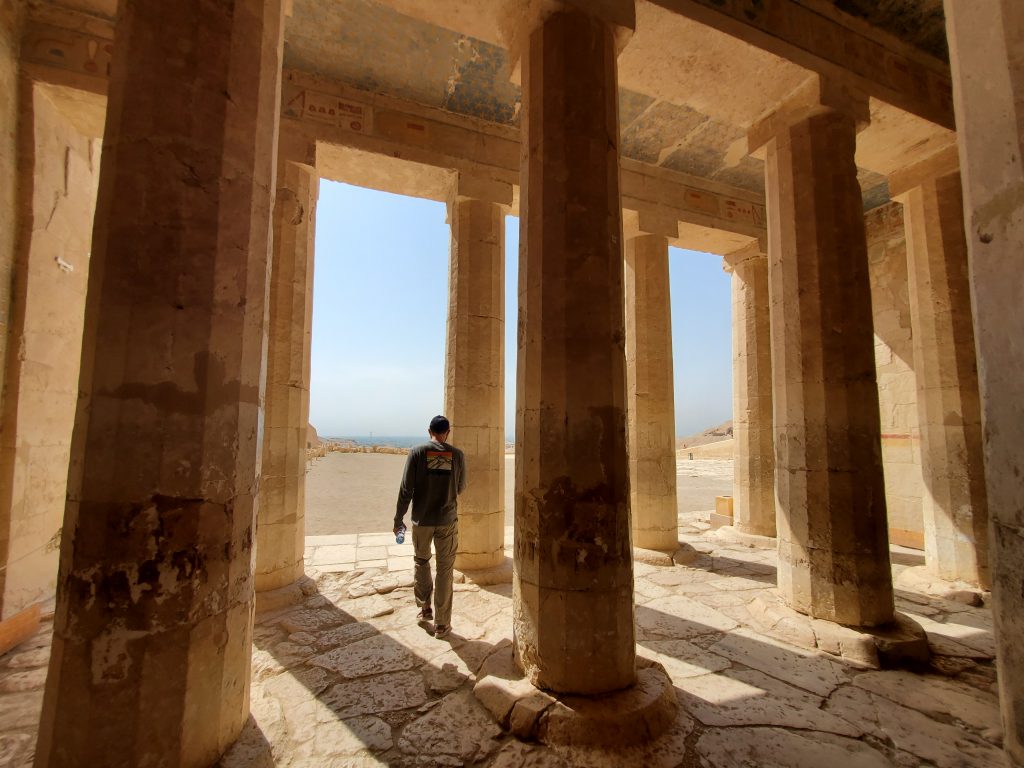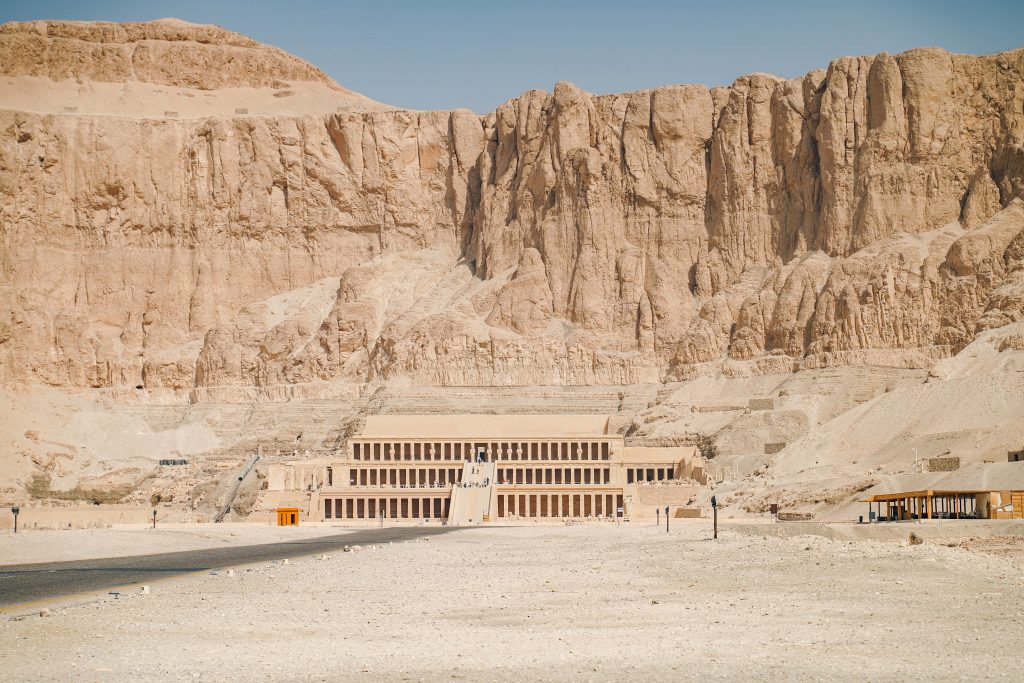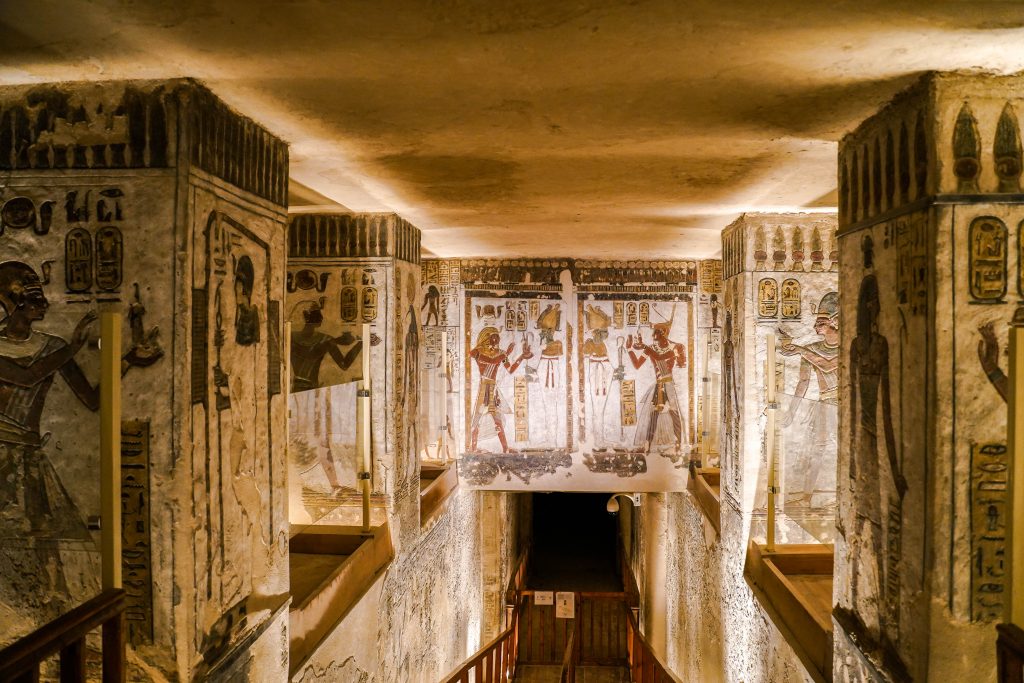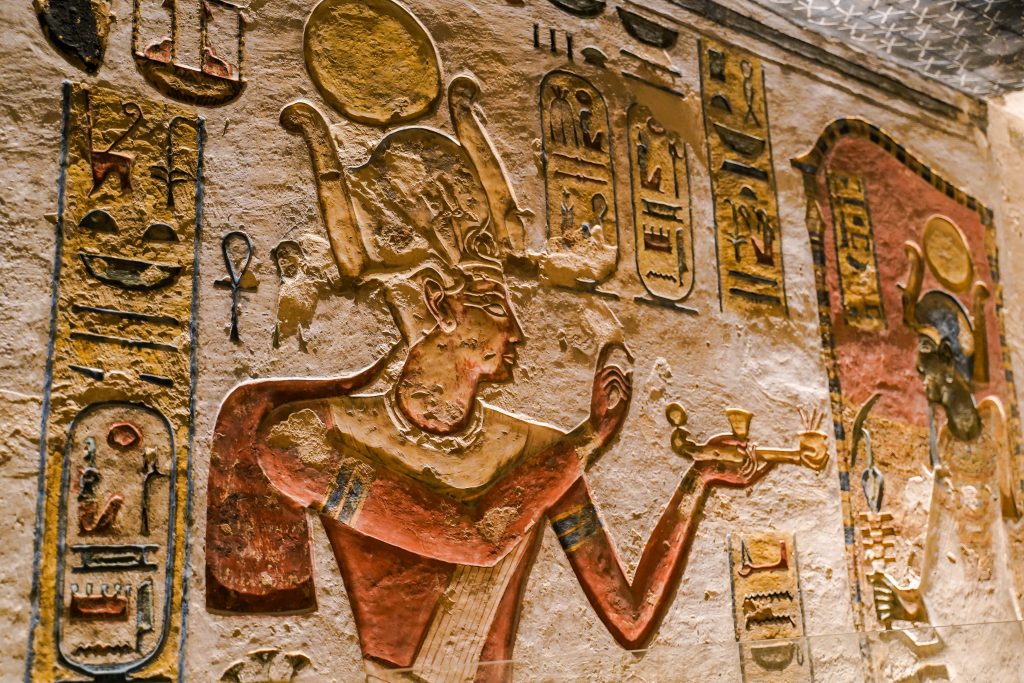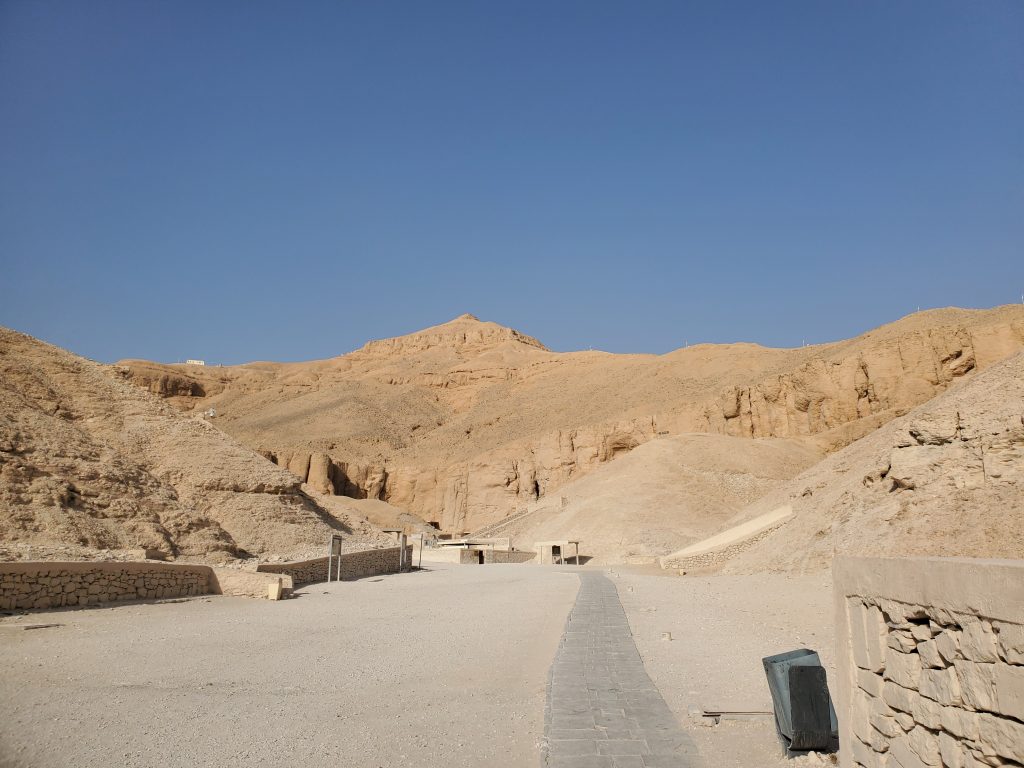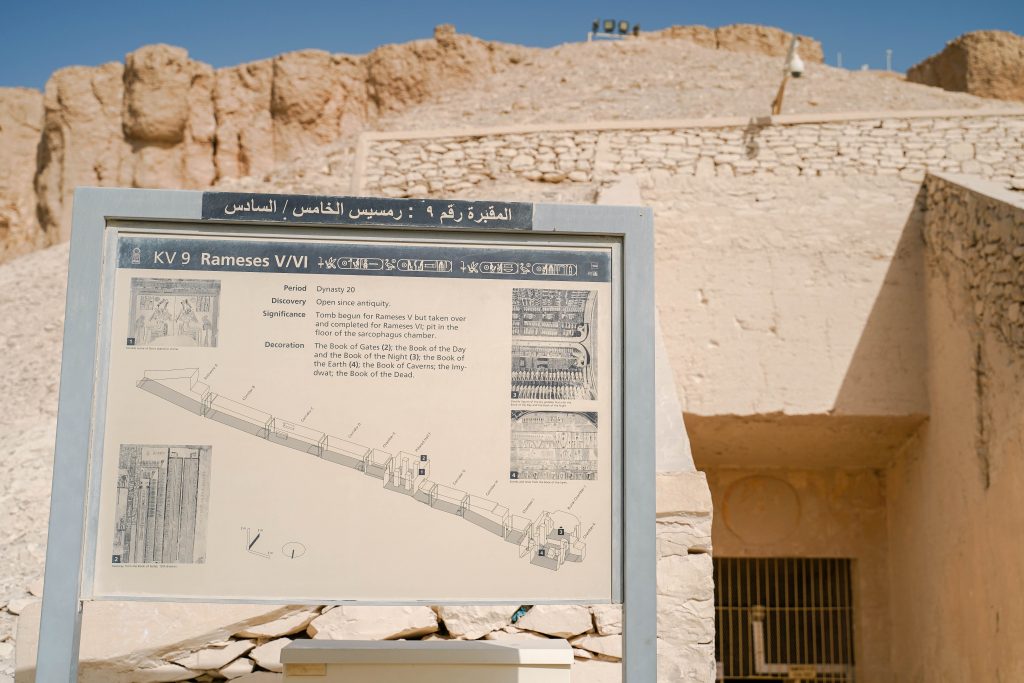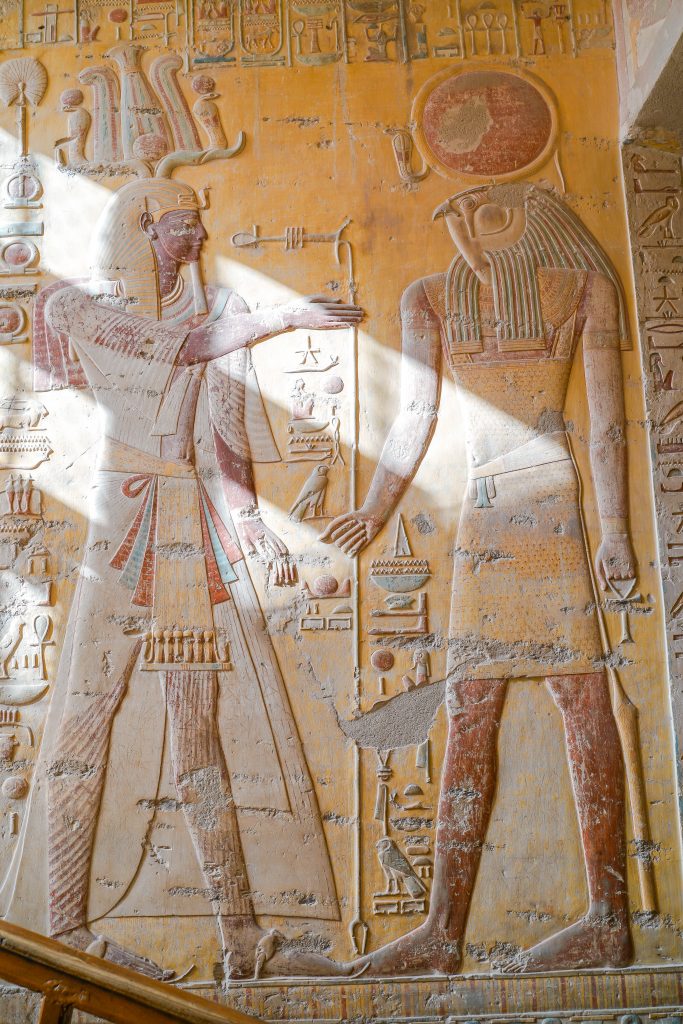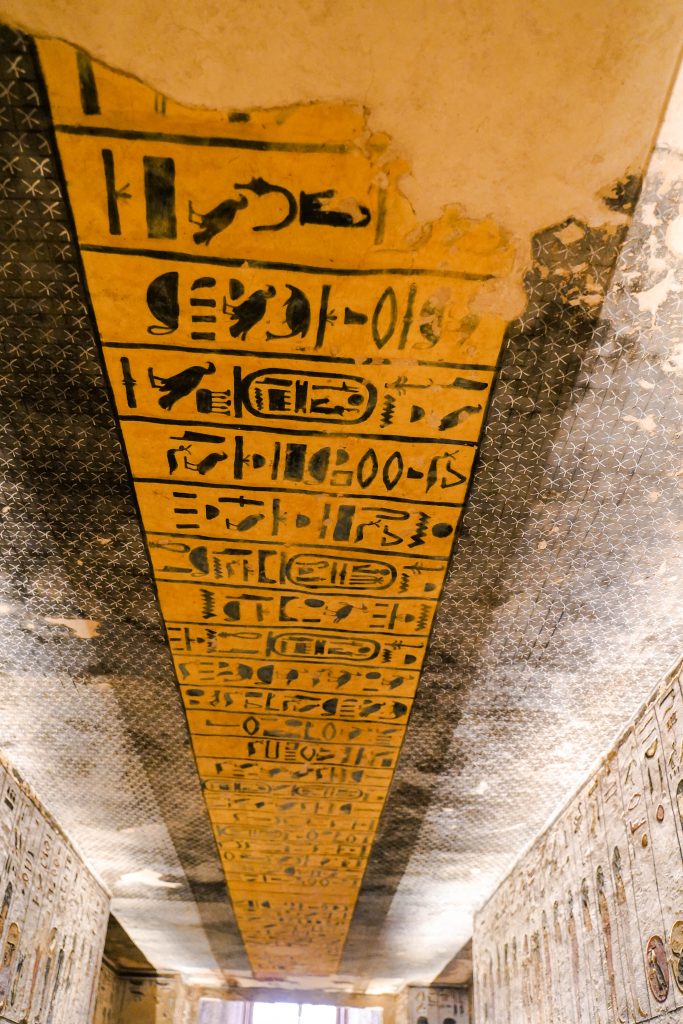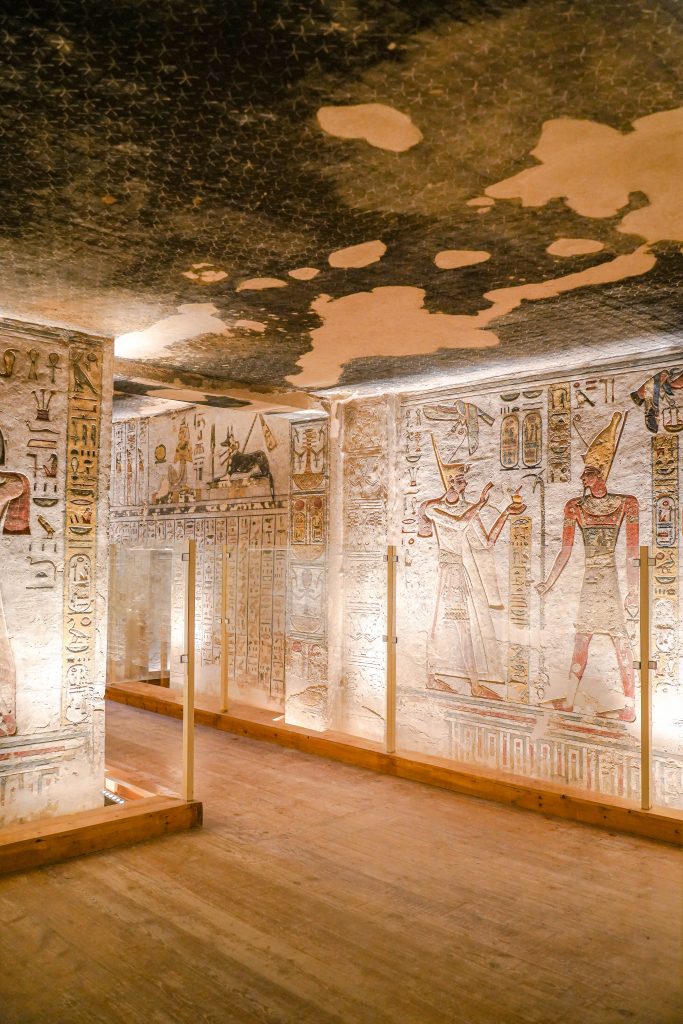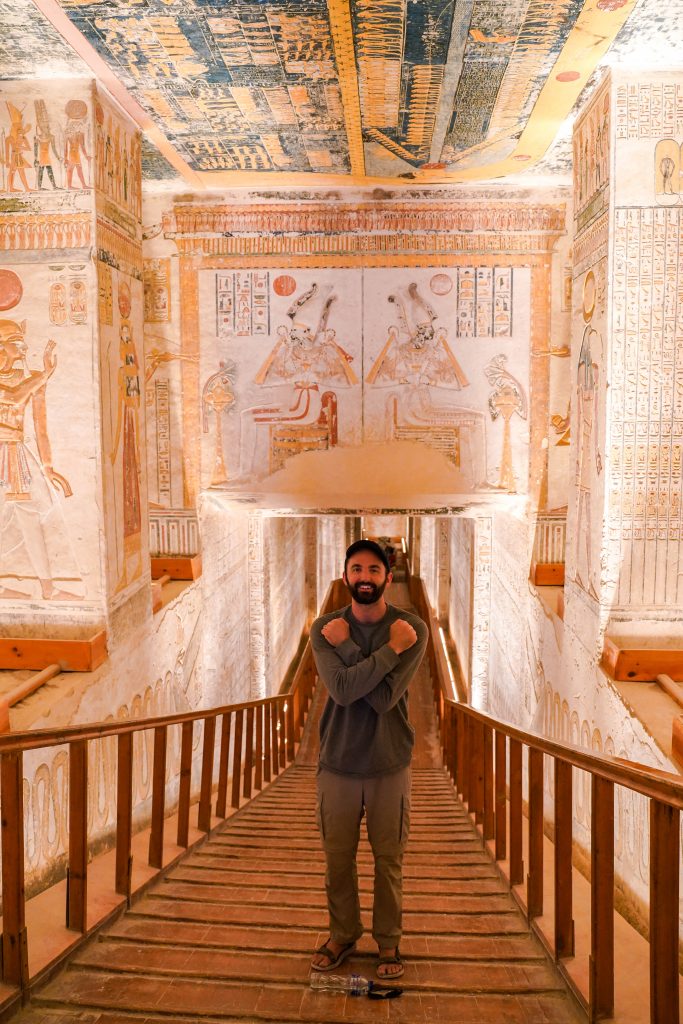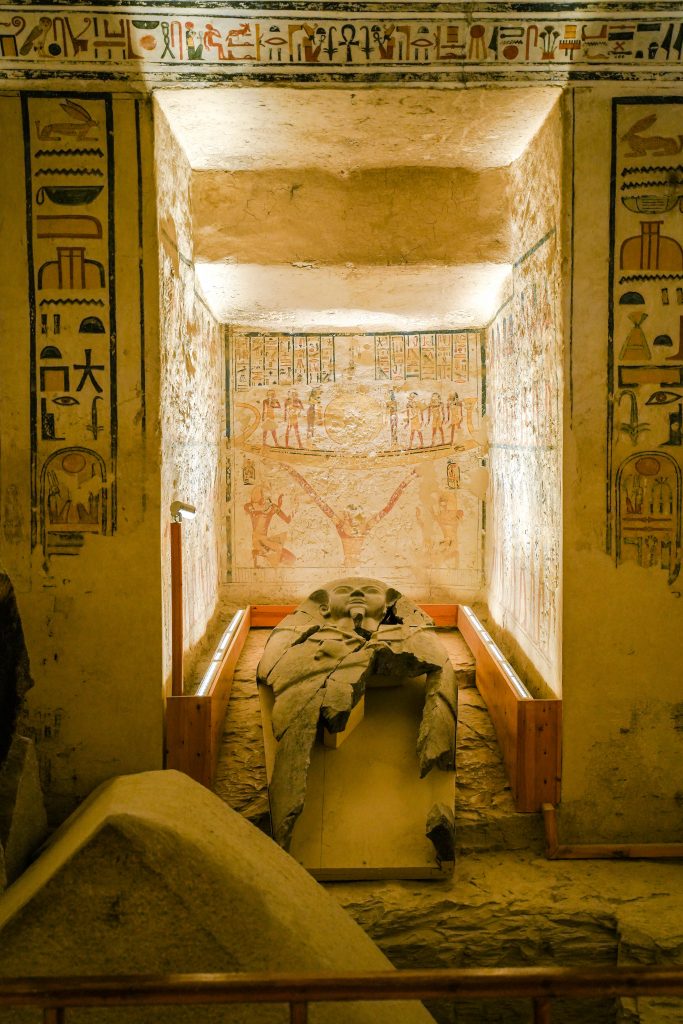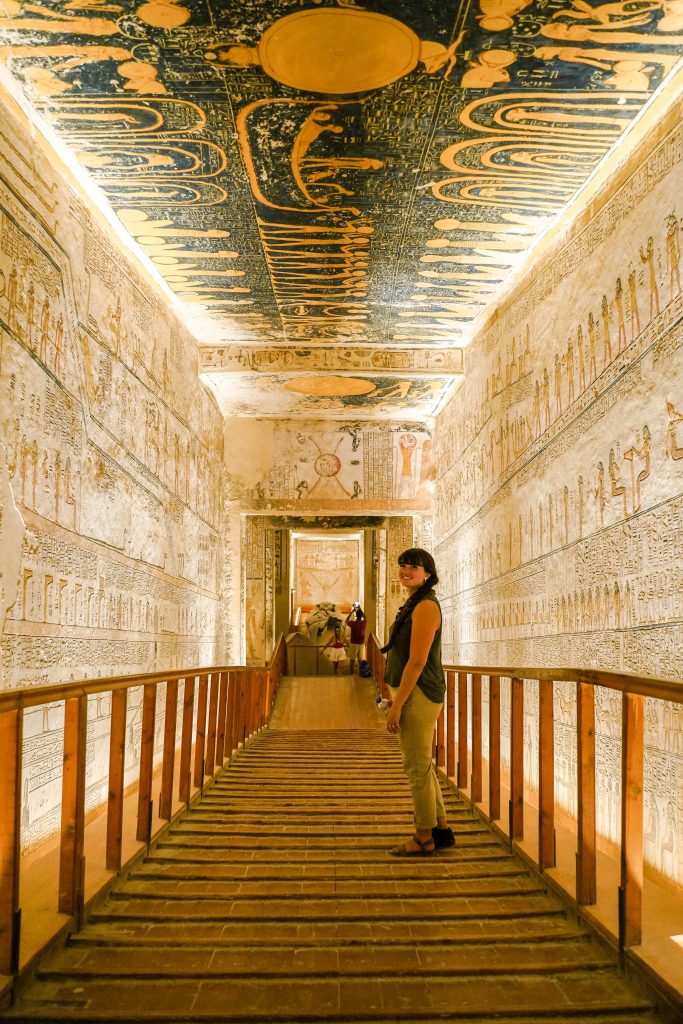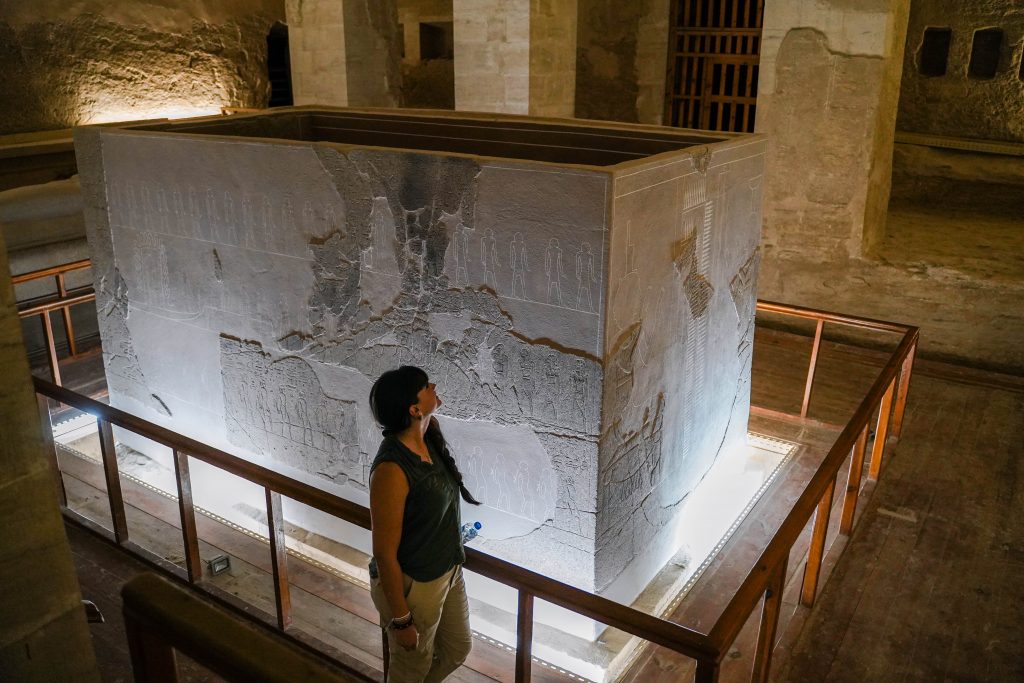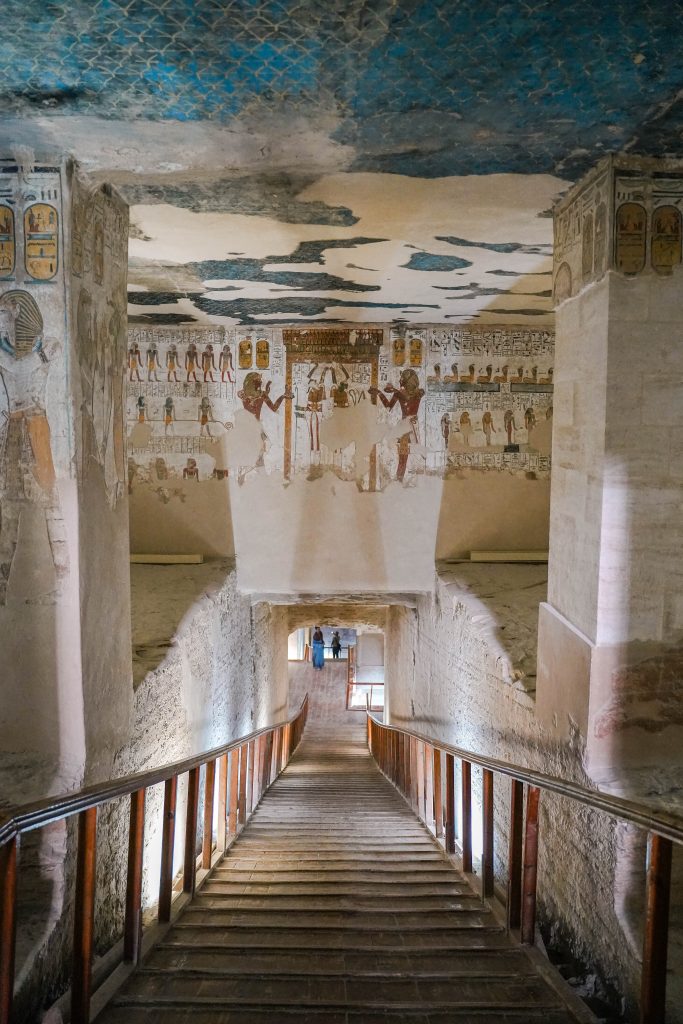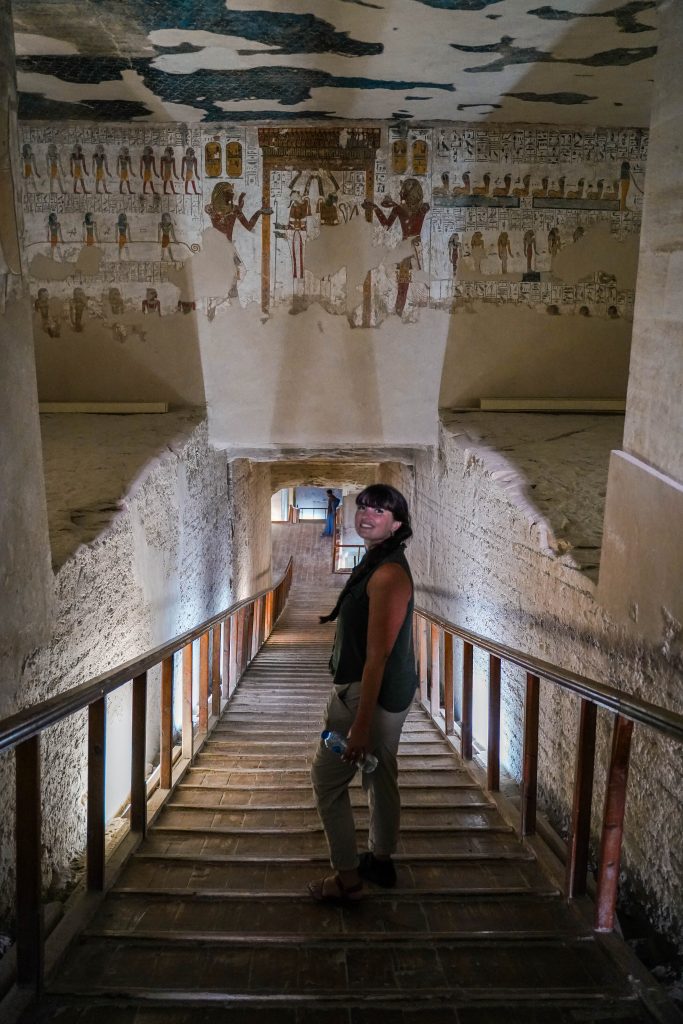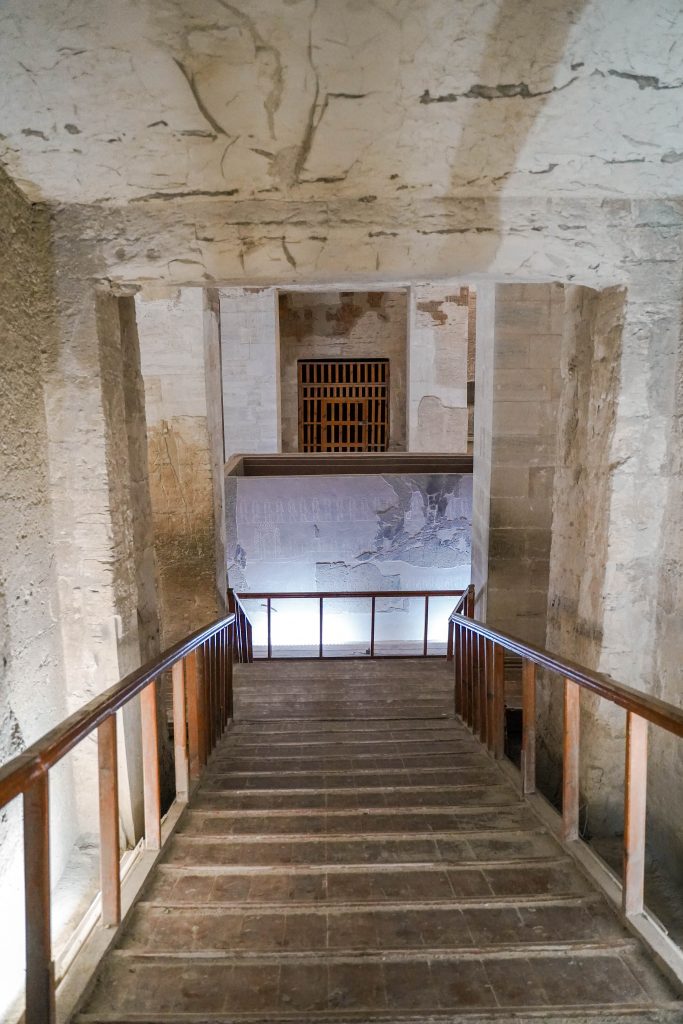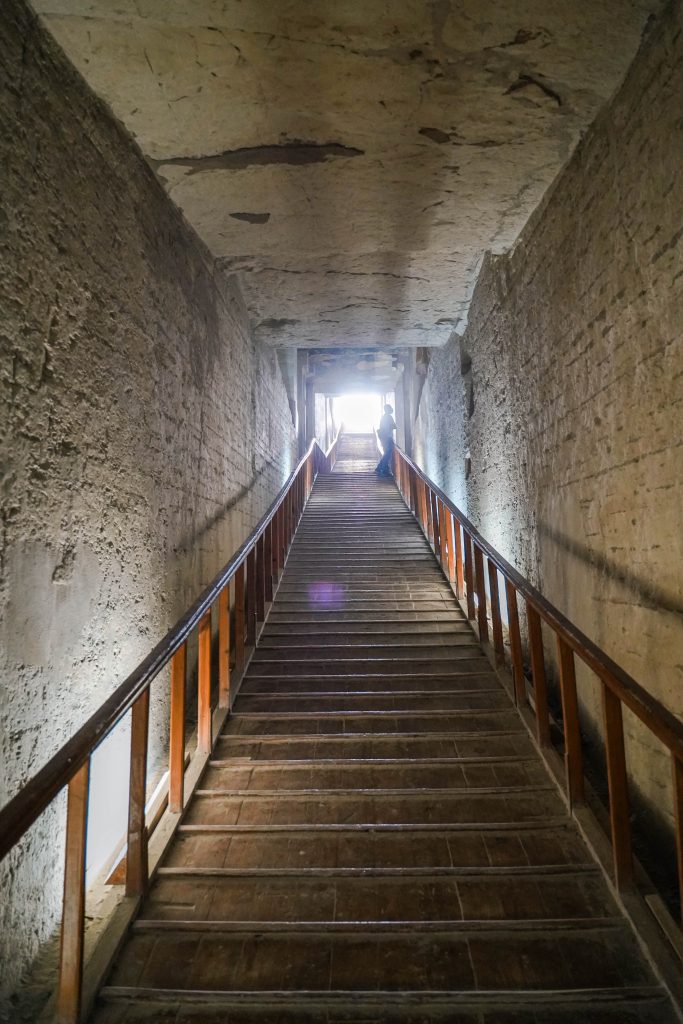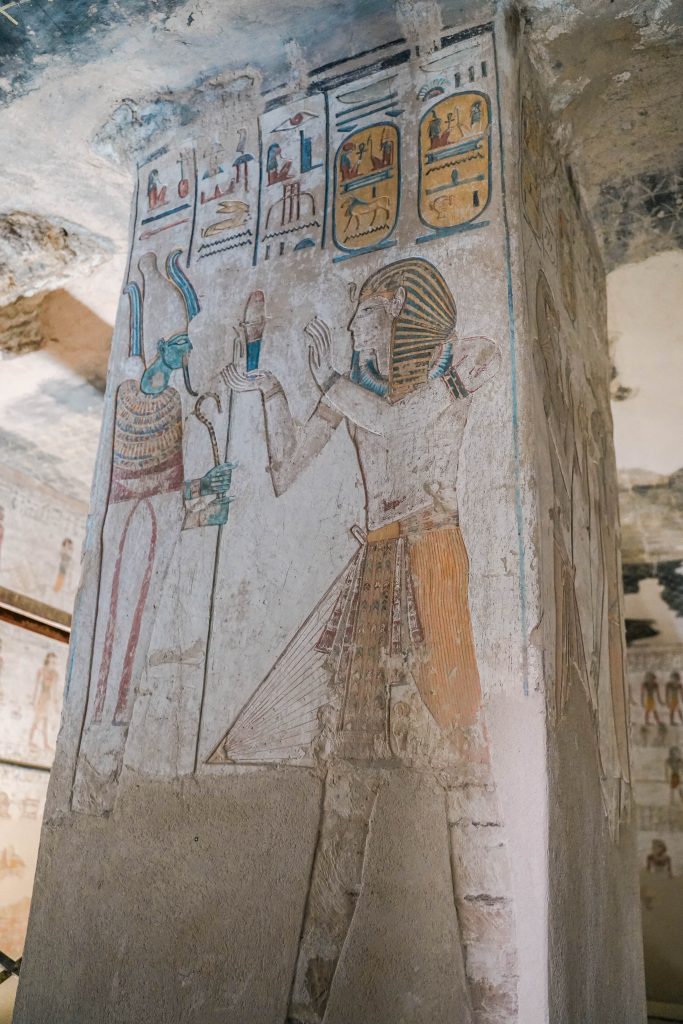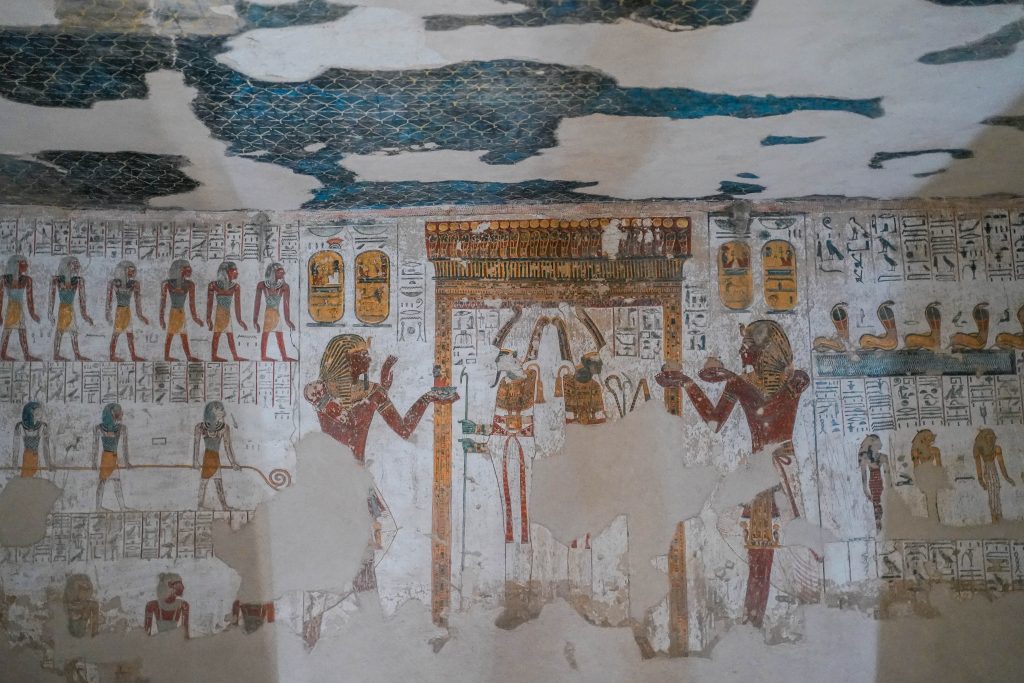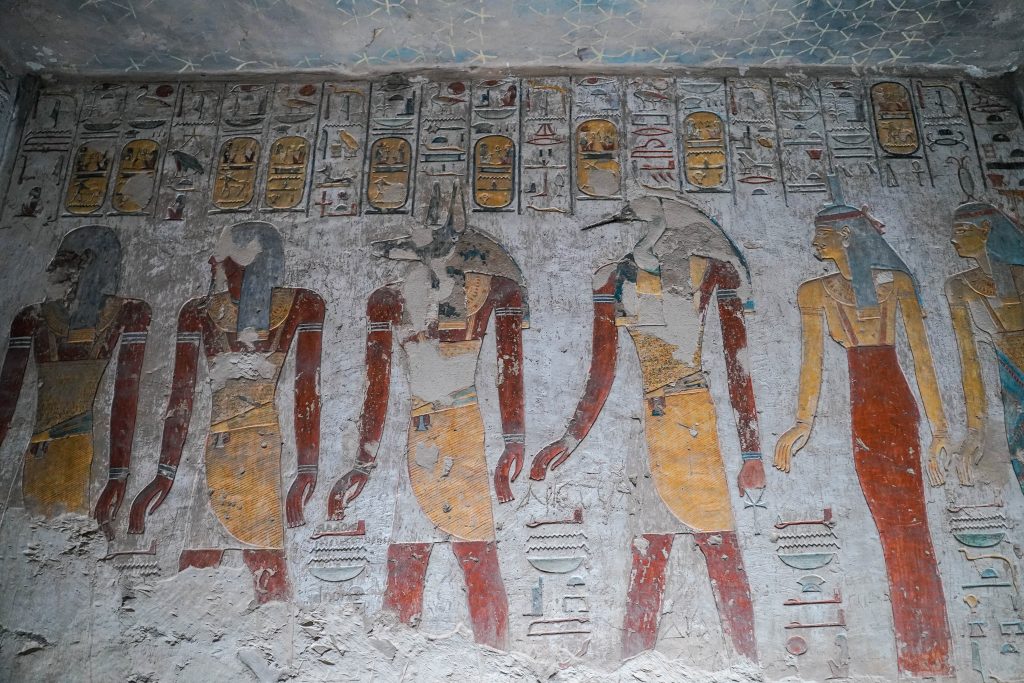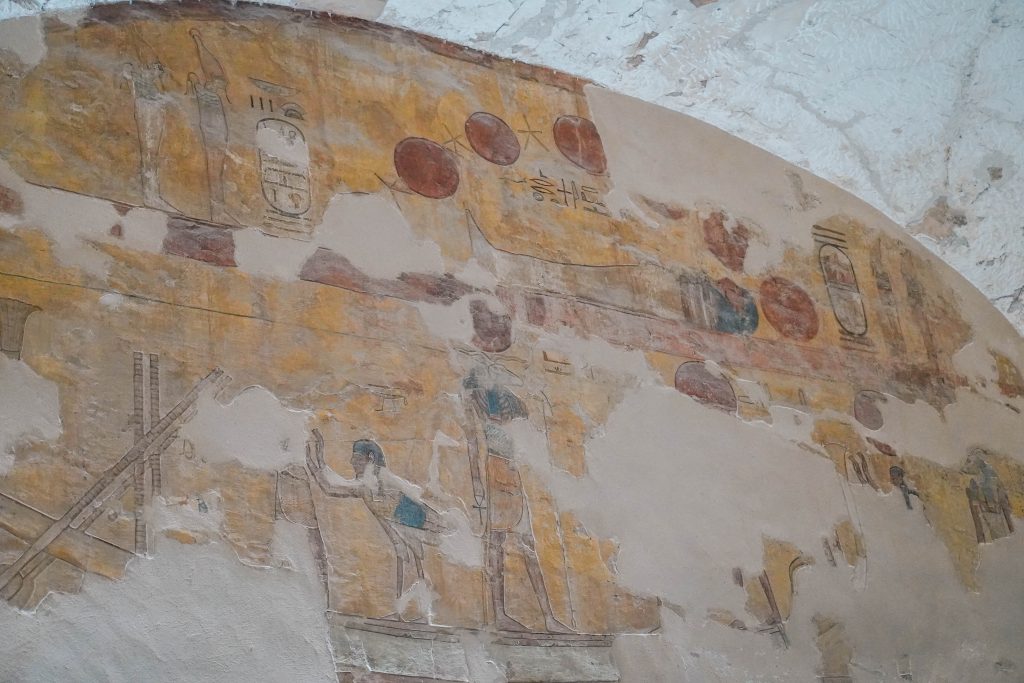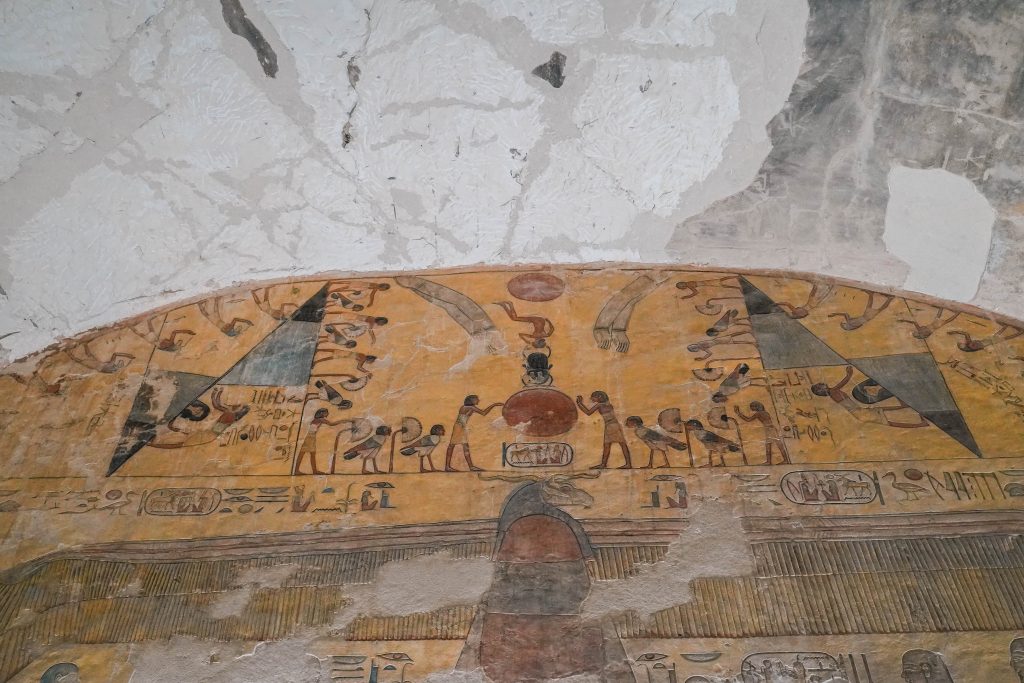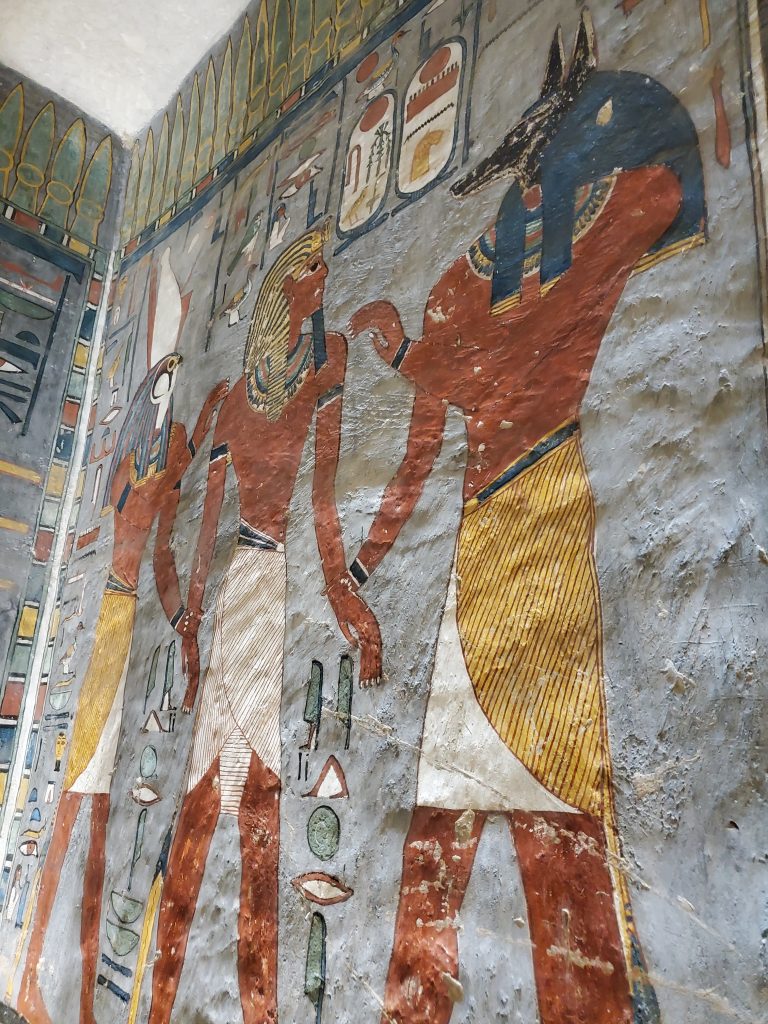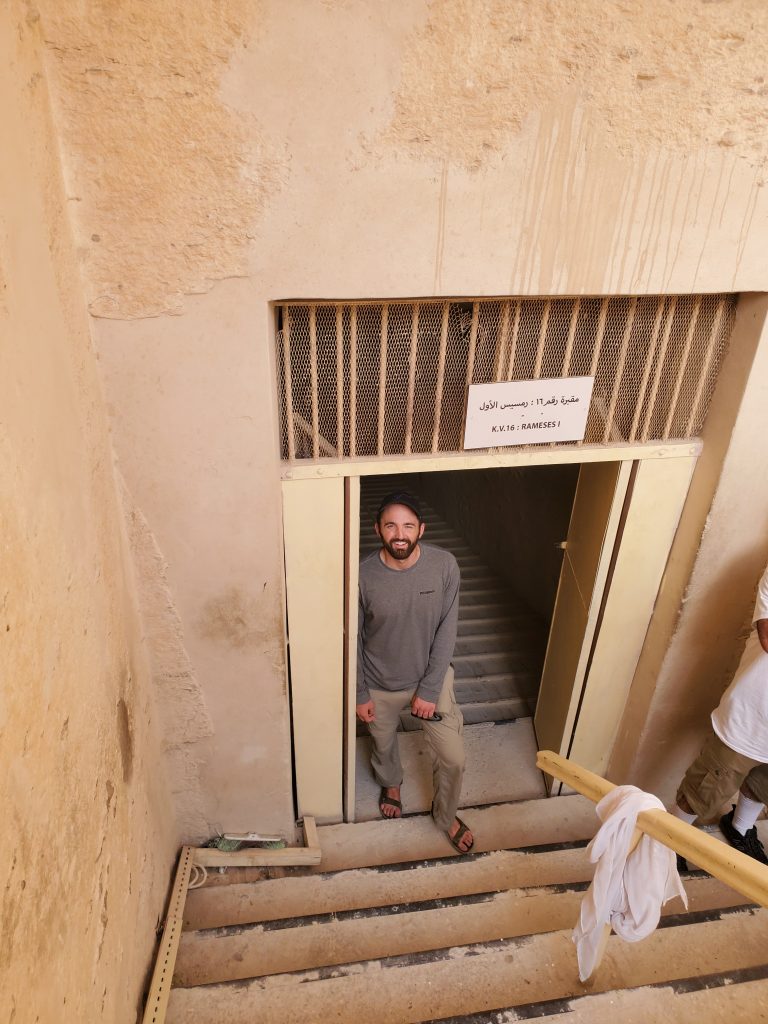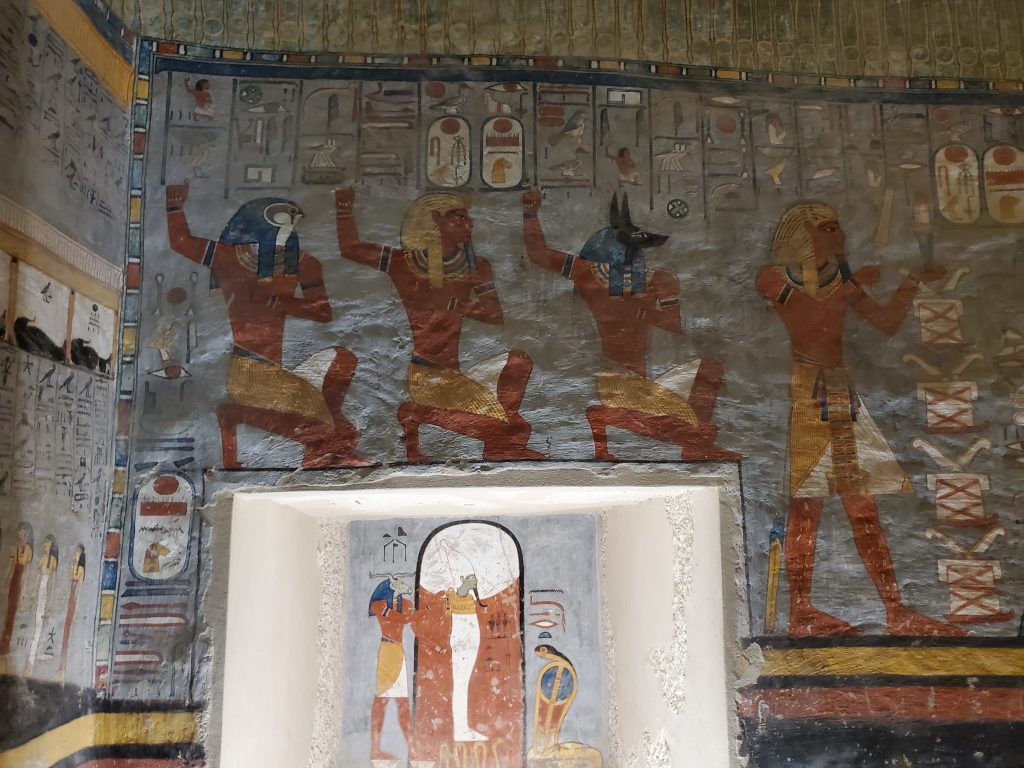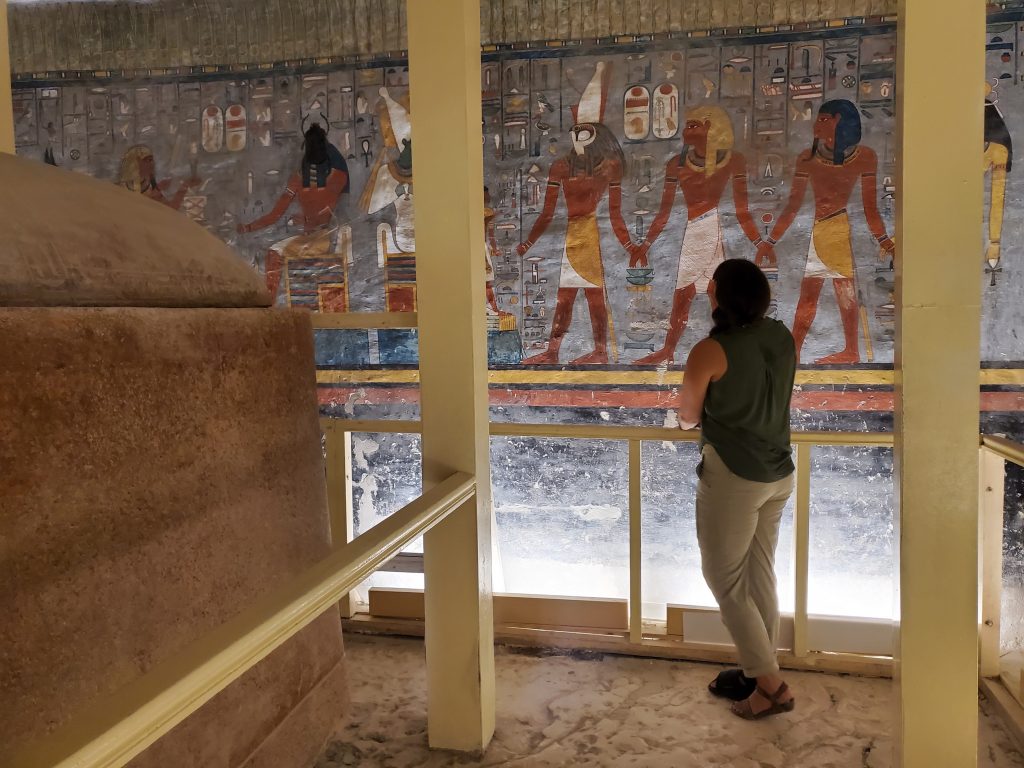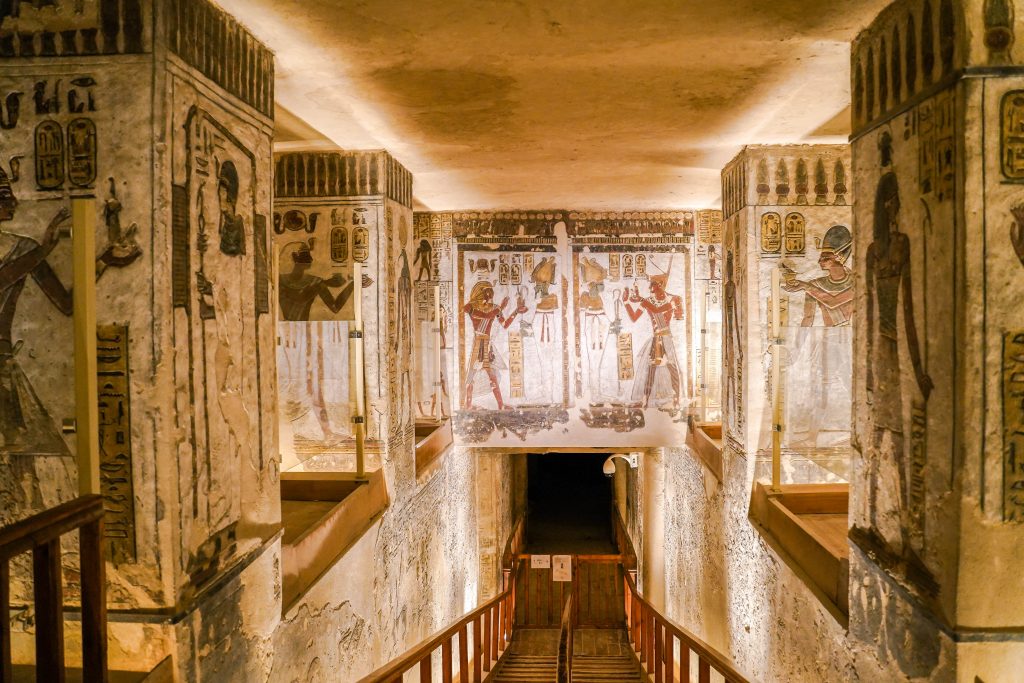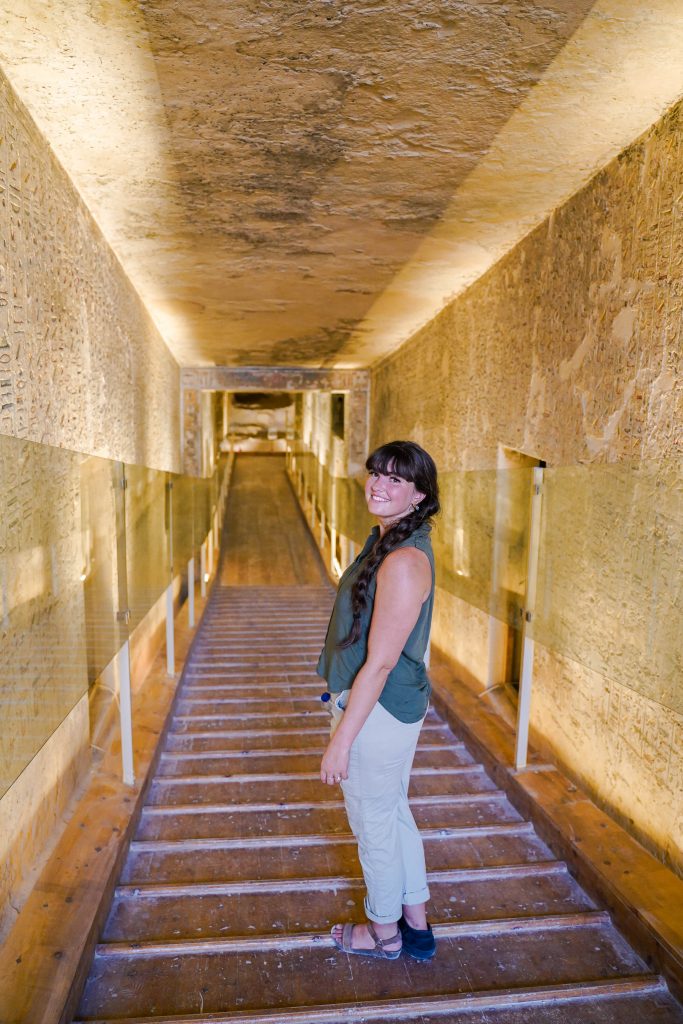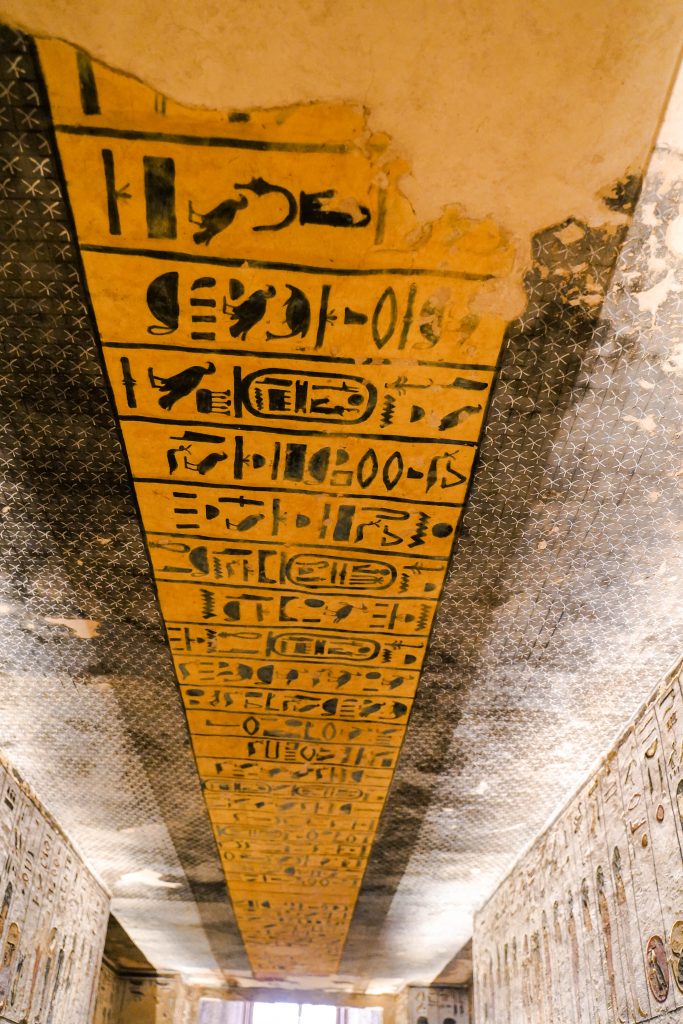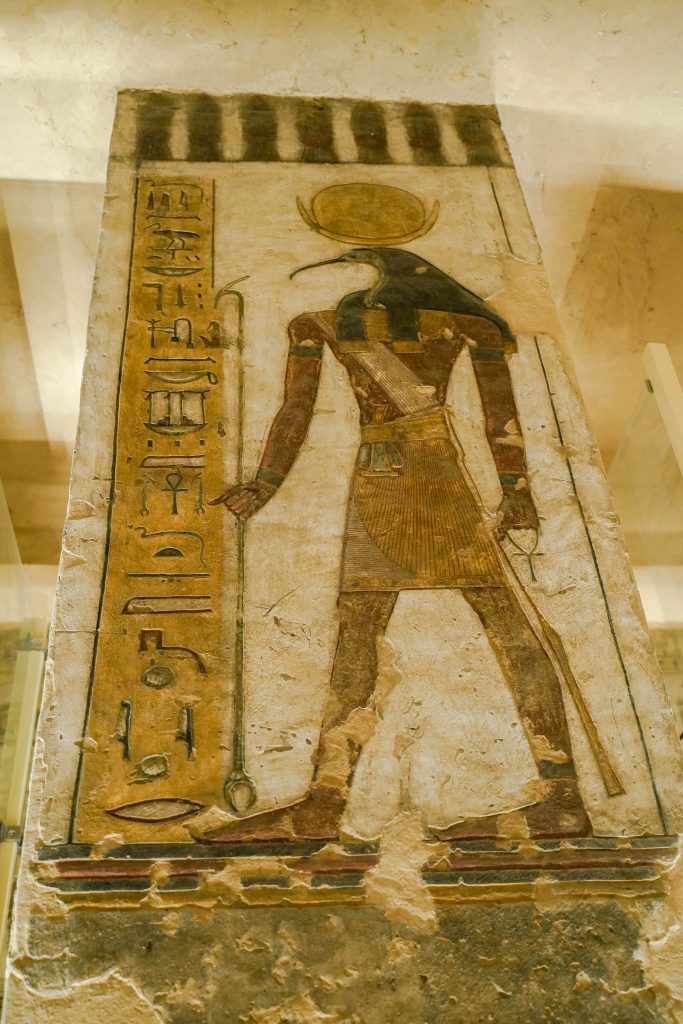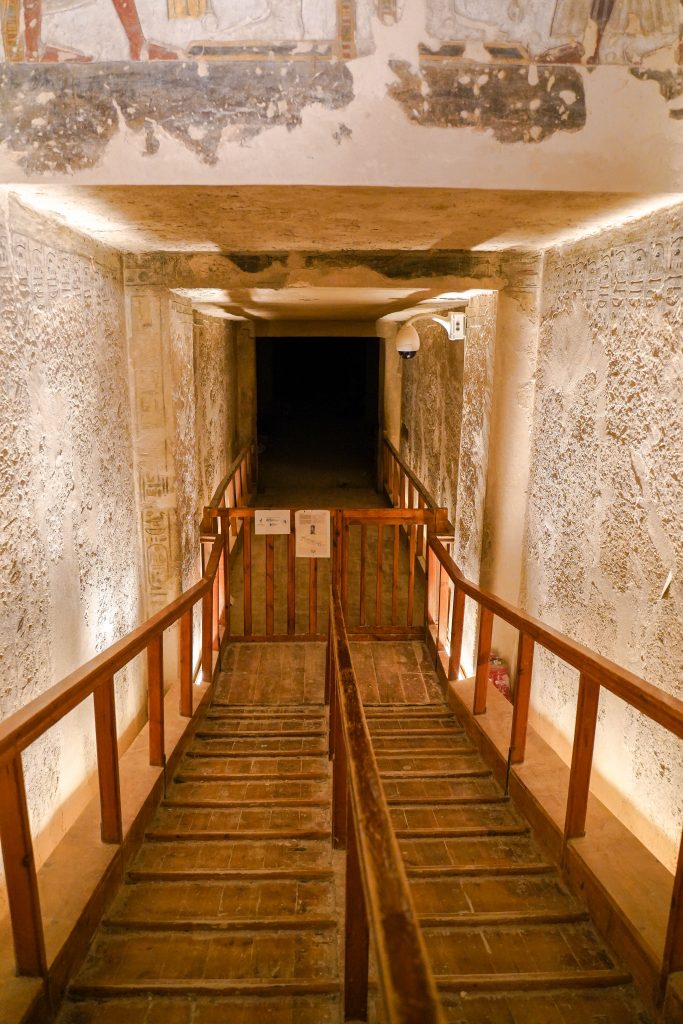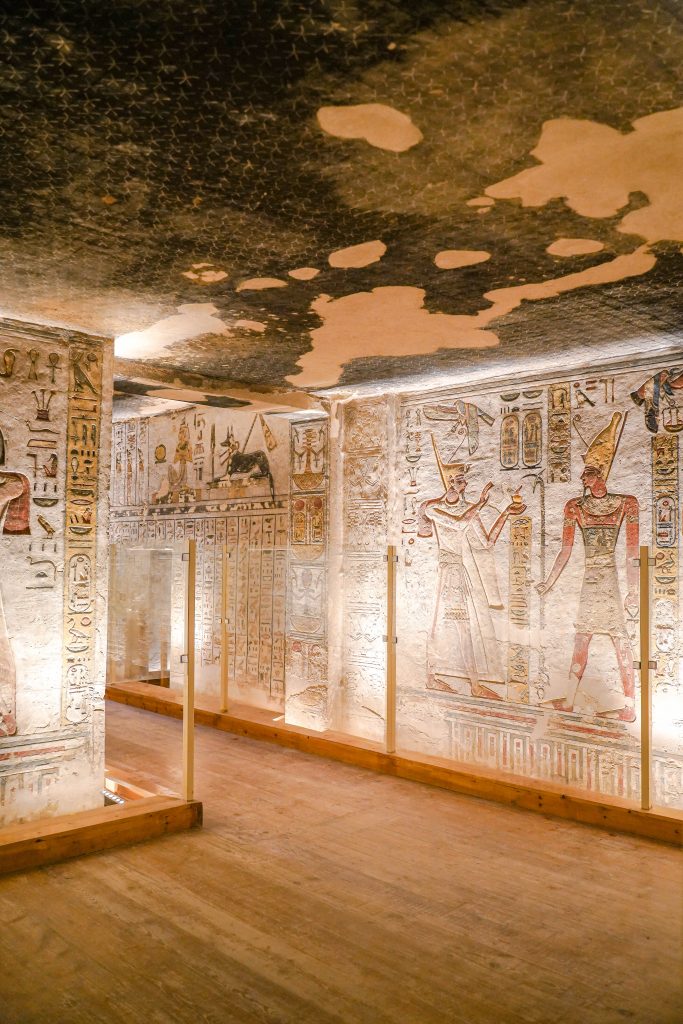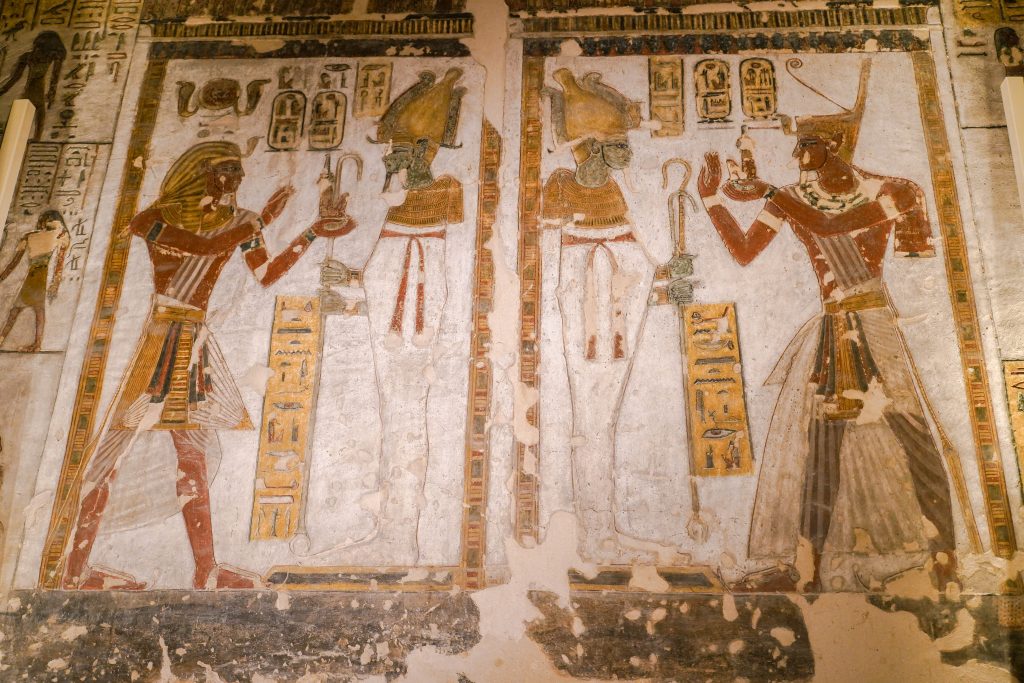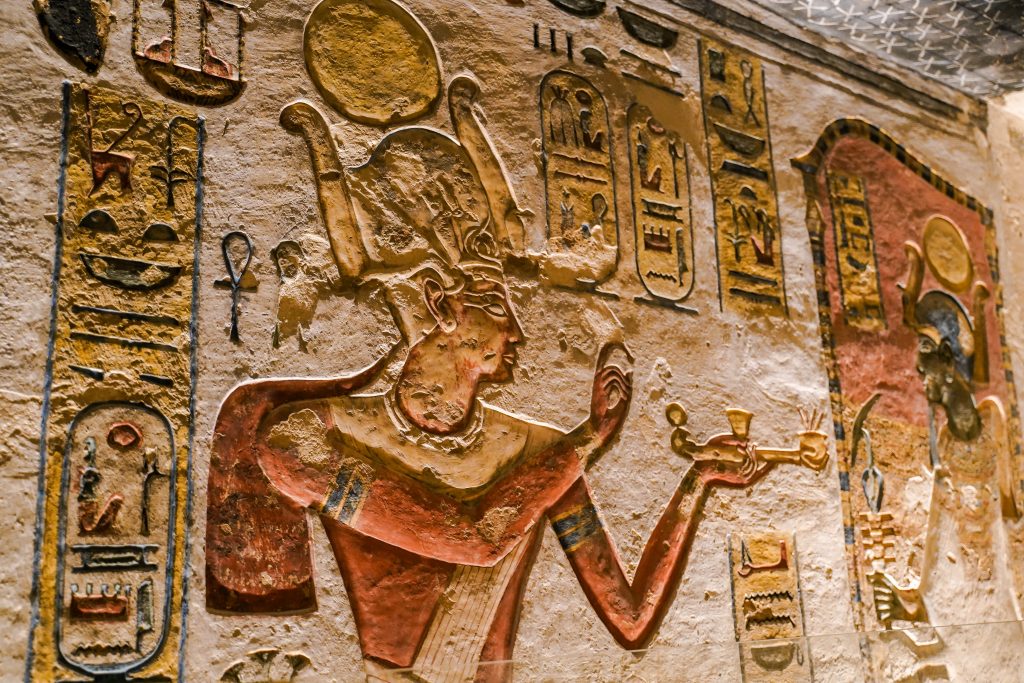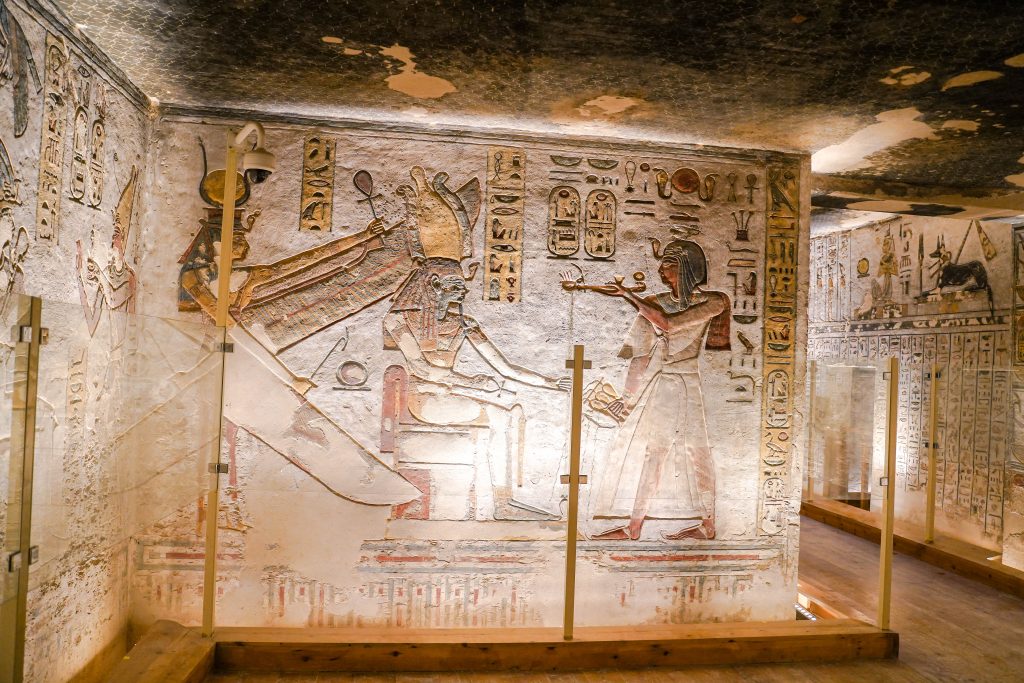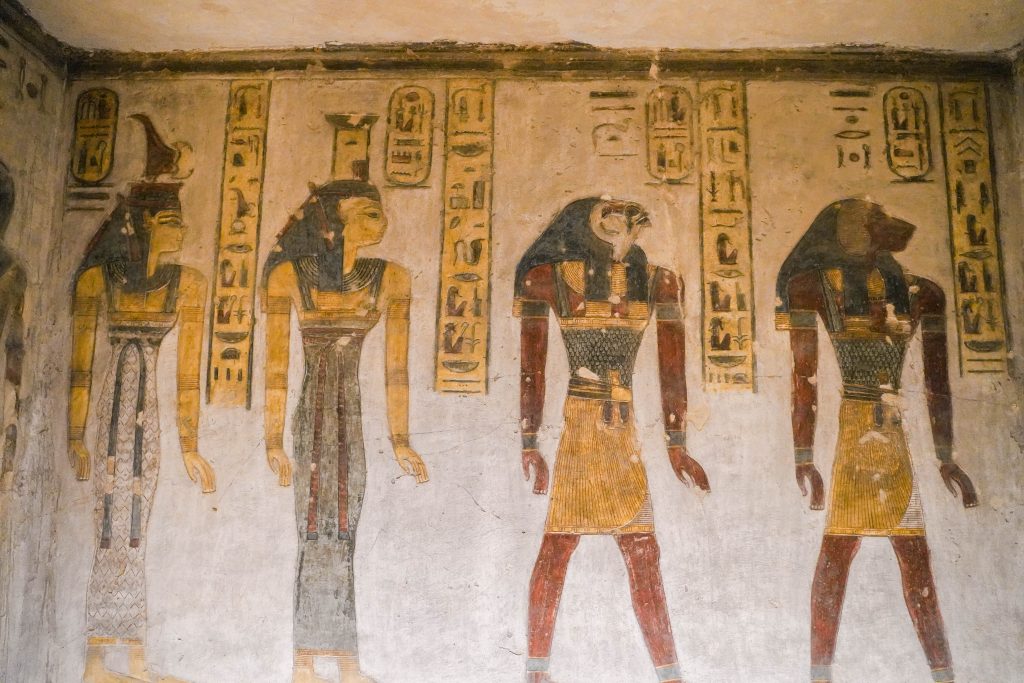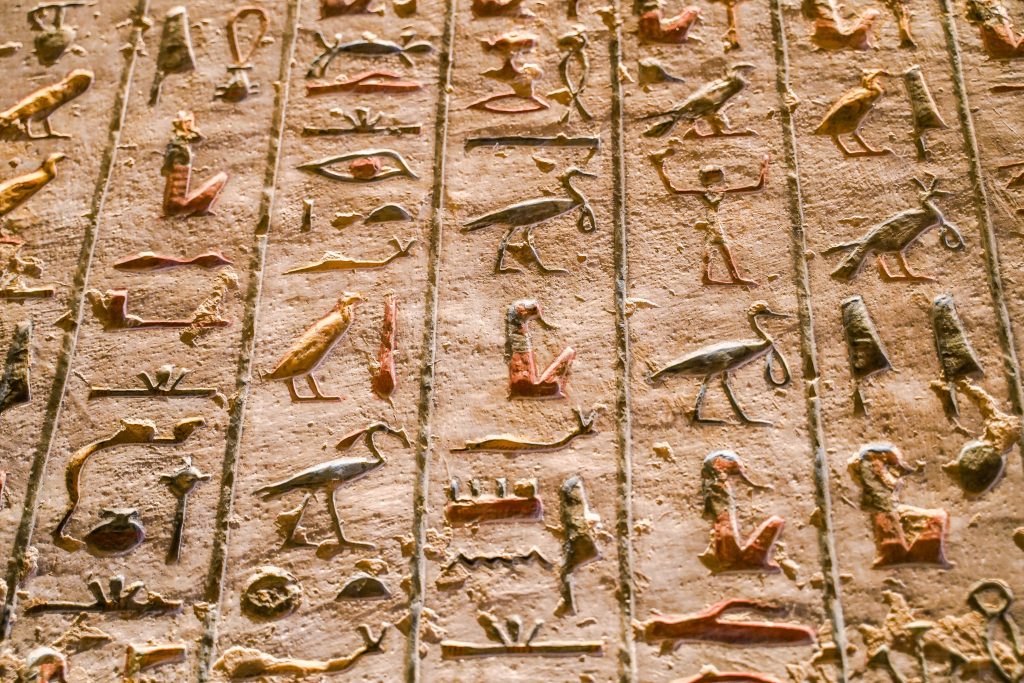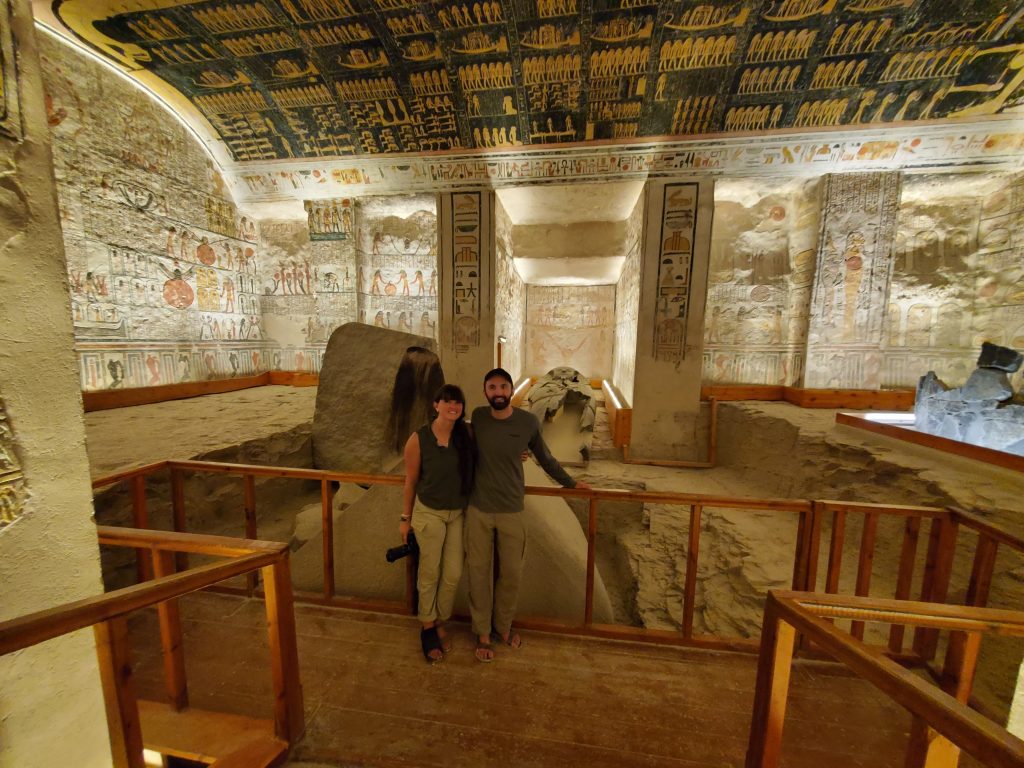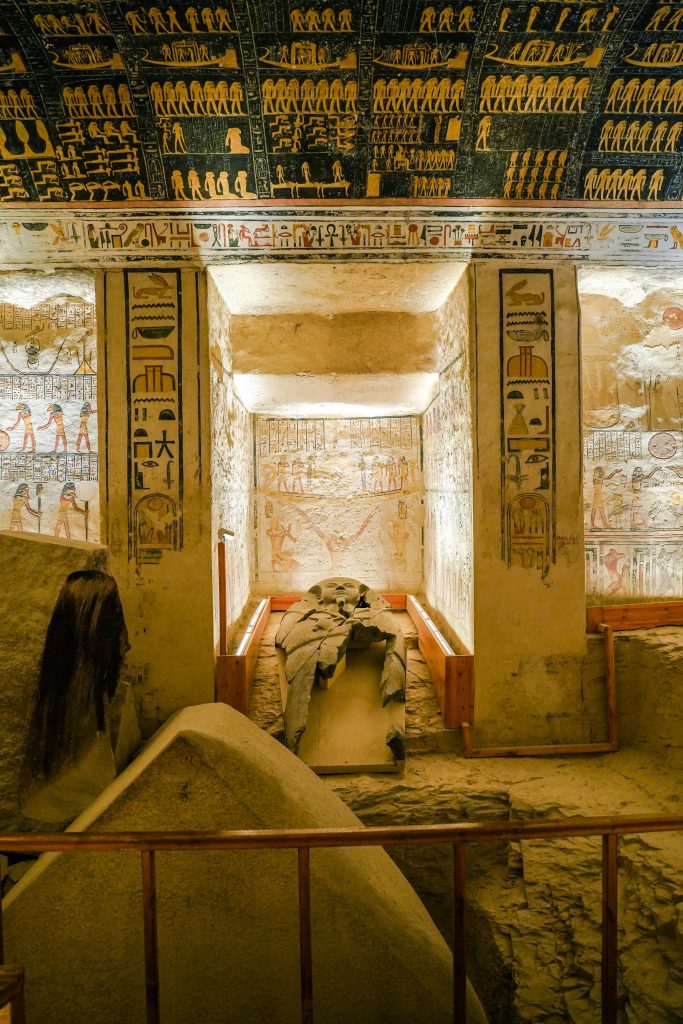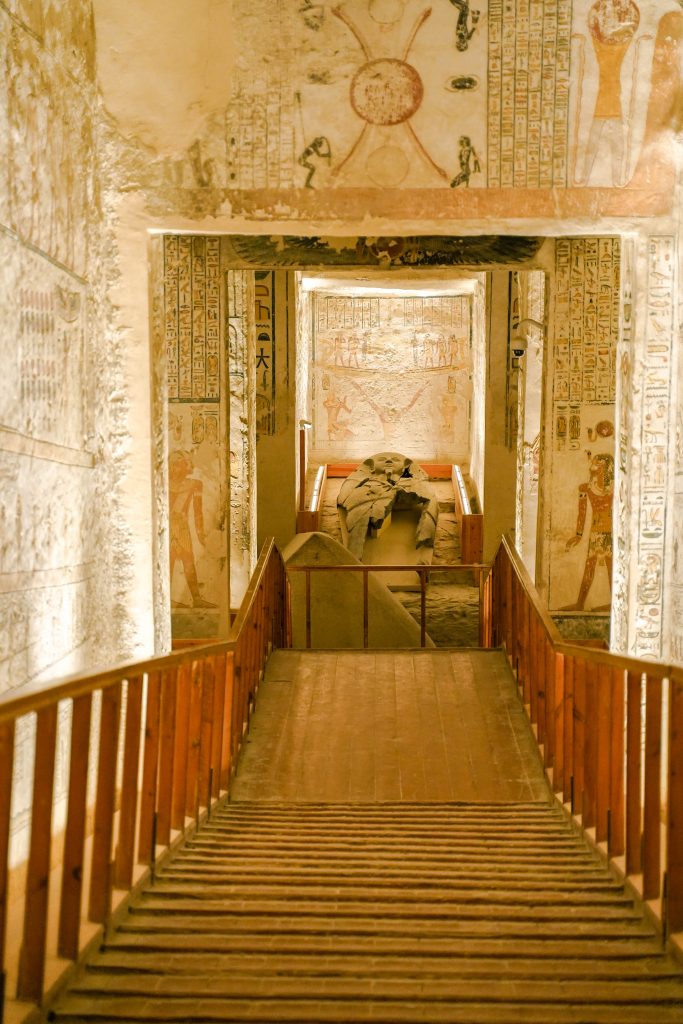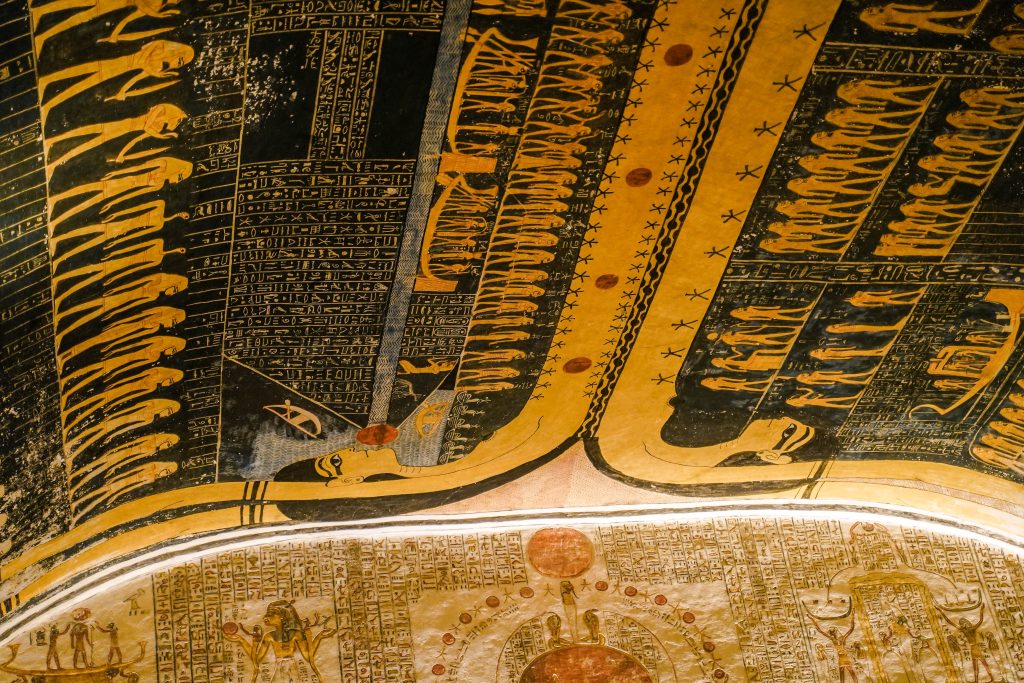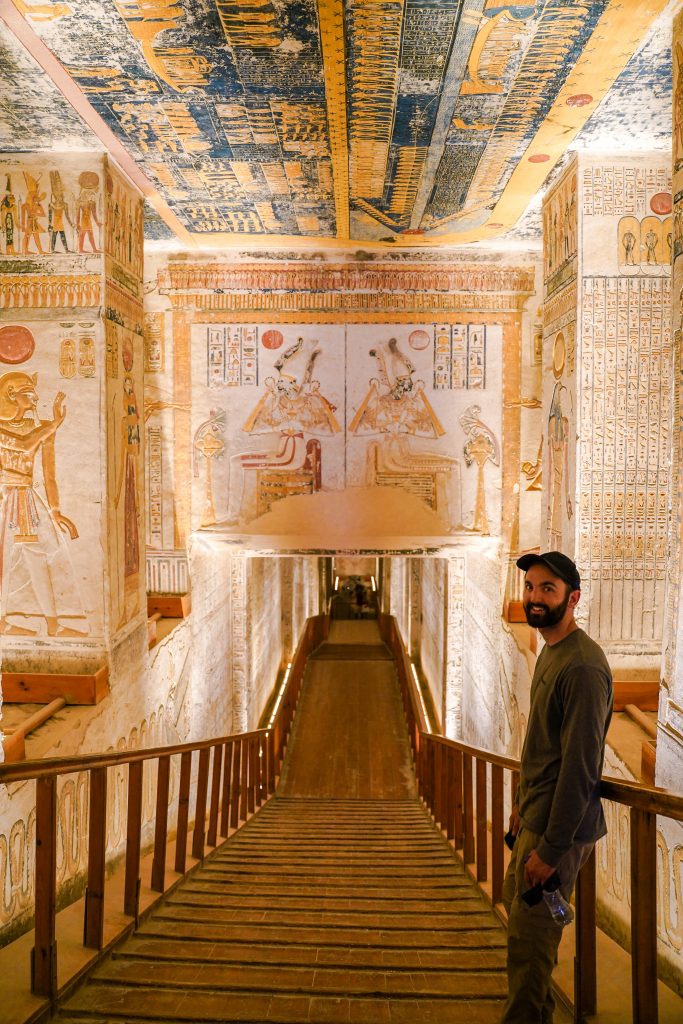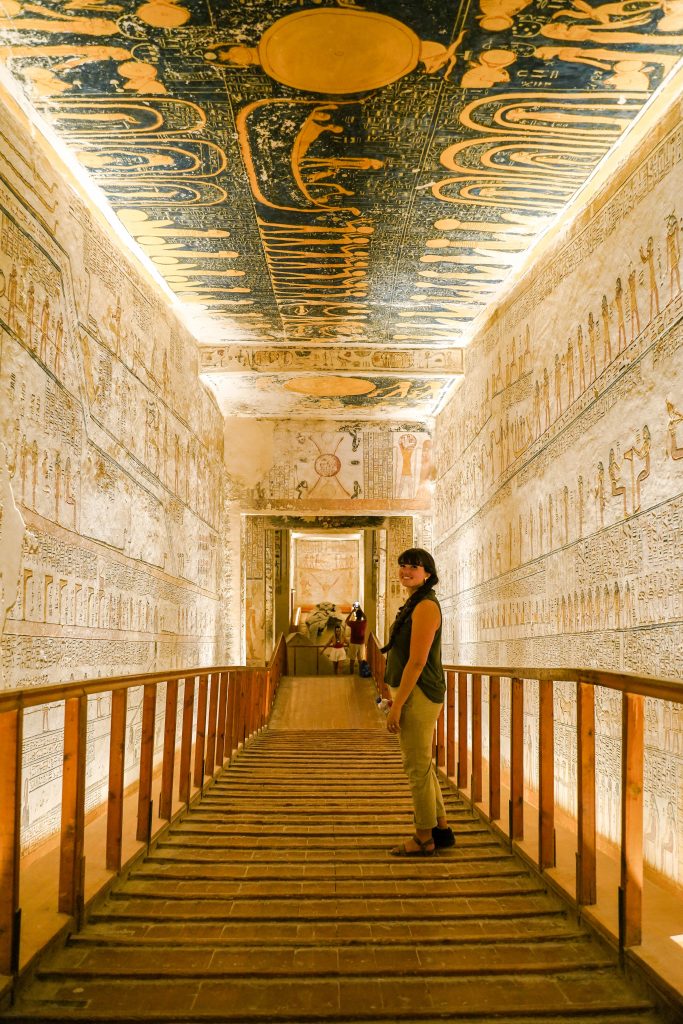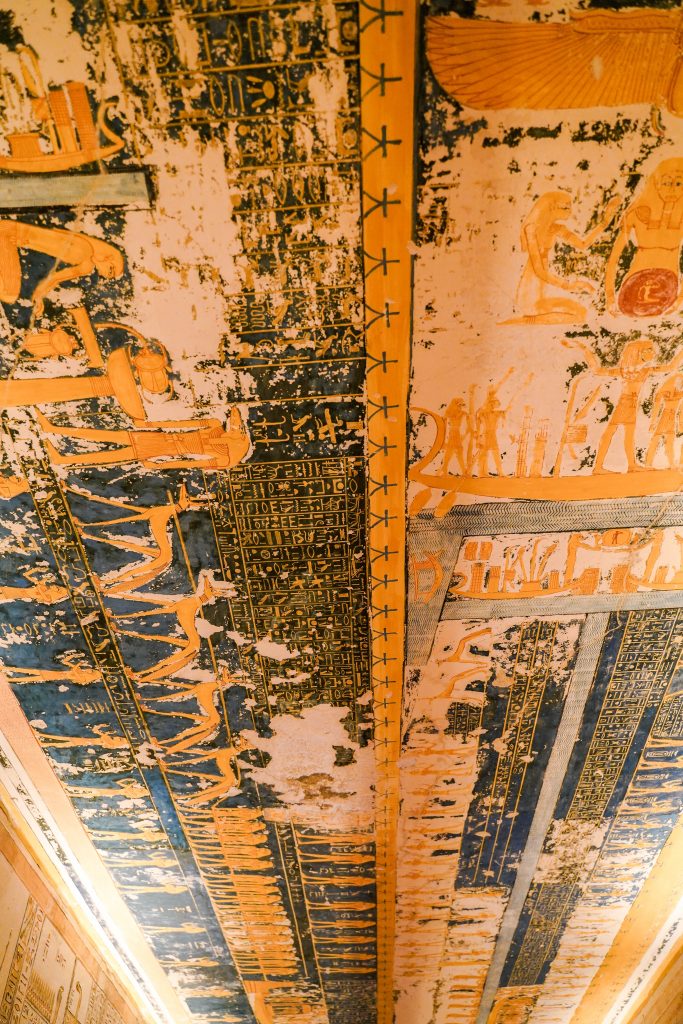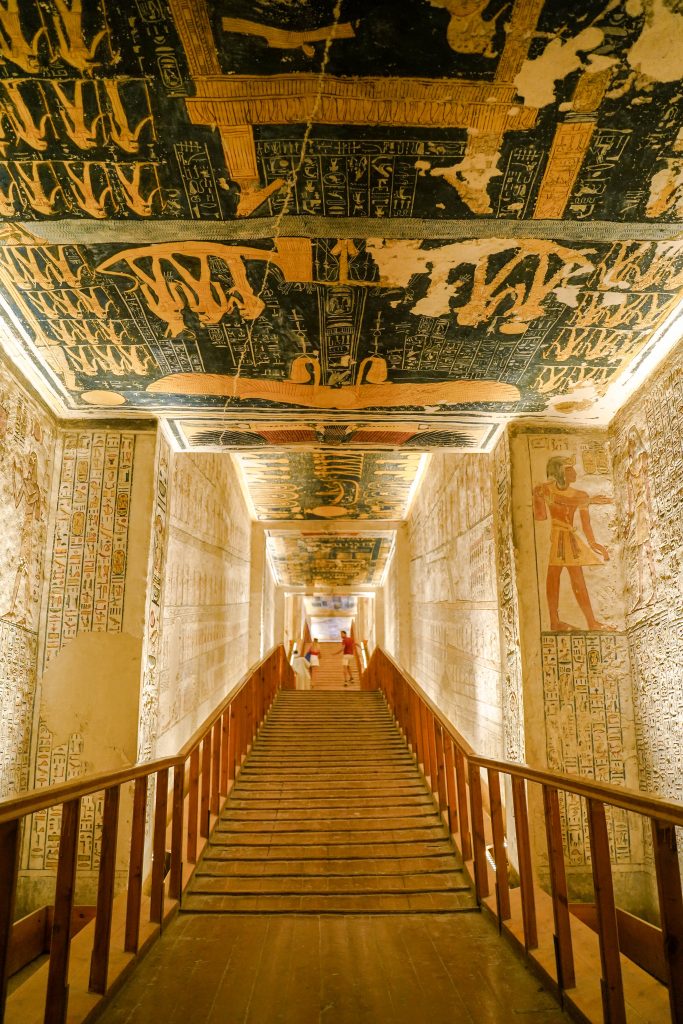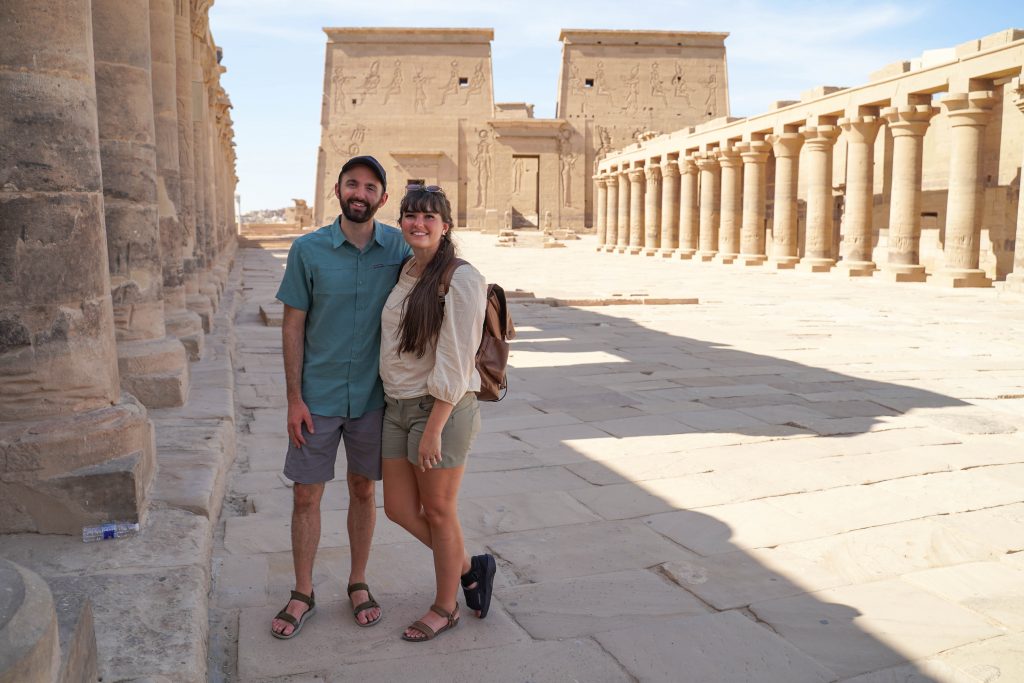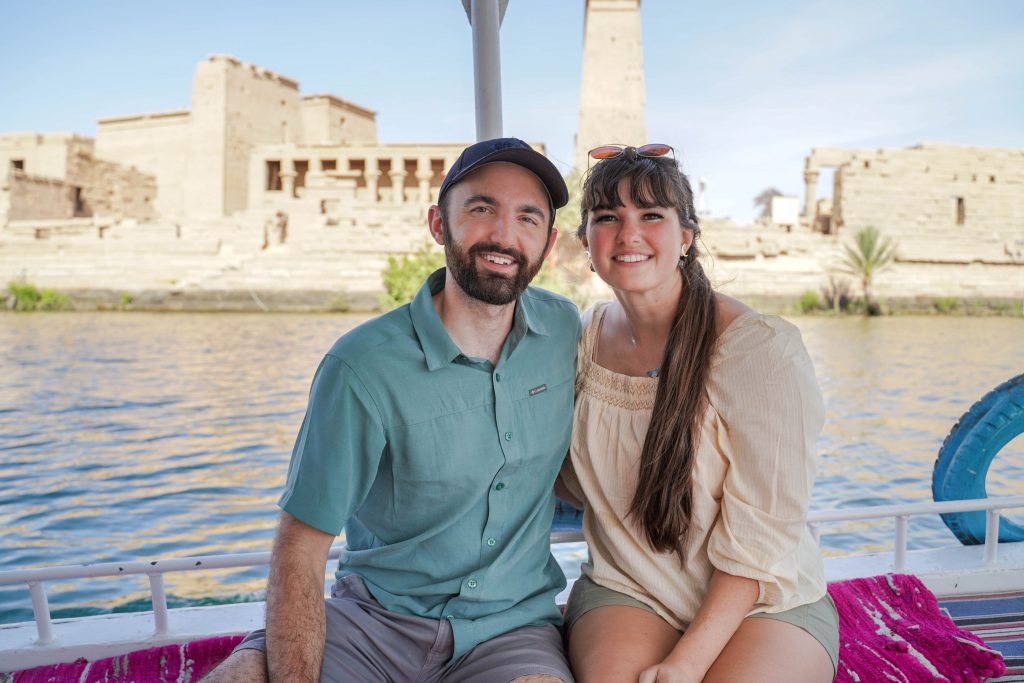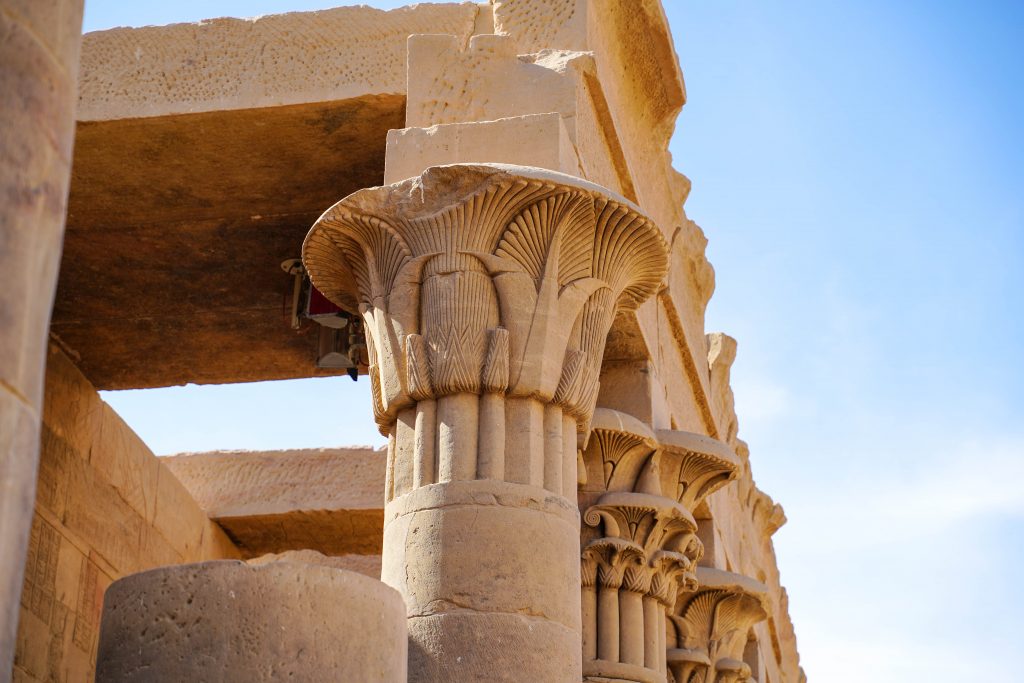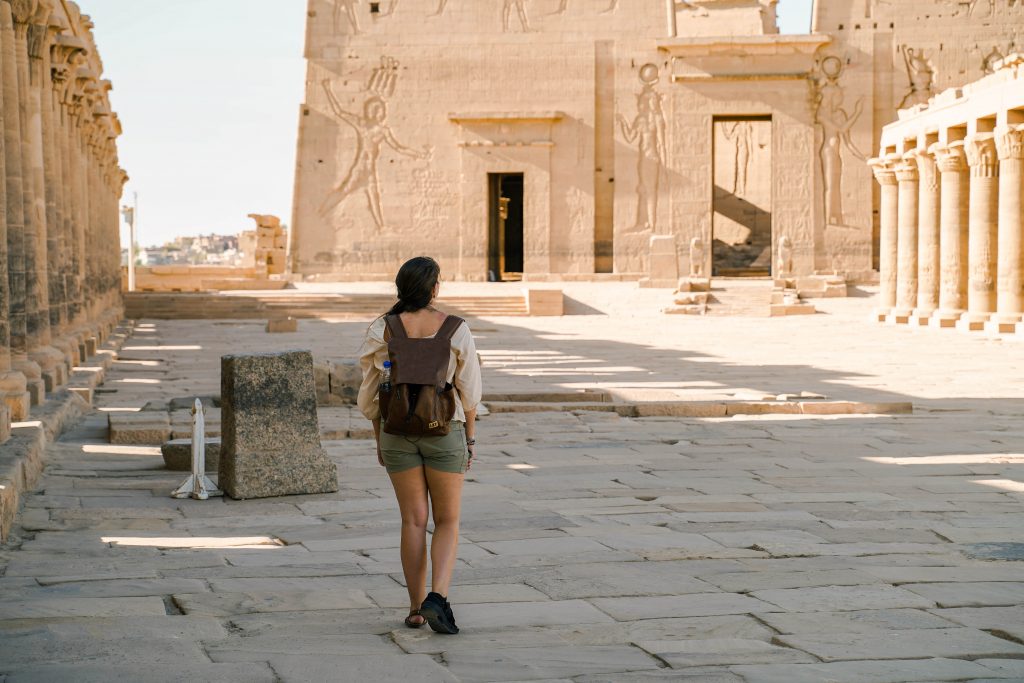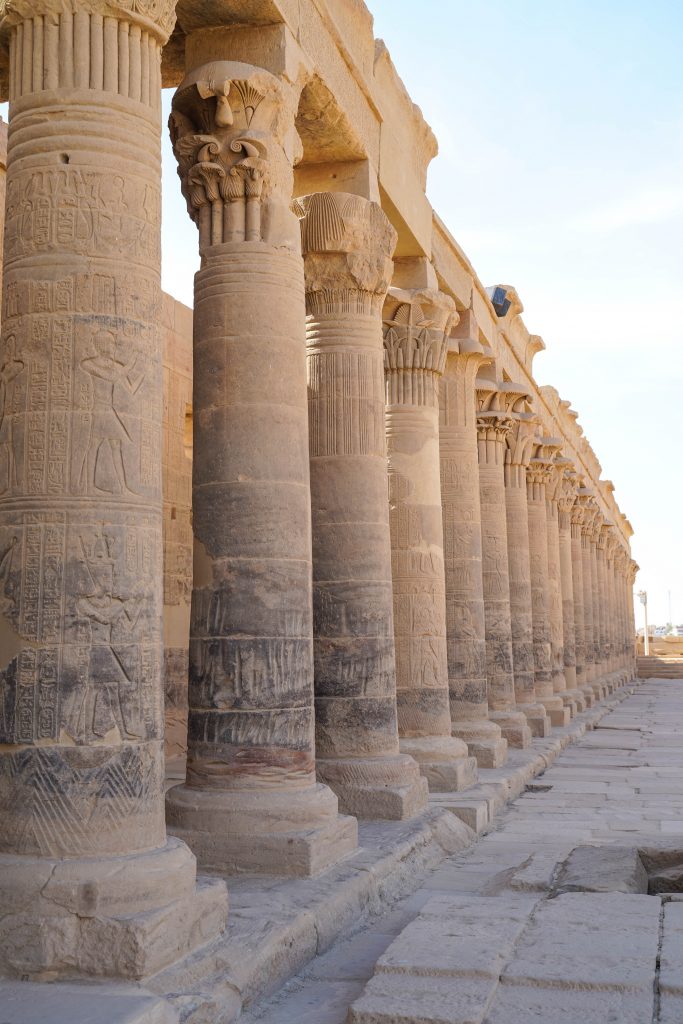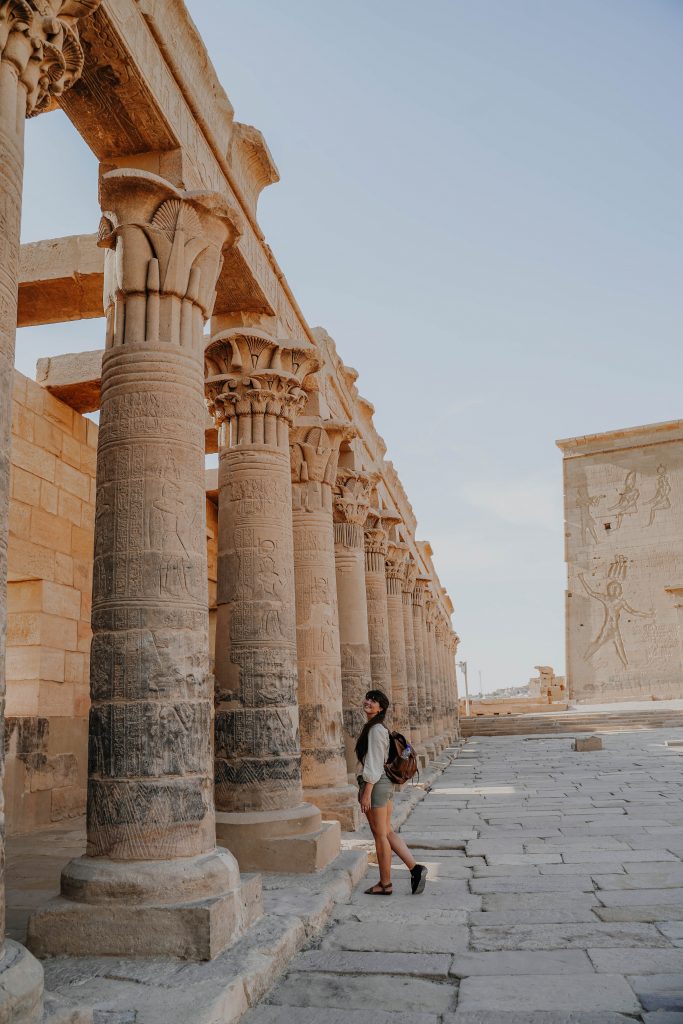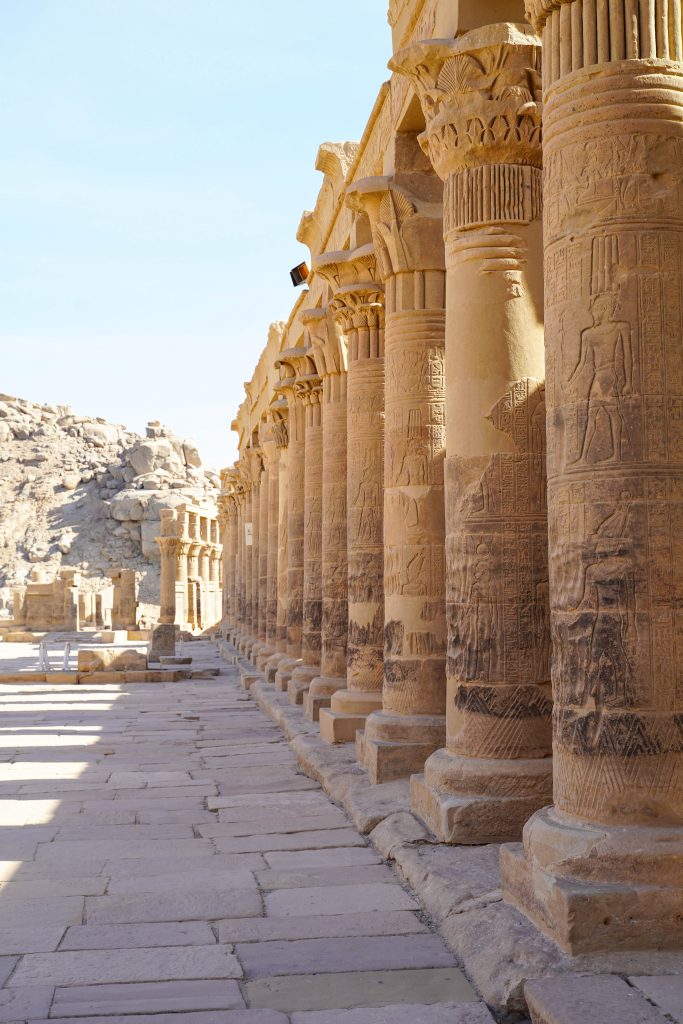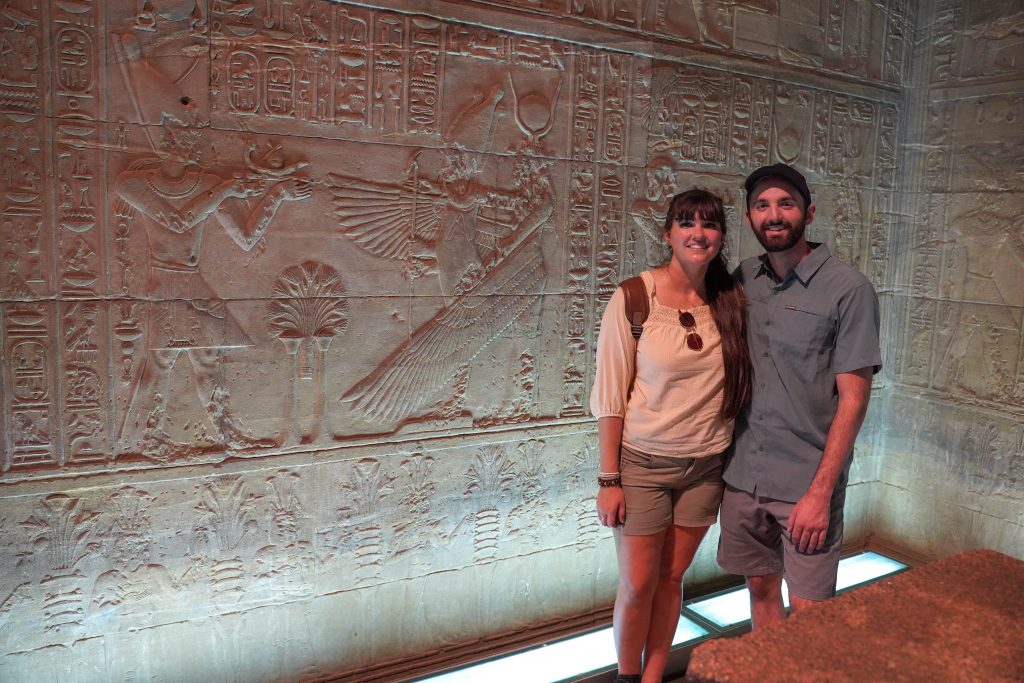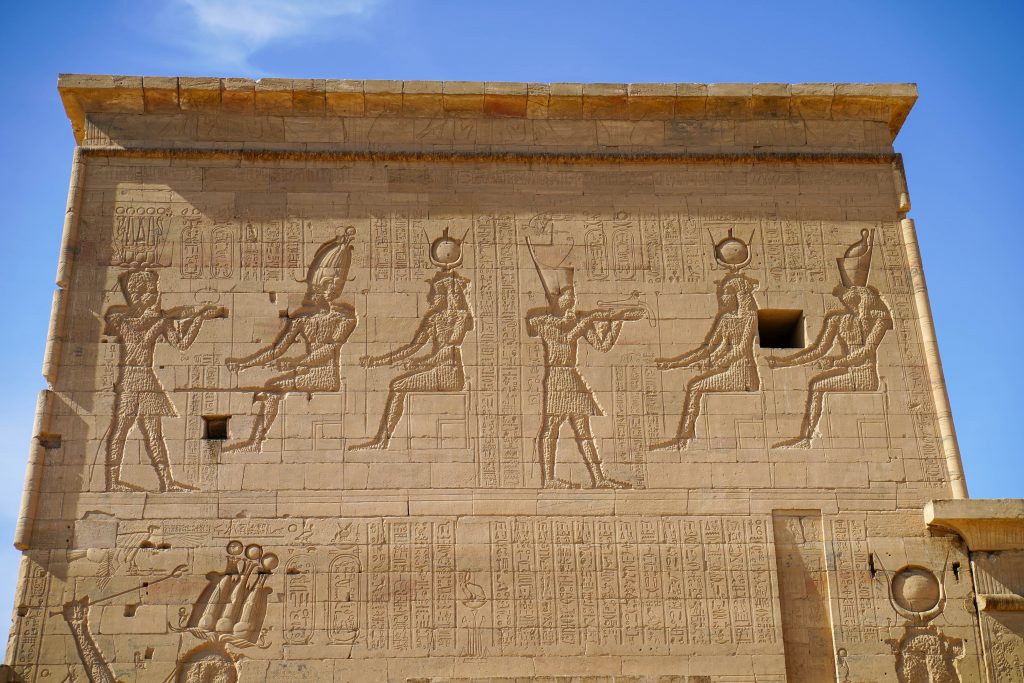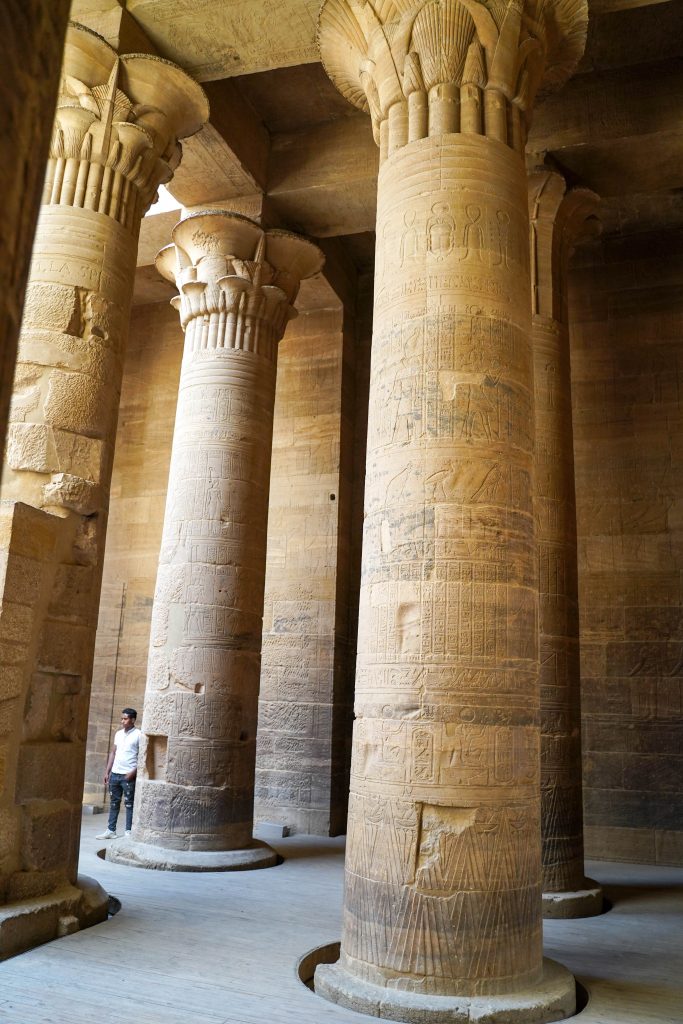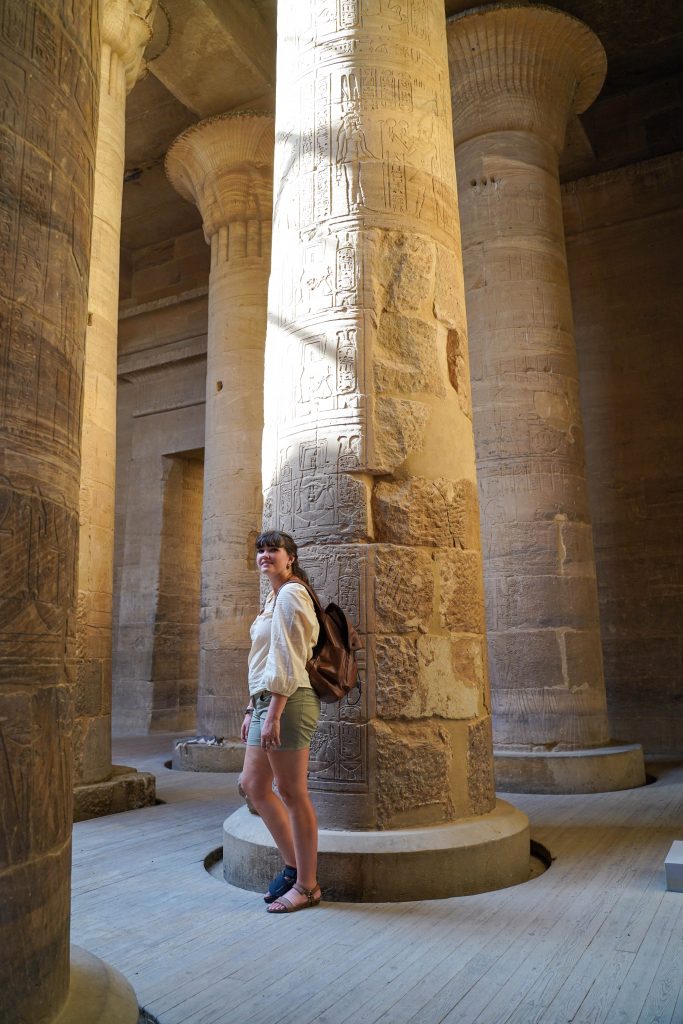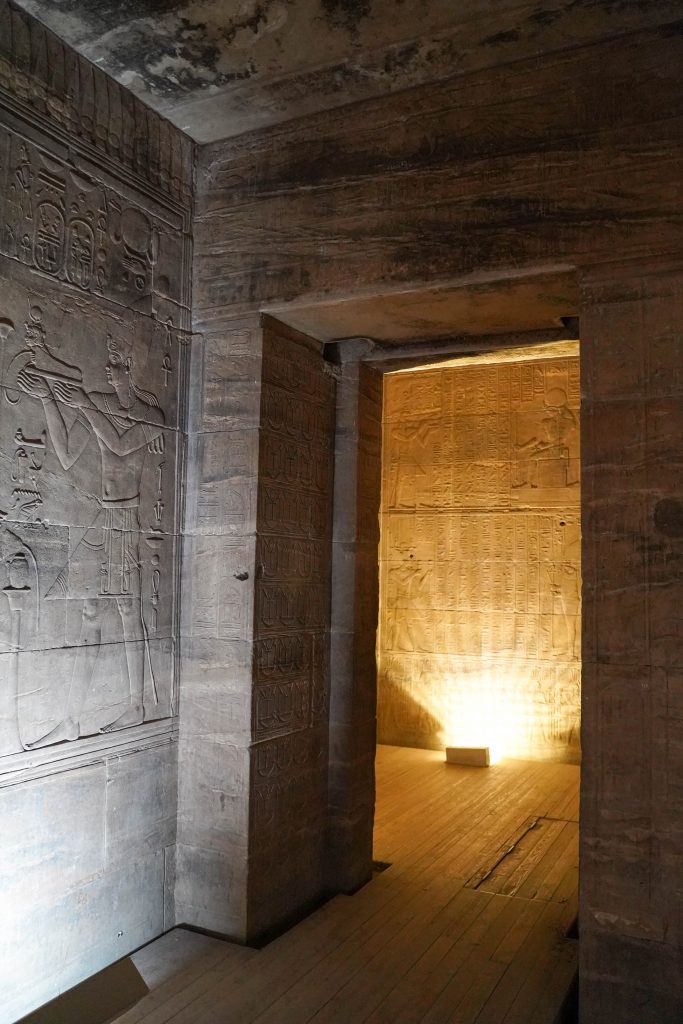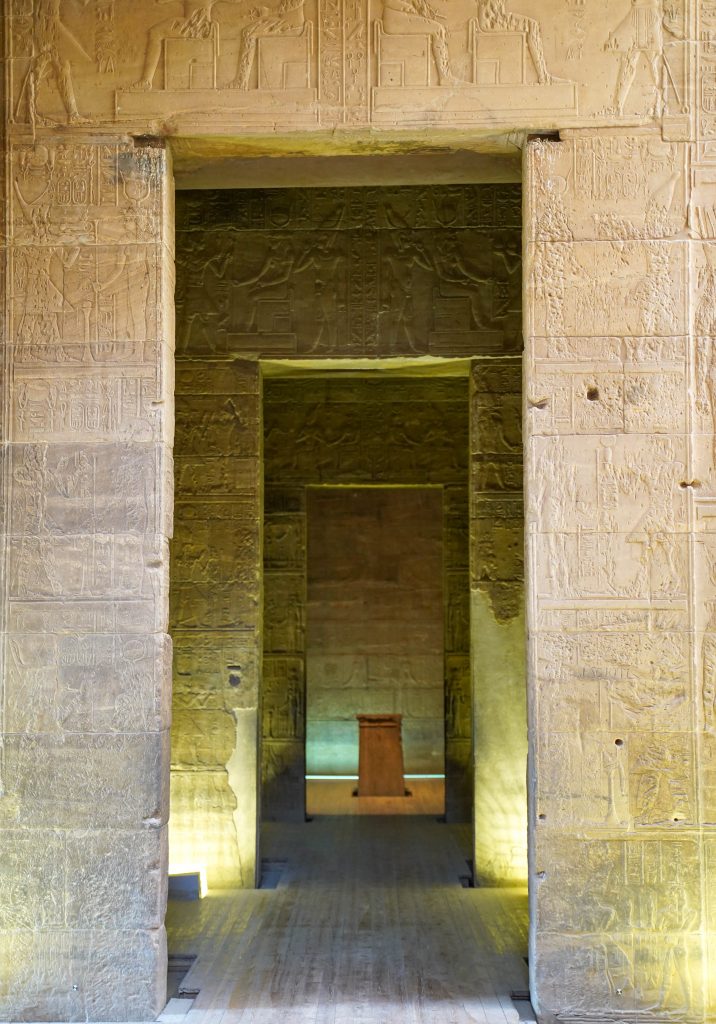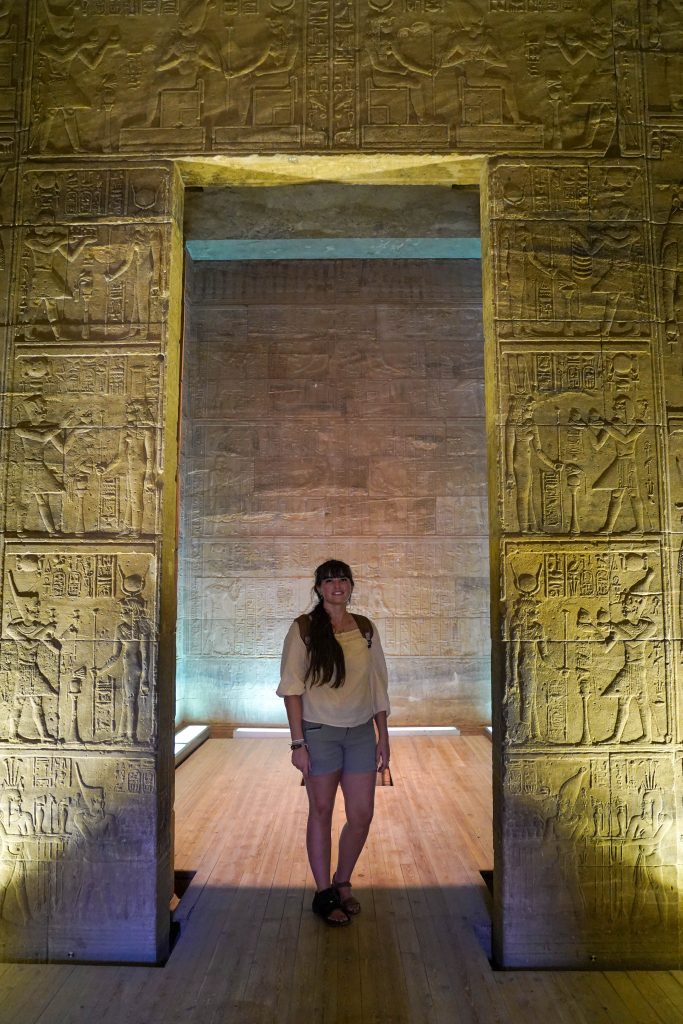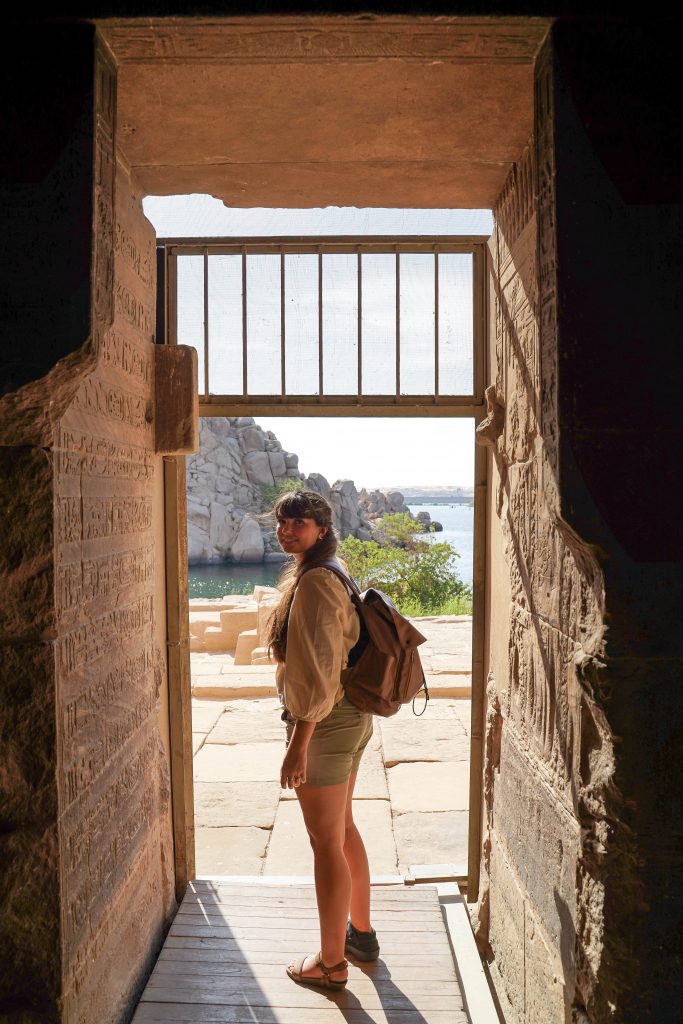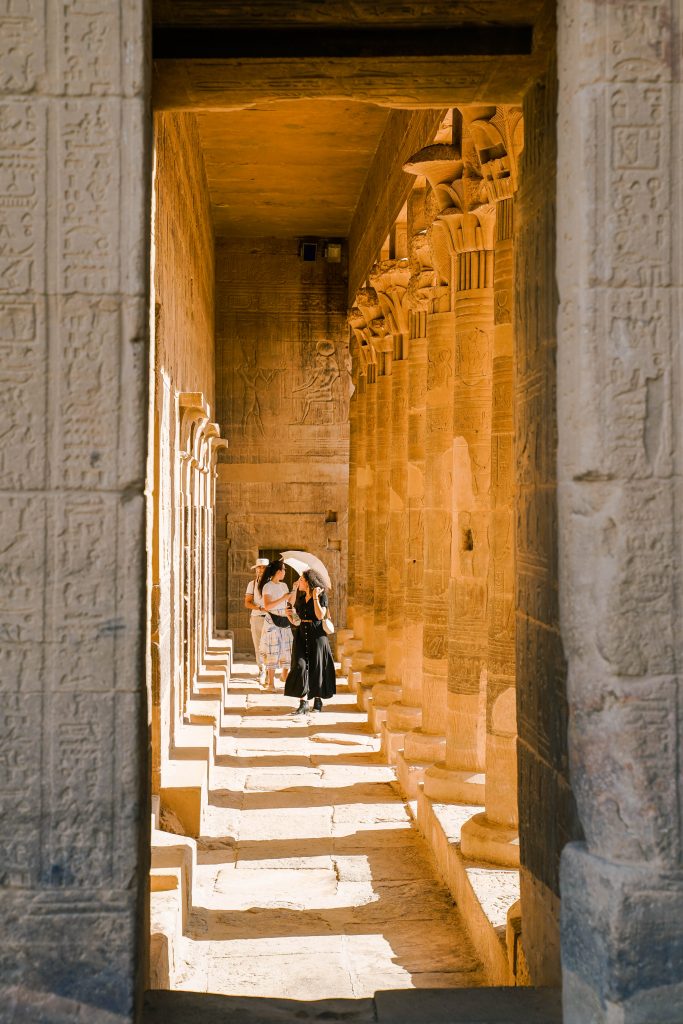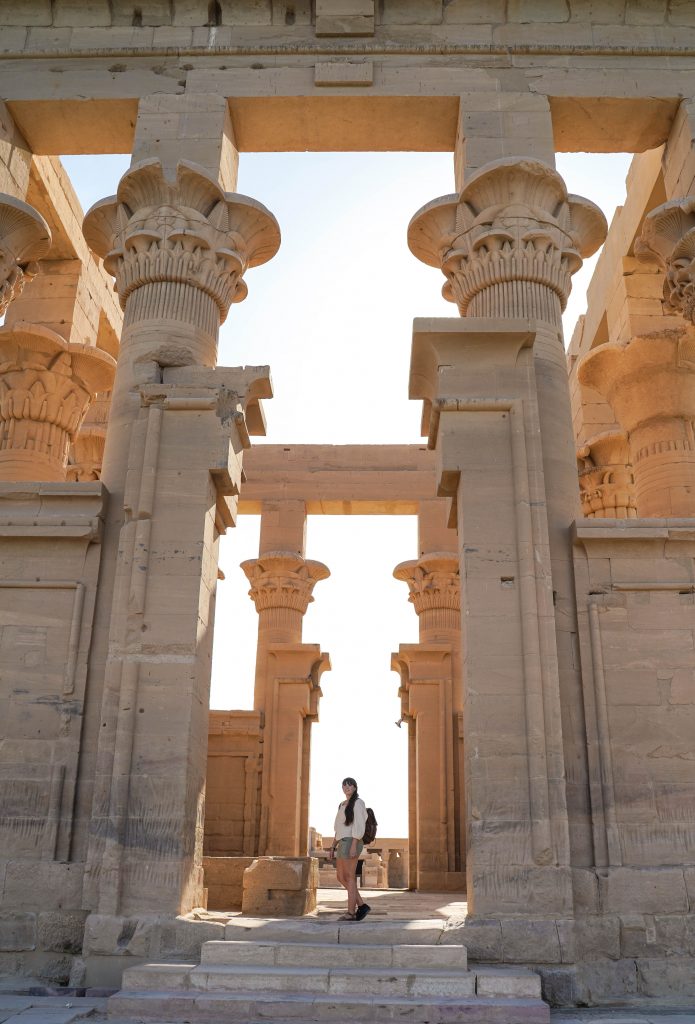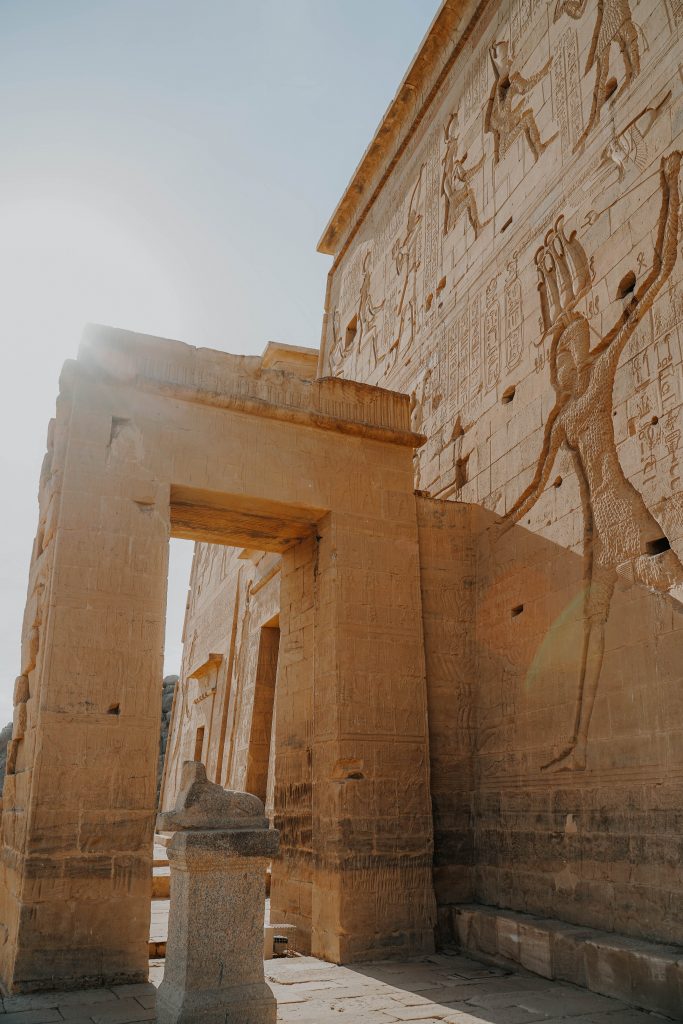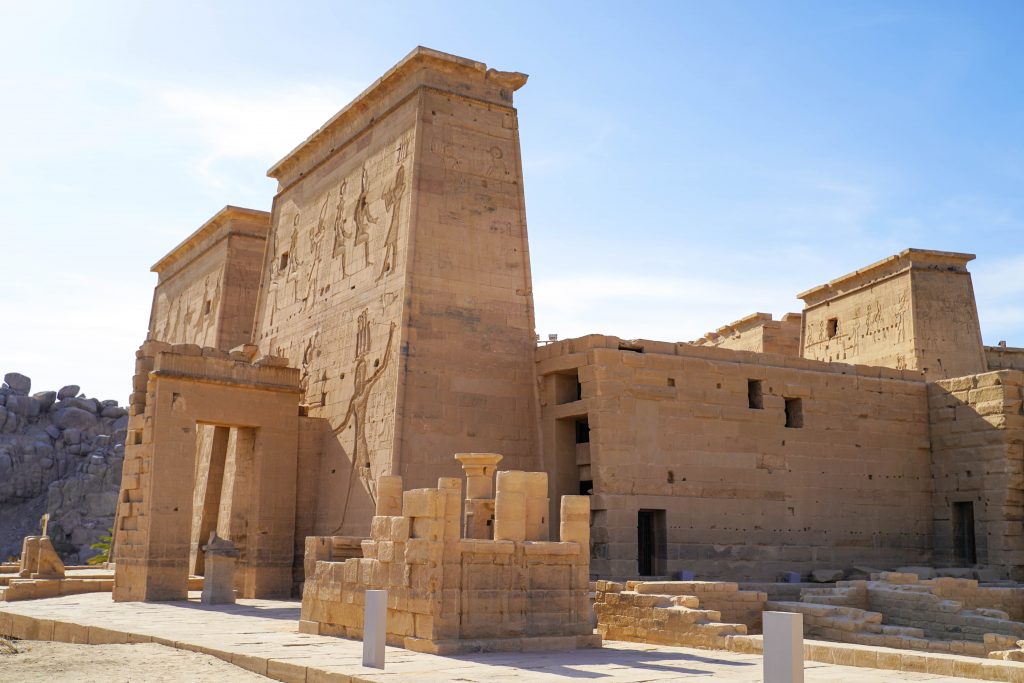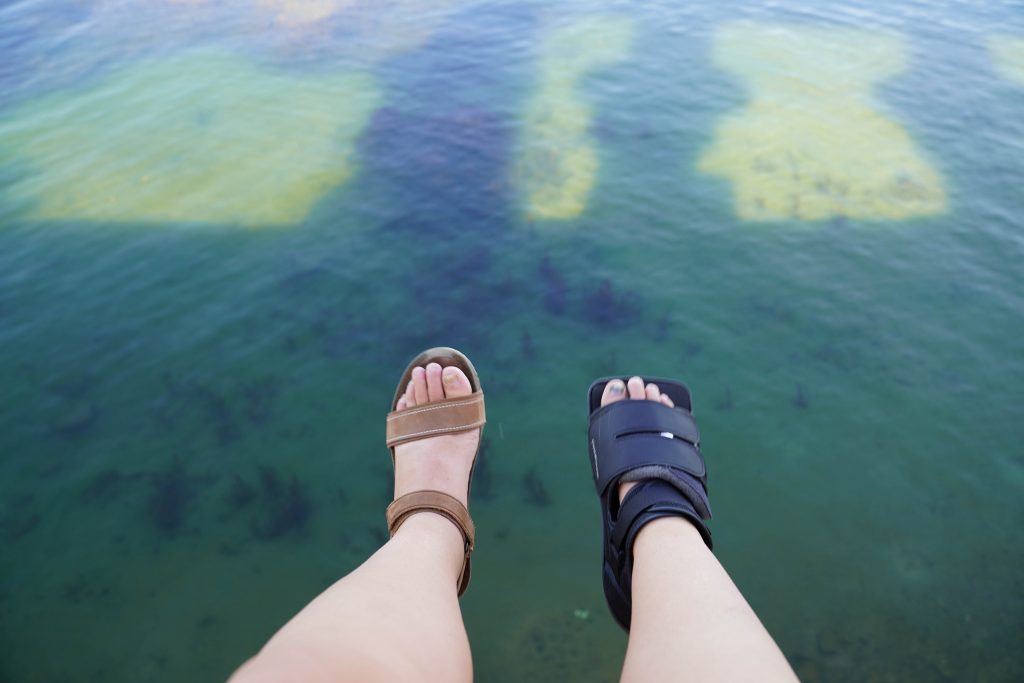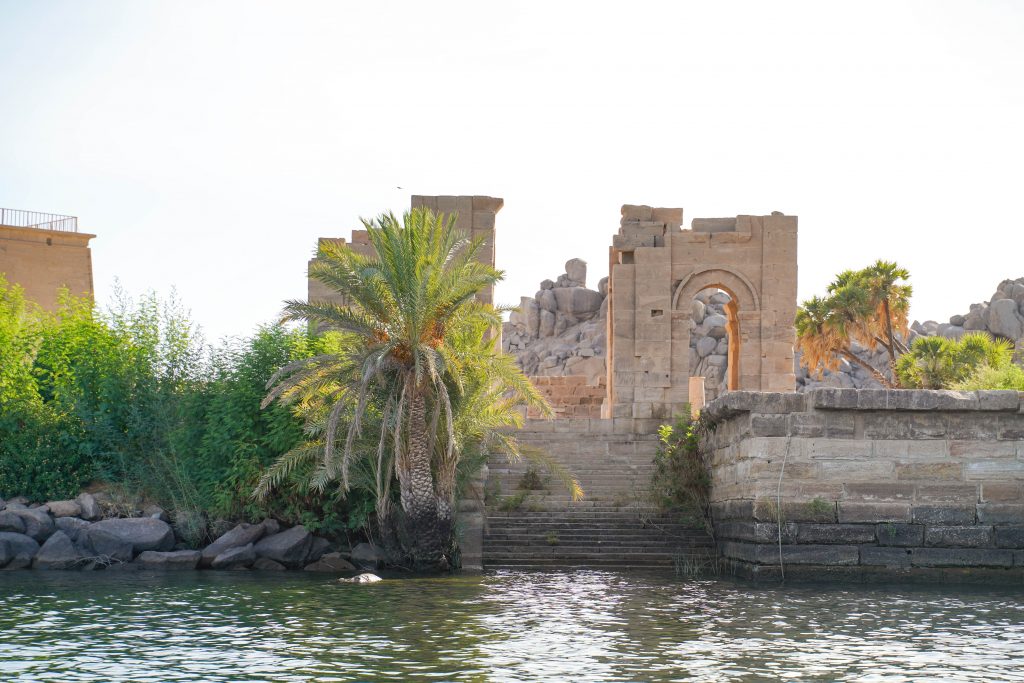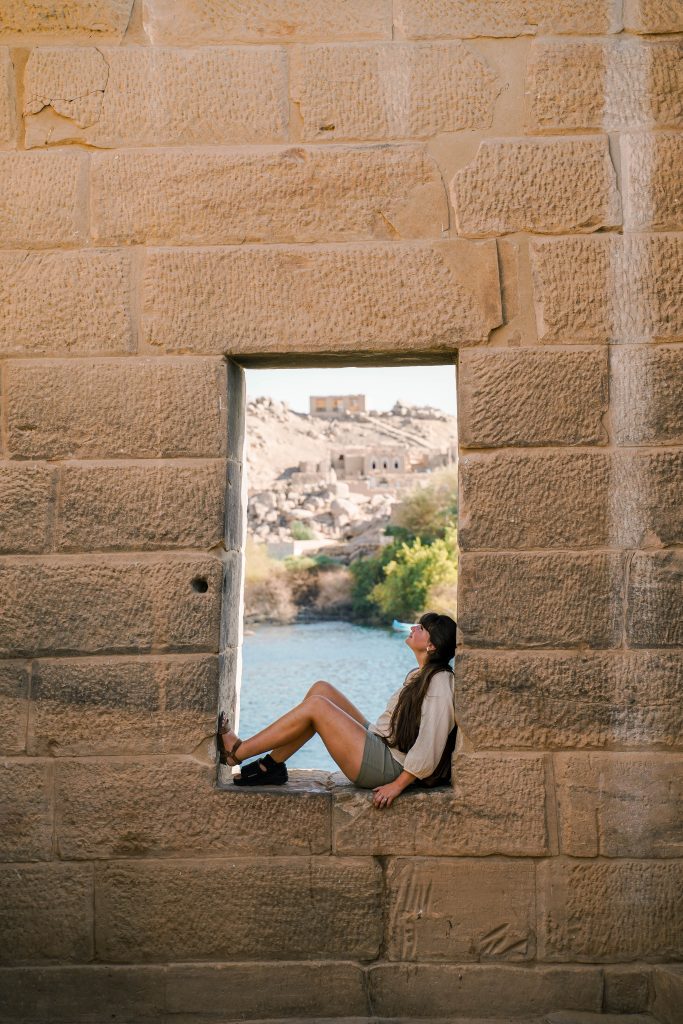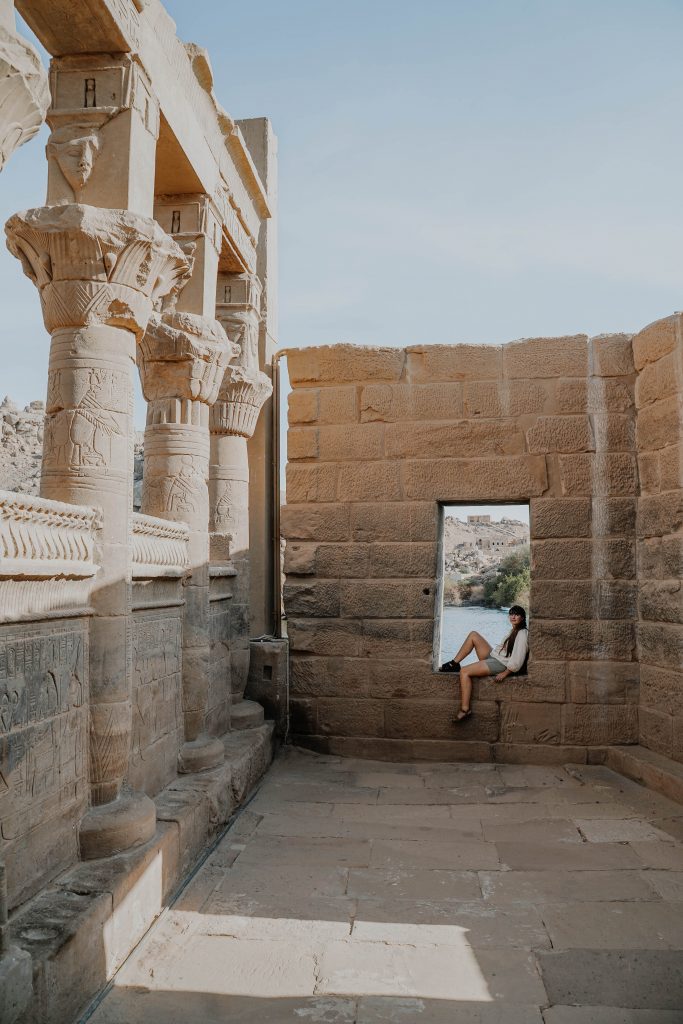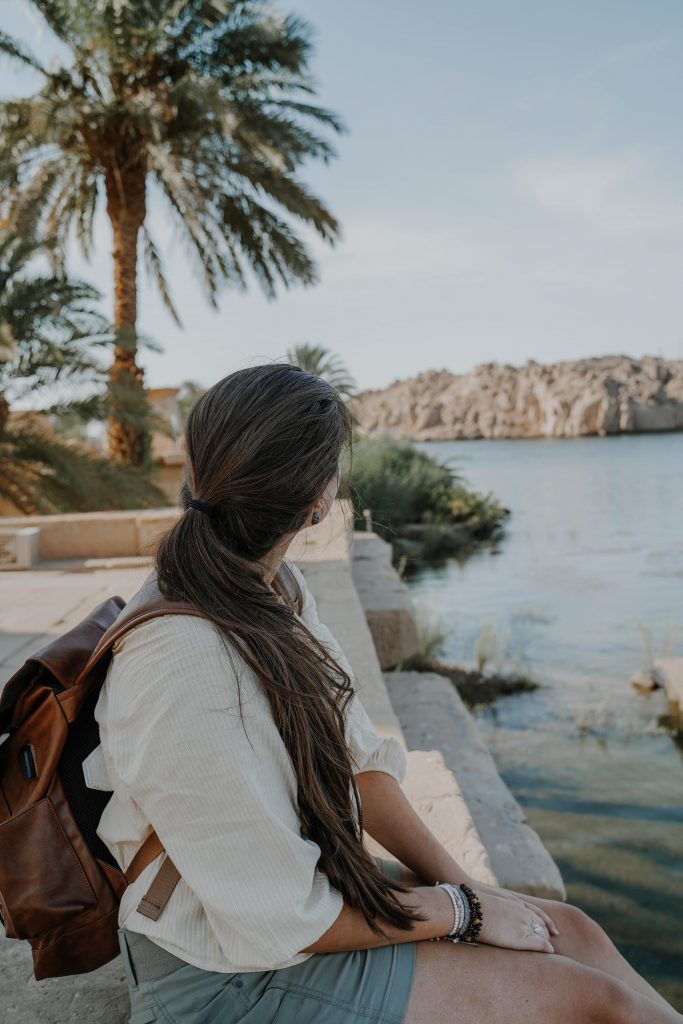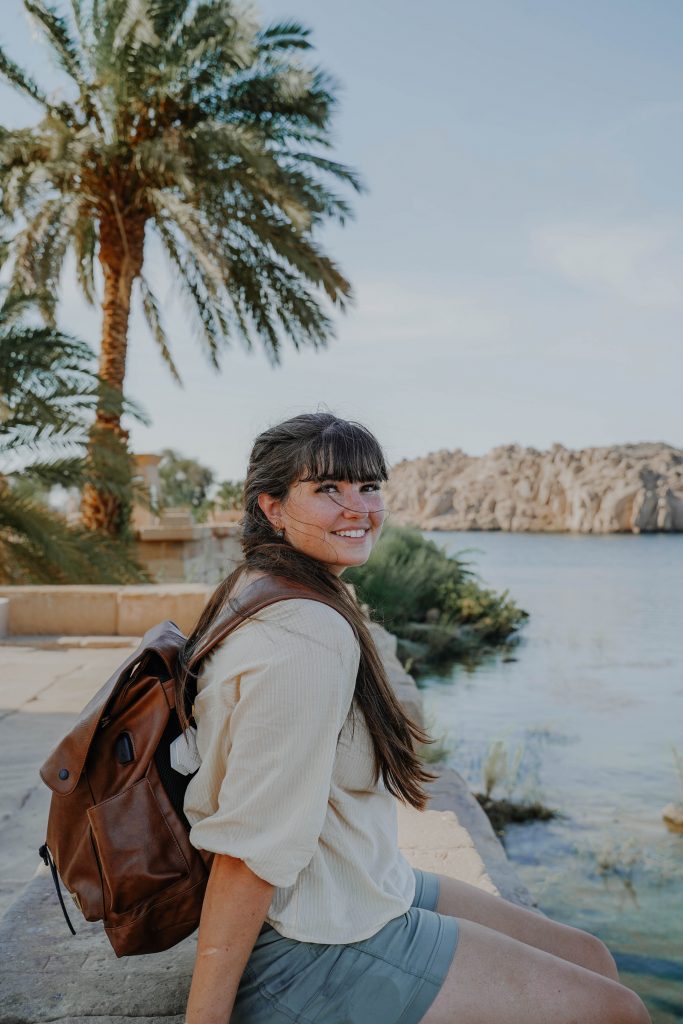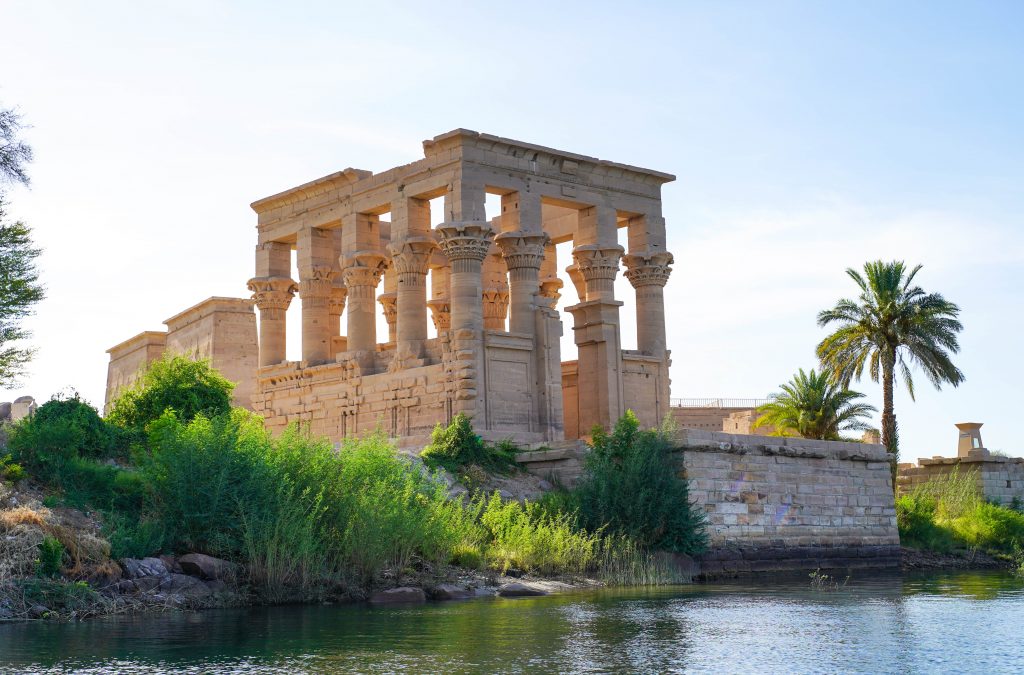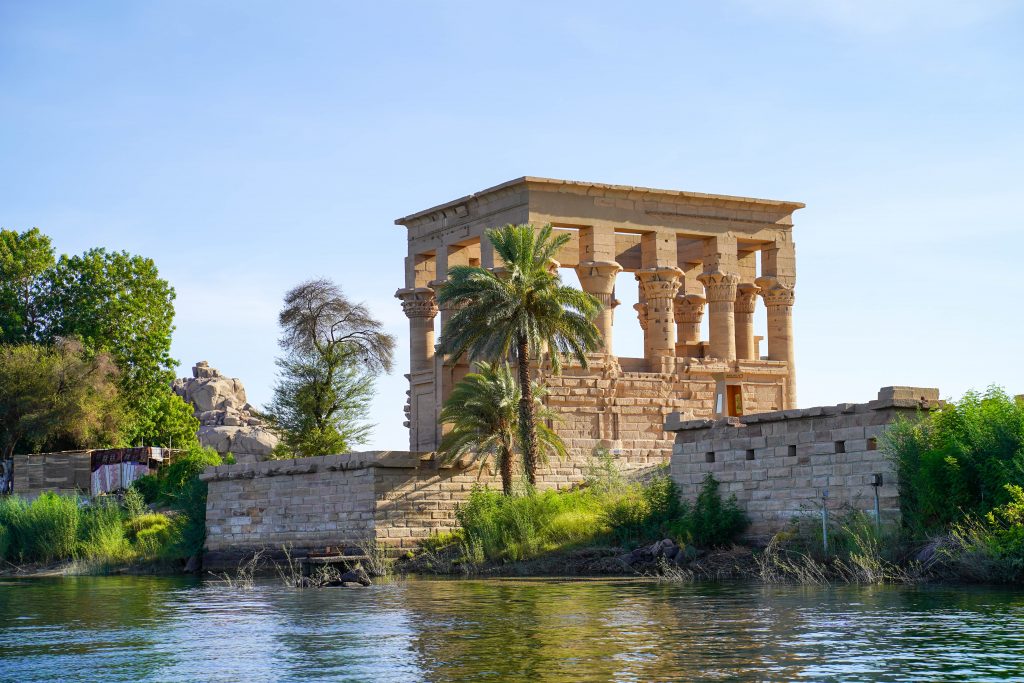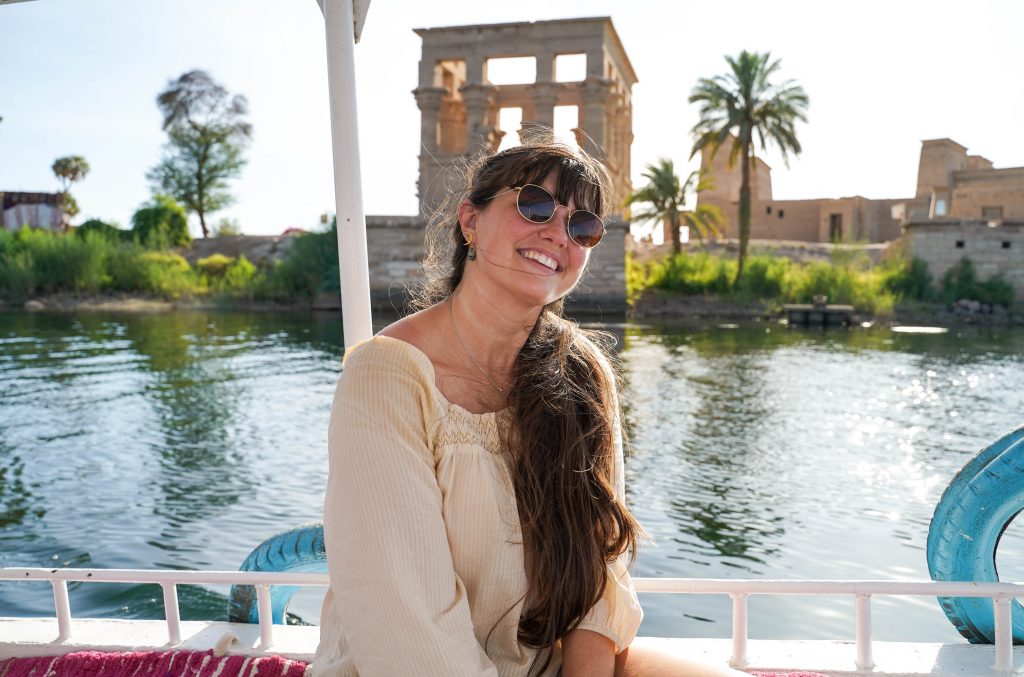Nile Cruises have been all the rage in one form or another since the dawn of Egypt’s civilization. As everything in Egypt is centered around the Nile, it makes sense that sailing would be an optimal mode of transportation. For tourism it picked up even more when speedy steamer ships were introduced making the journey from Luxor to Aswan doable in only a week.
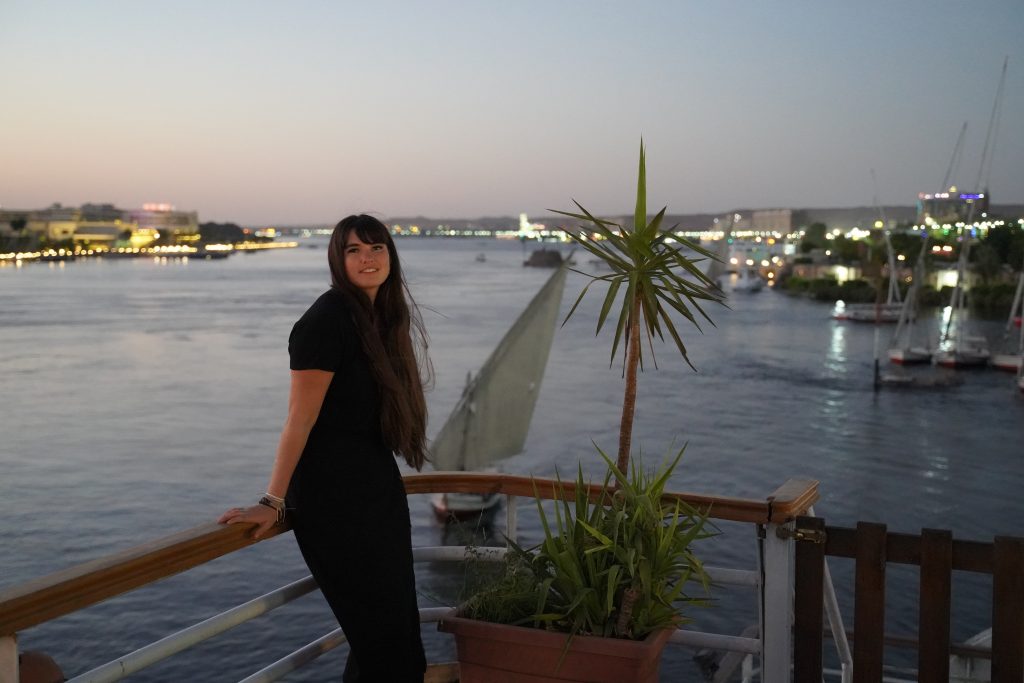
The cruise ship is a fantastic way of seeing the temples that line the banks of the Nile since it allows you to disembark at the destination and see everything you need to see and then travel to the next in complete luxury. No trains or long car journeys here. That being said, there are some pros and cons to either mode of transportation and while my blog is going to focus on choosing a Nile cruise, I’d at least like to present both options.
The Pros of a Nile Cruise:
- No logistics to worry about, everything is well planned and runs smoothly
- Unparalleled views of some of the temples (like Kom Ombo) that are right along the water
- Other peaceful and serene views as you cruise along the Nile seeing wildlife, farms, and small towns pass by
- Very, very little time in a car as the temples are usually within 10 minutes of the cruise dock if not within walking distance
- Comfortable accommodation you can actually settle into and unpack for a few days
- Finding somewhere decent to eat can be challenging in Egypt so it’s great having all meals included in your price.
The Cons of a Nile Cruise:
- Limited time exploring some of the temples, especially Kom Ombo and Edfu as these are usually shorter stops between Luxor and Aswan
- Along the same lines, no ability to choose your tour time if you have a preference for time of day to visit the sites.
- Smaller pool and less entertainment than you would find with a larger hotel in Luxor or Aswan
- If you don’t like the food… you’re kind of stuck with it.
Travel around Egypt is doable both ways and with plenty more research or discussing with a tour company, I’m sure you could have a great experience either way.
The Cruise Schedule:
Day 1: Visit Abu Simbel (3 hour drive away) and then embark on cruise. All meals included and free time on the ship from 1 PM
2: Visit the Nubian Village near Aswan in the morning (an extra) or free time. Lunch and sailing. Visit Kom Ombo in the evening. Then dinner and sailing again.
3: Early morning in Edfu, breakfast, and then sailing to Luxor. Experience a “locke” on the cruise, then lunch and then visit to Luxor’s East bank temples – Karnak and Luxor
Day 4: Disembark and visit Luxor’s West Bank- the Valley of the Kings. Optional early morning start flight in a hot air balloon.
*Cruises also sail in reverse starting in Luxor and finishing in Aswan.
*Other tours and cruises may have differing schedules but there were at least 2 other ships sailing and following this same schedule as us so I think this schedule is pretty common
Our itinerary involved one night in Aswan on the front end so we made sure to see everything there, then 4 days/ 3 nights with the cruise. We visited the Philae Temple, high dam, and giant Obelisk on day 0 (you can read about that here) and had a great night in a hotel before our cruise began.
About our cruise ship and experience on the MS Salacia
Our tour was with Memphis Tours, and cruise ship was the MS Salacia. We had the more “budget friendly” cruise option of Memphis Tour’s partners and since we were travelling during an off season, there were only 9 total passengers on the ship including us. This will likely bias our review but here it is anyway.
The ship’s layout
Our ship had 3 guest floors with the first initial floor containing only the lobby and guest rooms. The second floor (where our room was located) contained the dining room, a library with small seating area, 2 small shops, and more guest rooms. The 3rd floor contained a small bar/ snack area, the spa, and the pool deck. Then there was one additional deck above the pool that had loungers and covered dining area.
Overall these ships are much smaller than what you’d expect if you’ve been on a large sea faring ship but all the rooms were comfortable and tasteful. I enjoyed all the vintage vibes without feeling out dated on our ship.
The Rooms.
The rooms were by far the best part of the ship. Everything about it screamed vintage steamer to me from the décor, wood paneling, and overall layout. It was spacious, comfortable, and quiet. We had a tv (although we never attempted to watch it), mini fridge, seating area, private bathroom, 2 windows, and a queen size bed.
The mini bar/ fridge is also stocked every day with 2 bottles of water, 2 cans of soda, and 2 juice boxes which are free. (That is the extend of the drinks included but we would take our water or sodas with us to the dining room no problem)
We were also given 1 GB of wifi per person for the entire cruise journey… Not great but better than nothing.
Entertainment
There is none. Don’t expect a live production stage or comedy here however sitting on the top decks and watching the beautiful scenery of the Nile pass by was definitely one of my favorite parts. I highly recommend bringing a few card games, card decks, or easy to pack dice games to play in your down time.
The pool is small but pretty well designed and we almost always had it to ourselves. It had 3 stages of depth, the first only like a foot deep and perfect for suntanning in. Then there was a 4 foot and 6 foot section that were great for swimming around in and cooling off. We spent most of the day by or in the pool when the ship was moving and the rest of the time hanging out in our room.
Unfortunately the 2nd day spoiled the pool a little for me as Braden went inside before me and I was laying on the pool deck in a chair that lined up with the hall leading to the wheelhouse. I noticed 2 of the boatmen (1 in uniform and 1 not) taking discreet selfies or photos of me in the background which needless to say, was really uncomfortable. After I noticed that I packed up and went inside. I did go out again to the pool the next day but made sure I was out of view of that deck hall wherever I sat down.
Dining services
Our dining schedule was pretty consistent as
7:30-8:30 Breakfast
1:00-2:00 Lunch
7:30-8:30 Dinner
Occasionally they would have a free coffee or tea time where we could get those drinks without paying for them but it wasn’t the same time everyday. In addition the snacks that were free outside of meal time were generally a coffee cake, some type of small cookie, and apples.
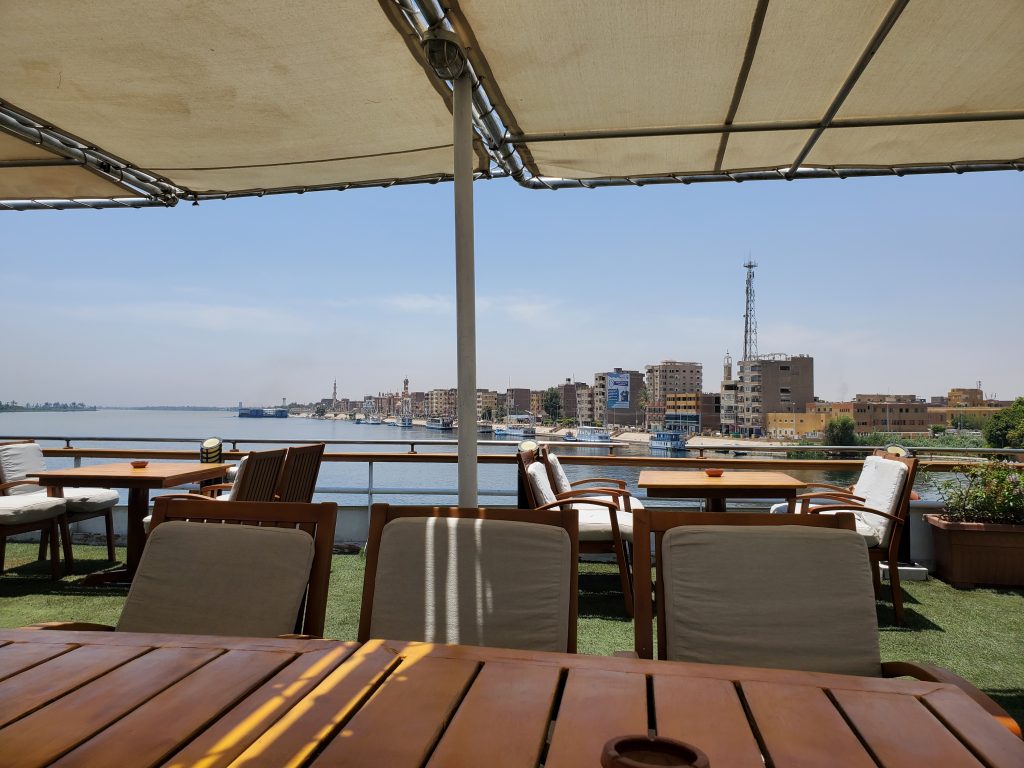
The service
About the food
Again since there were only 9 passengers, there were at least 3 servers hovering around at all times. Lunch and dinner were both 5 course meal affairs and were very prompt. We’d have a soup, and then some sort of small appetizer, a salad or “side plate” that came out with the entrée, and then a dessert. You’d be handed a menu at the start so you could “review” and tell them any substitutions or things you didn’t want… supposedly.
The food itself was… ok. I’d probably classify it around a c+ in that it was edible but not that appetizing. The descriptions of the dishes on the menu usually made it sound better than it was and most of the meats in the dishes were pretty dry. I’m also pretty sure they plated everything ahead of time so you couldn’t really ask for alterations to the dish and that’s part of what made them come out so promptly. (And either the preparation or storage may have made them predisposed to making everyone ill but it’s hard to point fingers there since stomach issues are a pretty common issue for visitors to Egypt)
About the people
Unfortunately there was also a decent language barrier when communicating things about the menu (or the staff just ignored us) We’d almost always say no salad but always got it and ended up returning it to the kitchen un eaten. That rarely raised an eyebrow but we had a solo traveler friend sit with us during meals who was experiencing stomach issues and hardly wanted to eat anything only to have them ask “why” when he said he didn’t want something like the soup or desert. I also asked for only the vegetables only from an entrée I liked and they brought out an entire second plate of everything which of course… I barely touched which got me some angry looks from the staff at that but again, I didn’t ask for a whole plate more of meat.
Other than things in the dining room, our room was always well cared for and the front door staff were friendly. We didn’t have much interaction with anyone else.
Summary
So in the end, while I would recommend doing a Nile cruise for the ease of scheduling and views, I’d recommend seeing what cruise options are available with better reviews than the MS Salacia.
